MOTION CONTROL


LINEAR MOTION
ROBOT REPORT:










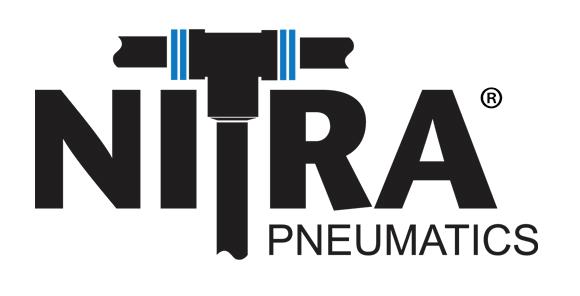




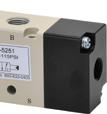
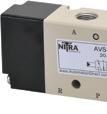





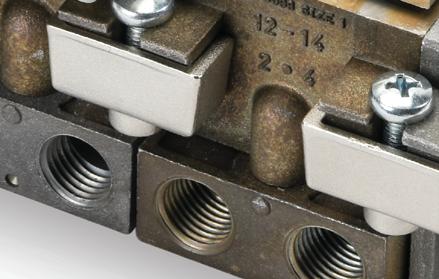



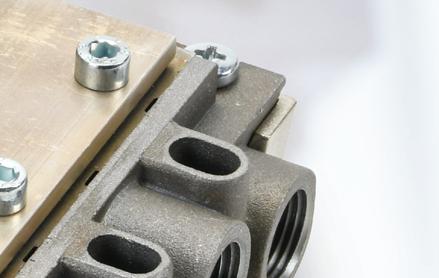

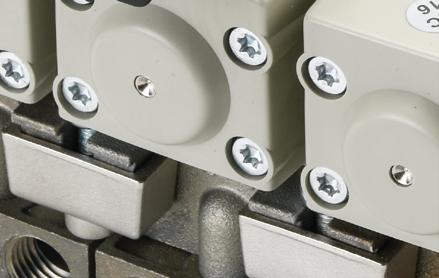







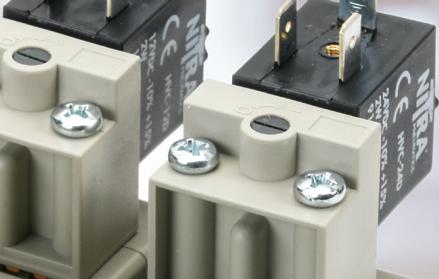
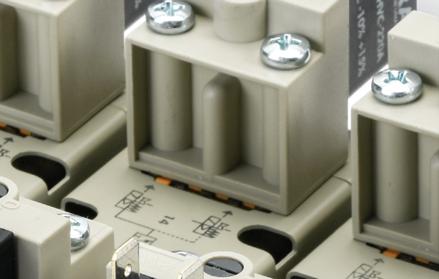
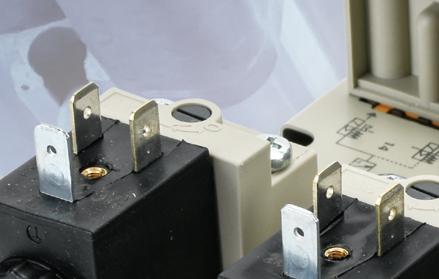








ISO 5599








































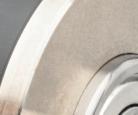








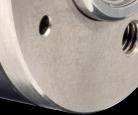





























































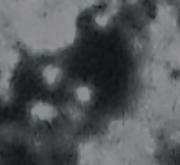








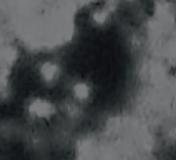
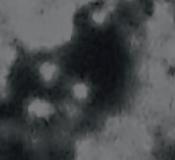


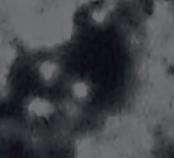
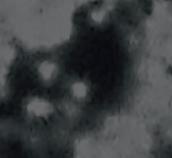

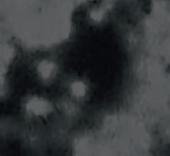
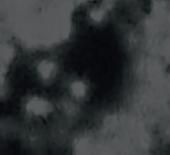










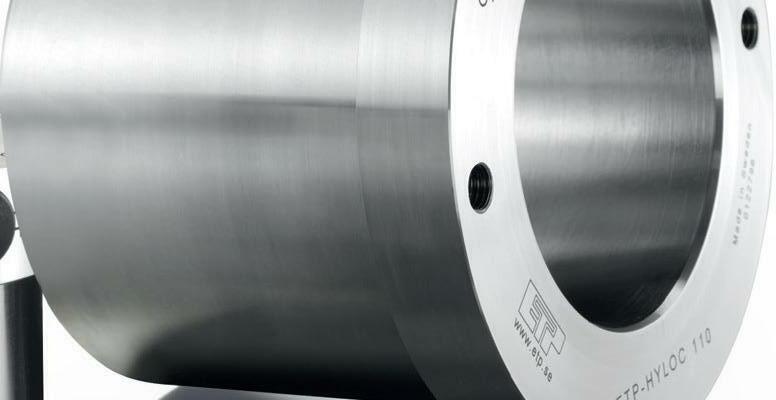
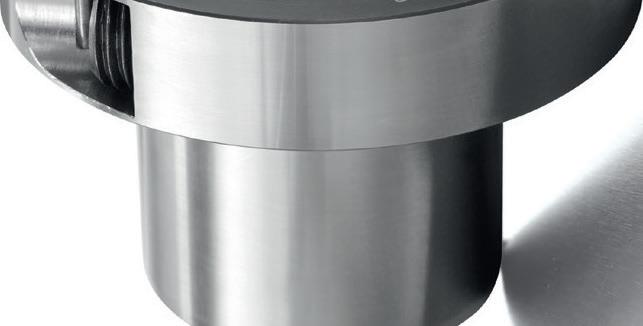

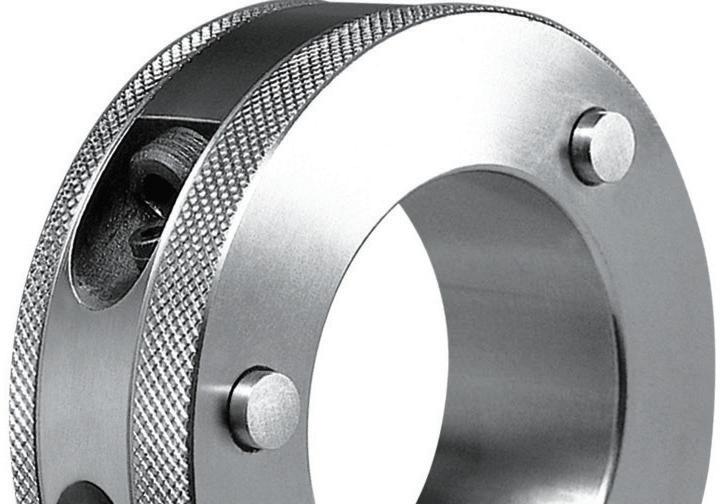



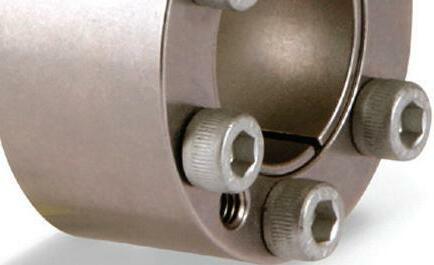
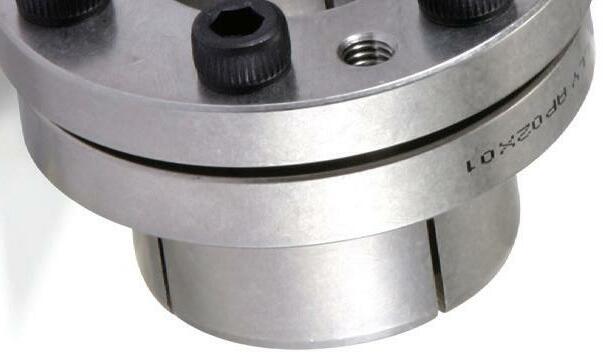
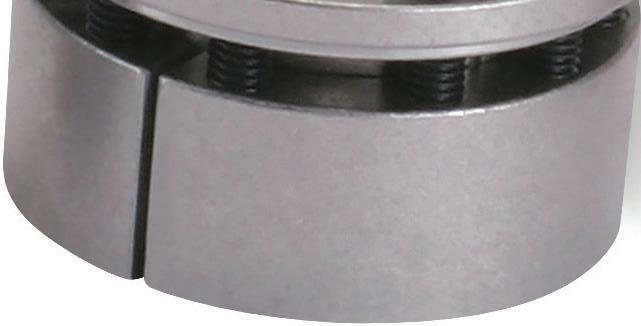

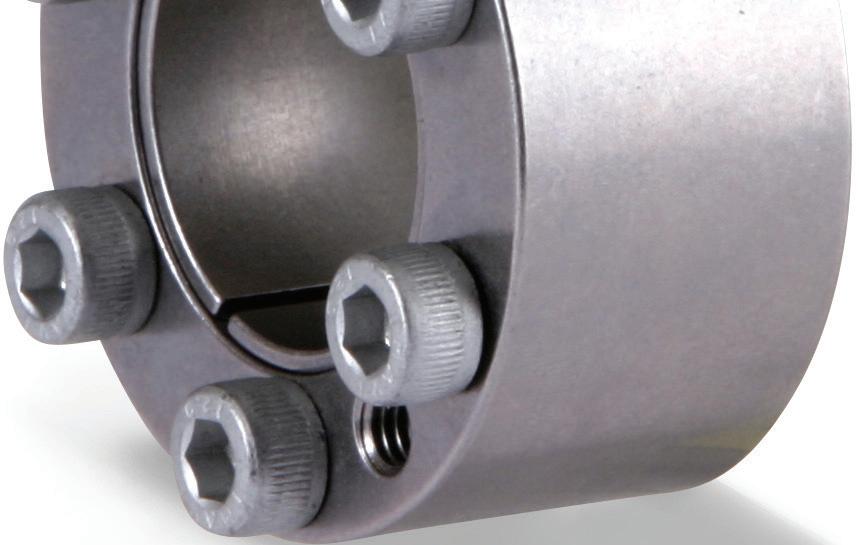



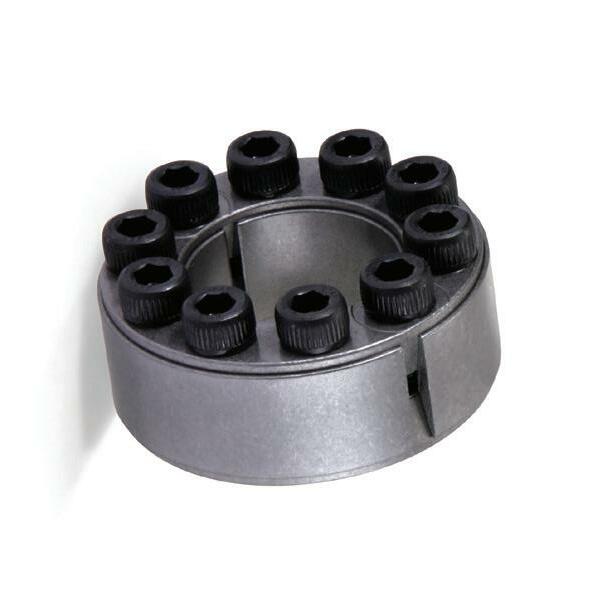
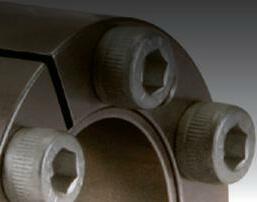
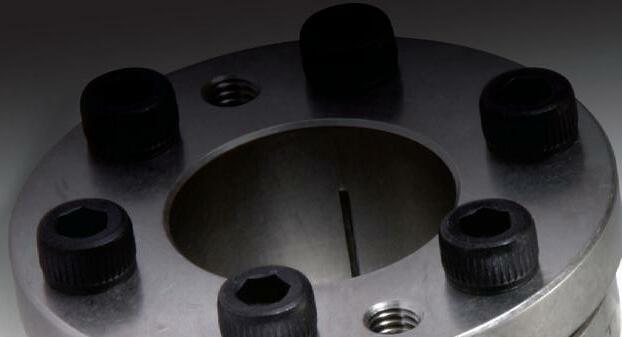

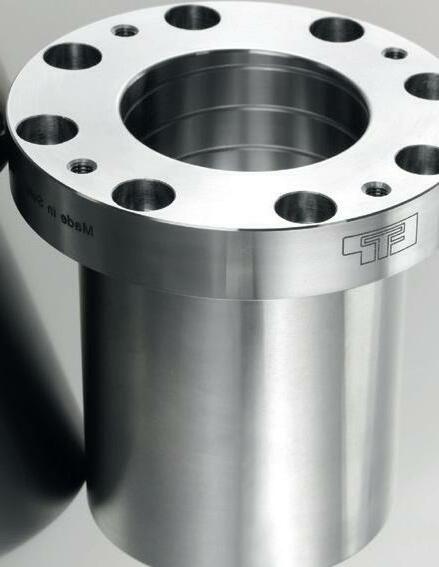

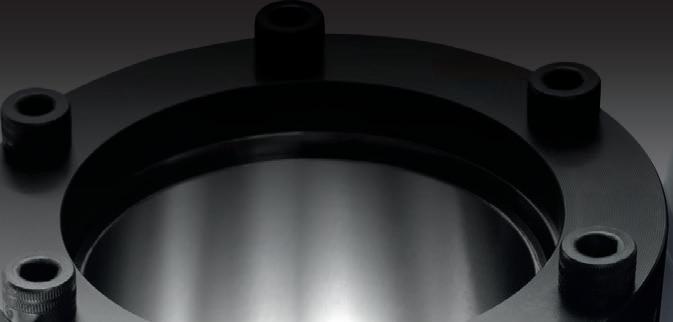


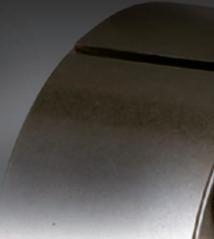

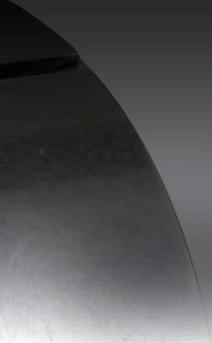









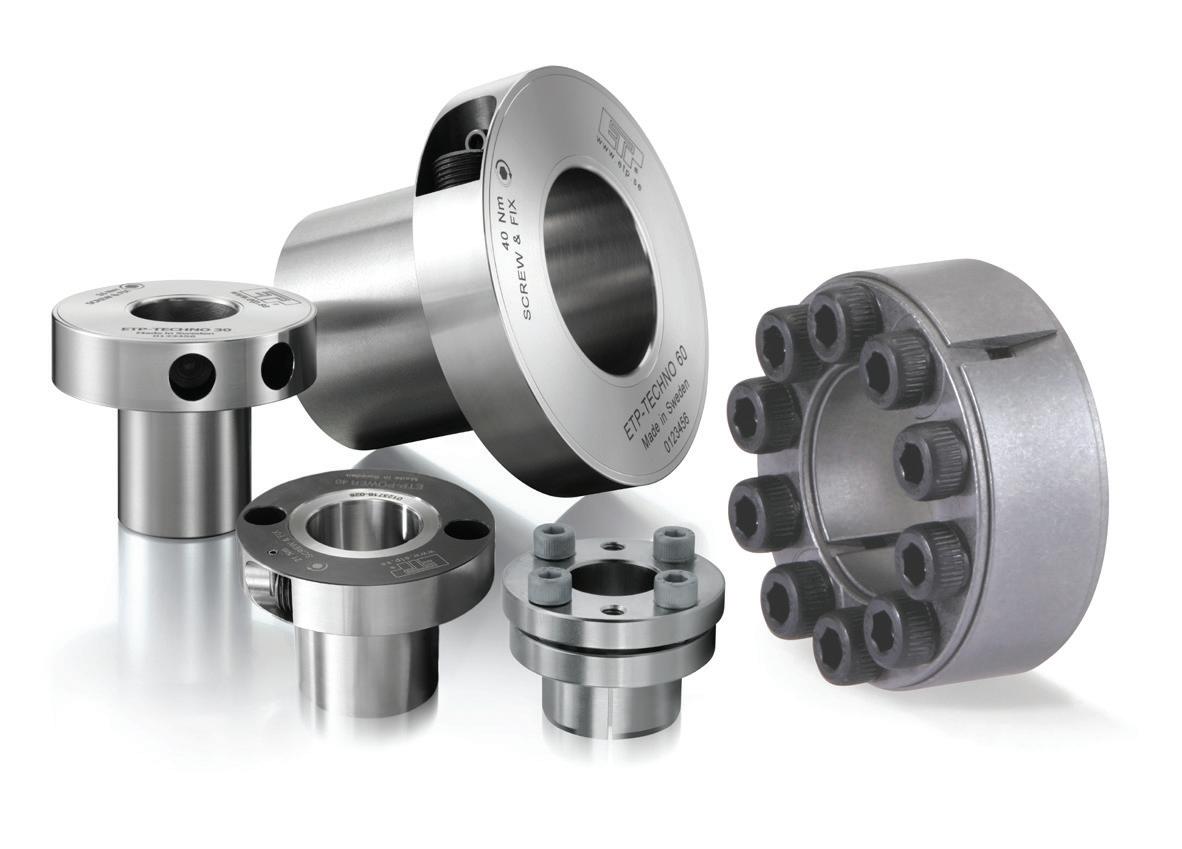
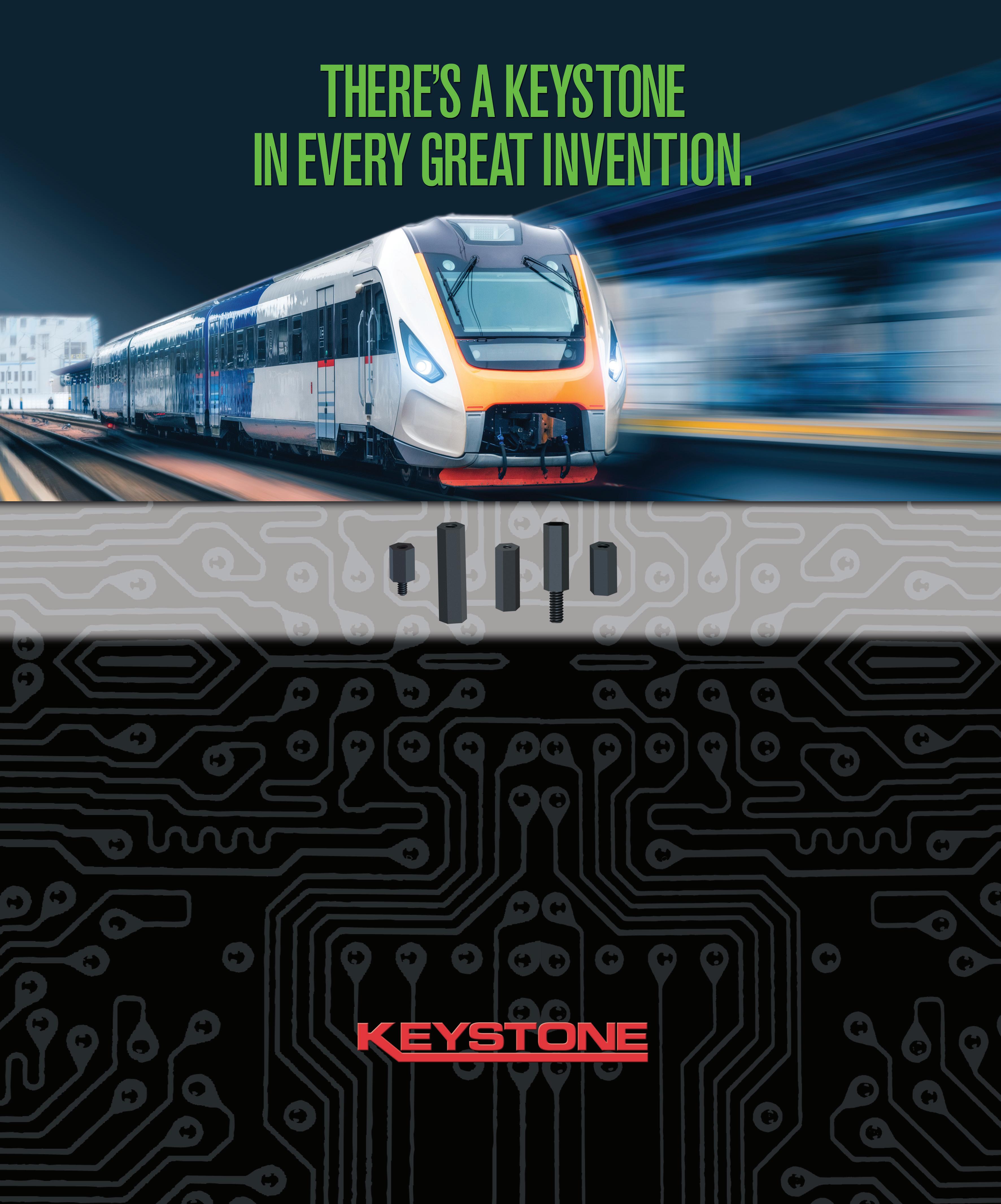





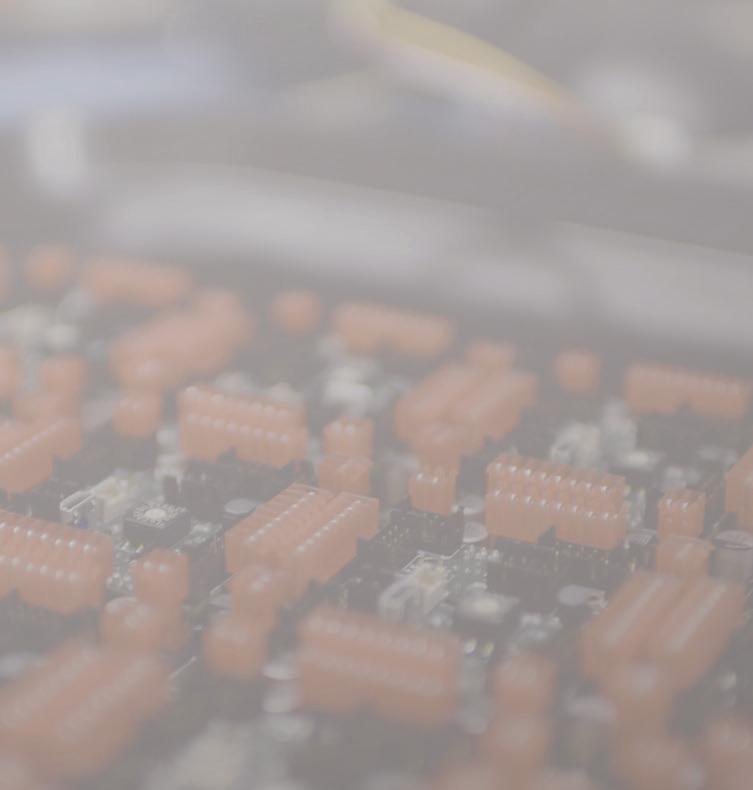




COVID-19 changed so much in the world, om losing loved ones to financial distress for individuals and businesses. It also changed a lot of things in industry — fostered innovation in pharmaceutical and vaccine science, made remote working the norm for many workers, and made Zoom meetings more of a reality for everyone. And its influence continues. At a recent NFPA conference, Donna Ritson of DDR Communications shared results om an industry survey done for the Packaging Machinery Manufacturers Institute looking at the future of robots and cobots for automation.
Ritson explained that COVID is still driving a lot of decisions and changes in manufacturing.
“In general, it’s driving more automation. In an independent study we conducted, about a third of the people participating had already implemented robots and cobots in new technology,” she said.
Robot experts are also looking for functional improvements needed for the greater adoption of pneumatics in robots and cobots, such as the ability to move heavier objects and more seamless integration of pneumatic controls.
“We’re talking about less programming and more teachable operations, and integration of those pneumatic controls into the cobot, the regulators and the valves, the feedback loops to achieve a more plug and play compatibility,” she said. “And plug and play is something that we definitely hear about; it is desirable because that decreases the need for programming. The industry is looking for a broader range of solutions om pneumatics and cobots and robots.”
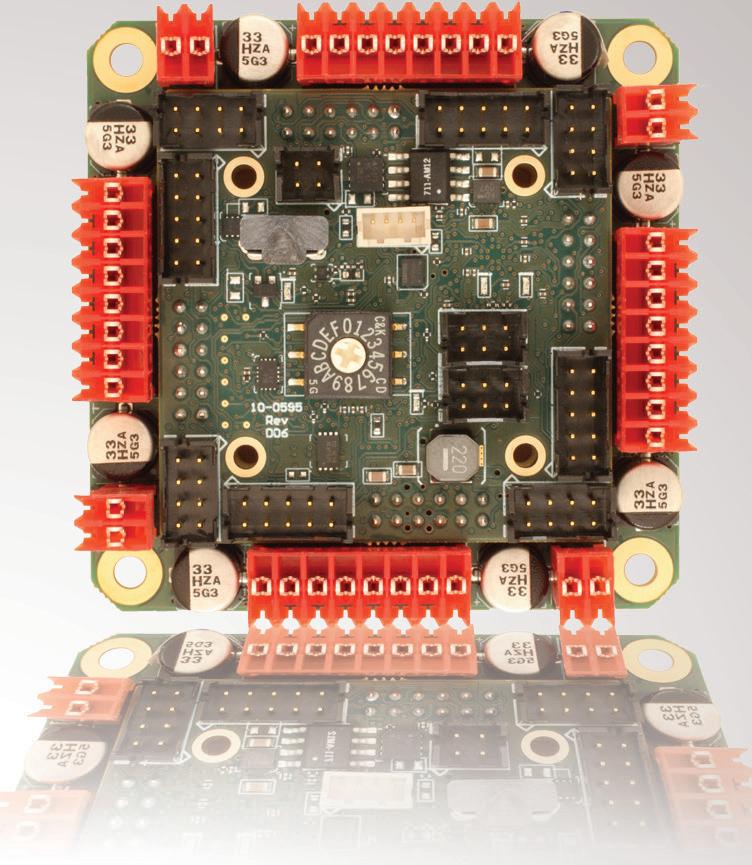
From a spending perspective, Ritson’s data shows that more than half of the companies surveyed plan to spend more in the next decade on robots, cobots, and automation than they had in the past 10 years. The spending level is increasing — they know they need this type of automation, as labor will remain di cult to find.
“Companies are expecting their suppliers to provide a solid business case,” she said. “They’re saying, ‘Give us the reasons why robots and cobots will help us improve our operations.’ You may have to conduct a plant audit, go into their facilities, and help them find the applications that they need to improve. Where is labor lacking, and how can automation be part of that?”
The main challenge for integrating robots and cobots lies in the questions of where to put them, where can productivity be improved, and where can the best e ciency be added.
While COVID has helped push us faster in this direction, we need to actively think about these issues, whether we’re building the robots and cobots — or whether we’re going to be using them in our own manufacturing facilities. Either way, the future is coming, faster and faster. DW
Paul J. Heney Director
Director












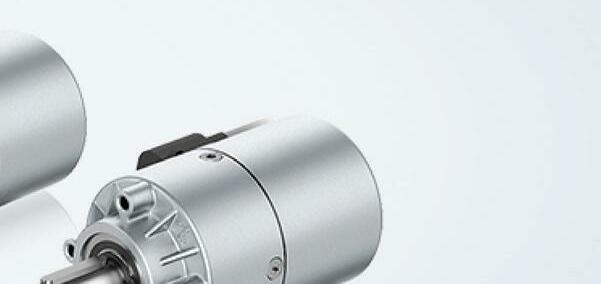


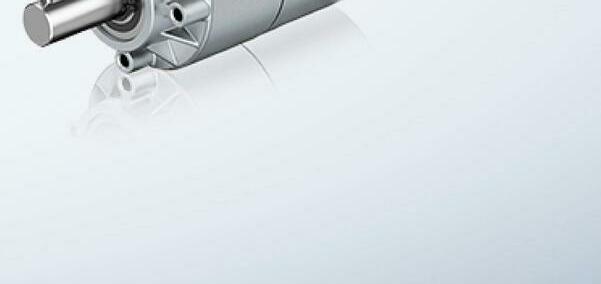




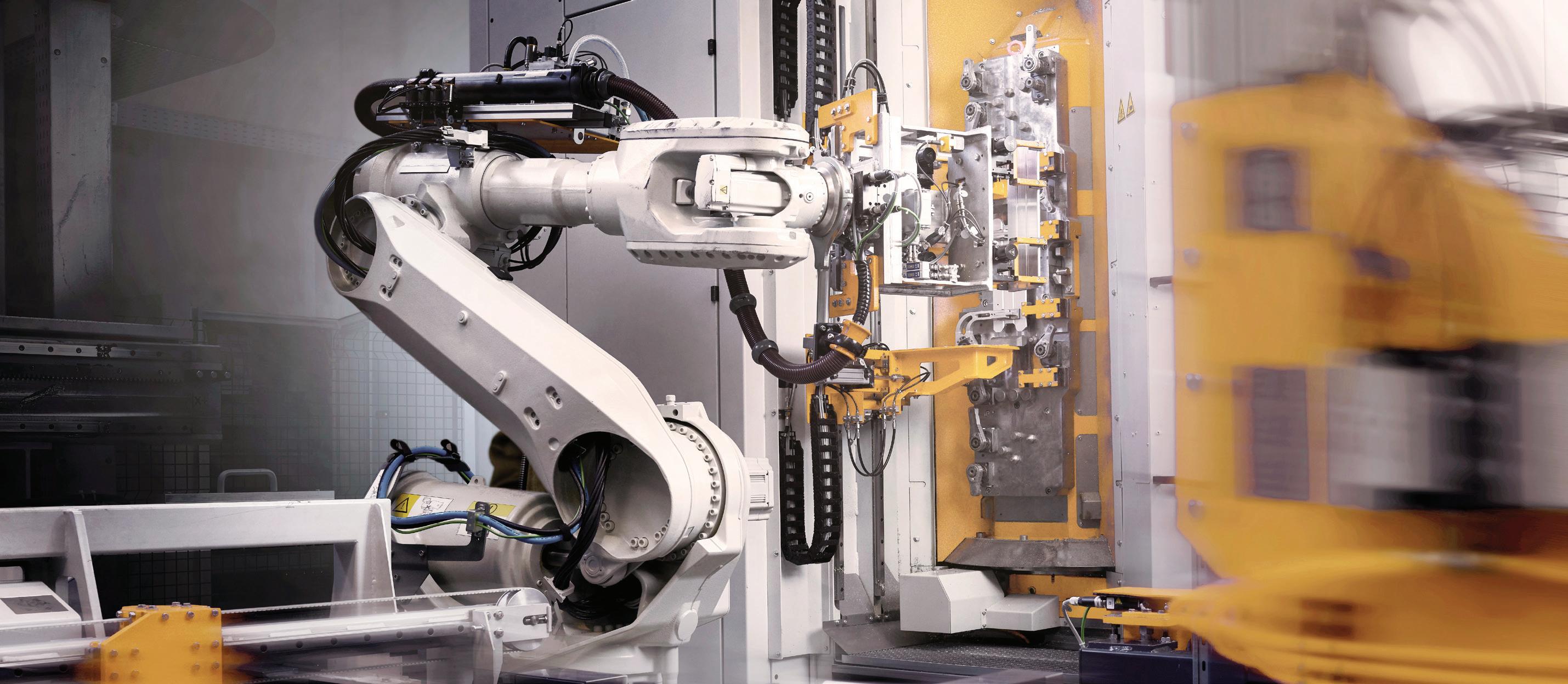















There was a brouhaha a few months ago about a patent granted to Tupolev, a major Russian military aircra maker. The patent covers an aircra engine intake. The intake itself wasn’t all that interesting, but what got a lot of comments among aircra aficionados was the patent drawing of the aircra carrying the engine intake. Speculation is that the drawing was meant to be a Tupolev subsonic bomber called the PAK DA.
The PAK DA is said to be Russia’s answer to the B-21 Raider, a stealth bomber being developed to replace the Air Force’s aging B-1, B-2, and B-52 bomber fleet. Builder Northrop Grumman says the Raider will be able to penetrate enemy air defenses anywhere, hit targets, and return safely home, something 90% of the USAF’s current bomber fleet can’t do.
Surprisingly, Russia’s plans for the PAK DA have been public for quite a while. It’s development program started in 2007 and has progressed in fits and starts apparently because of wide swings in the price of oil, which Russia exports. Russian o cials have said the PAK DA would be a flying wing able to fly 9,300 miles without refueling. They’ve also said some of its weapons would be the same as those on the Tu-160 Blackjack, a Russian bomber in production since 1987.
Aircra industry watchers have been trying to divine additional details about the PAK DA om the




engine intake patent. The patent itself is available online in the original Russian. It’s only five pages long. Unlike most U.S. patents, it lacks a section that outlines the prior art behind the invention. It’s well known that stealth aircra use complex S-shaped intakes to hide the spinning jet engine blades om enemy radar.
Also known is that engine intakes must prevent slow-moving boundary layer air coming off the air ame om entering the jet engine and hampering performance. But there is no mention of any such factors in the Russian patent. So it isn’t clear what’s patentable in the air intake the Russians describe.
The ambiguous nature of the patent hasn’t stopped speculation about the bomber that will carry the intake. Some observers suggest the drawings depict an air ame design that’s less stealthy than the B-2, especially when viewed om the rear and below. Time will tell, but absent om the speculation is how any kind of stealth features will fare given the advances in radar technology now on the drawing board.

One such development om the Los Alamos National Lab recently won an R&D 100 award and involves launching electromagnetic waves via accelerated polarization currents. The polarization current is generated by applying an electric field to a dielectric so that negative and




positive charges in the material move small distances in opposite directions, creating electrical polarization. This polarization can be made to move through a series of dielectrics at faster than the speed of light—the sequentially moving patterns don’t possess mass so they are aren’t bound by the speedof-light limit. When this happens, a special kind of electromagnetic radiation is emitted. It is tightly focused and can contain information that is almost impossible to spoof.
Developers say the main application for this technique is likely to be in 5G communications, thanks to the high privacy implications. But it’s not hard to read between the lines of their proposal and realize that they may be outlining a new kind of radar that can’t be defeated or fooled by using conventional methods.



If polarization current radar comes to uition, it will be one less arrow in the quiver of stealth designers. DW
















































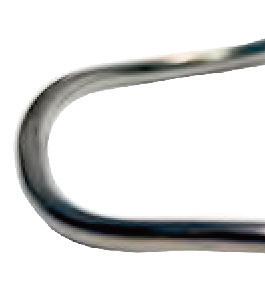























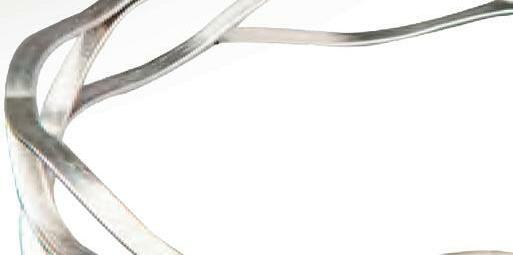

























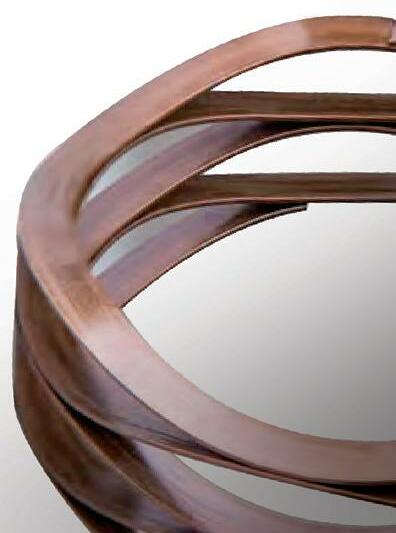


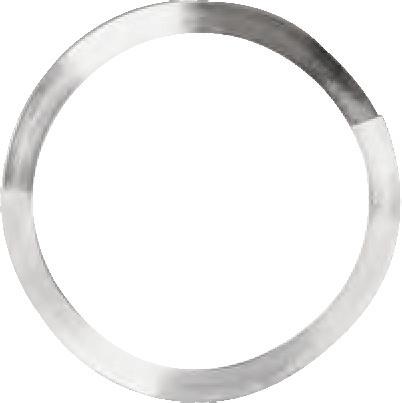



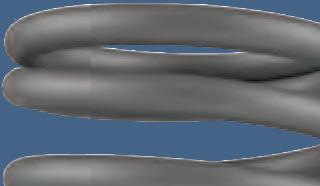
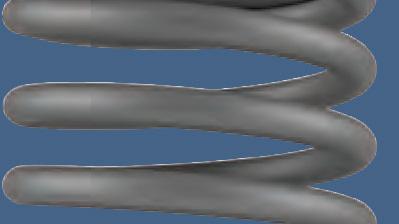
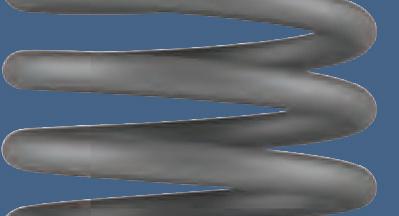
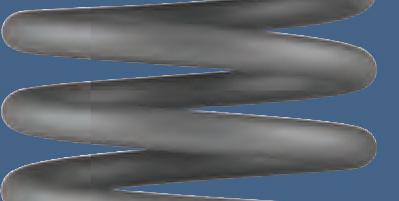
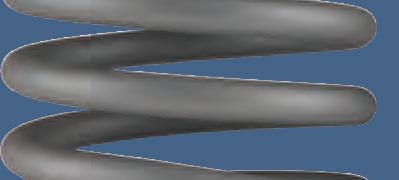

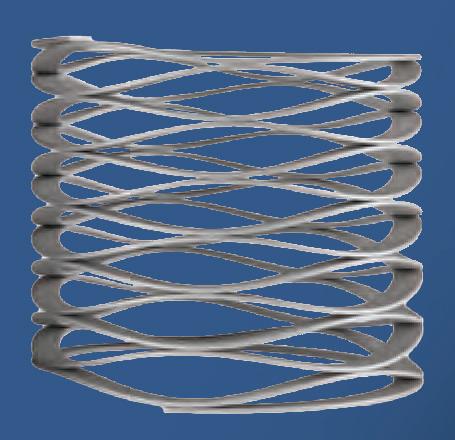
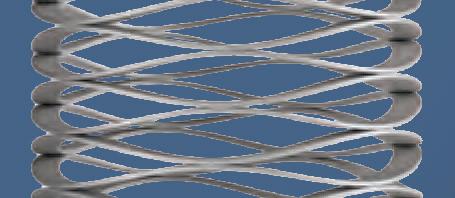

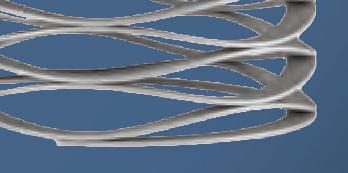



















It’s no longer a question of if additive technology will be used within manufacturing processes. It’s now a question of how soon will additive equipment be a normal part of manufacturing? Already, additive technology is installed in a number of manufacturing facilities, working alongside and with more traditional manufacturing technologies.
In addition, additive technology is leading the shi into digital manufacturing. Because of the pandemic’s disruption of the supply chain, more decision makers saw how additive to help minimize that disruption. The ability to design a part through CAD, send the design into the cloud to be picked up by another system half-way around the world and produced there on additive equipment has helped accelerate the shi to digital manufacturing.
As the shi to digital proceeds, there are gaps in having a smooth production line om initial product to final shipped product. But the industry is focusing on those gaps and developing solutions. Thus, the next major area of focus within the additive industry is the development of an ecosystem to smooth production flow and deliver additive’s unique needs and capabilities to a manufacturing production line.
Much of this ecosystem will involve production flow so ware. Nearly all additive vendors either offer some type of so ware or are developing it.
Another major trend in the additive industry involves materials. From polymers to metals, additive companies are partnering with material developers to offer a wider range for additive manufacturing. One area of focus is developing materials that, through additive technology, achieve the quality and surface finish of injection molded parts. Another area of focus is developing a greater range of high-performance materials. You’ll find materials that offer a range of strengths, that can handle high temperatures beyond 100 C, for example, and that are less brittle at such high temperatures. You’ll also see more materials come out that compete with traditional injection molding materials. One drawback of a number of materials specifically for additive is their inability to handle the high temperatures that can be found in injection molding. Vendors are developing materials to accommodate those temperatures.
And, of course, more companies are quali ing materials for use on metal additive systems.


















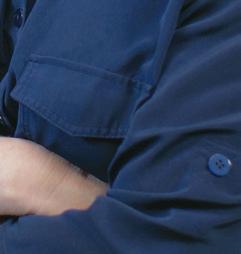



The ASTM International recently established a Consortium on Materials Data & Standardization. Contributing to this consortium will be a new U.S. National Science Foundation (NSF) research project to Southern University, Louisiana State University, and Auburn University. The newly funded $4 million NSF EPSCoR award is to conduct research on rapid qualification for additively manufactured (AM) critical components used in such industries as aviation, space, and medical.
Finally, mergers and partnerships will continue. These business deals are less about fierce competition and more about building the needed ecosystem to help additive take its place within manufacturing. DW






























































































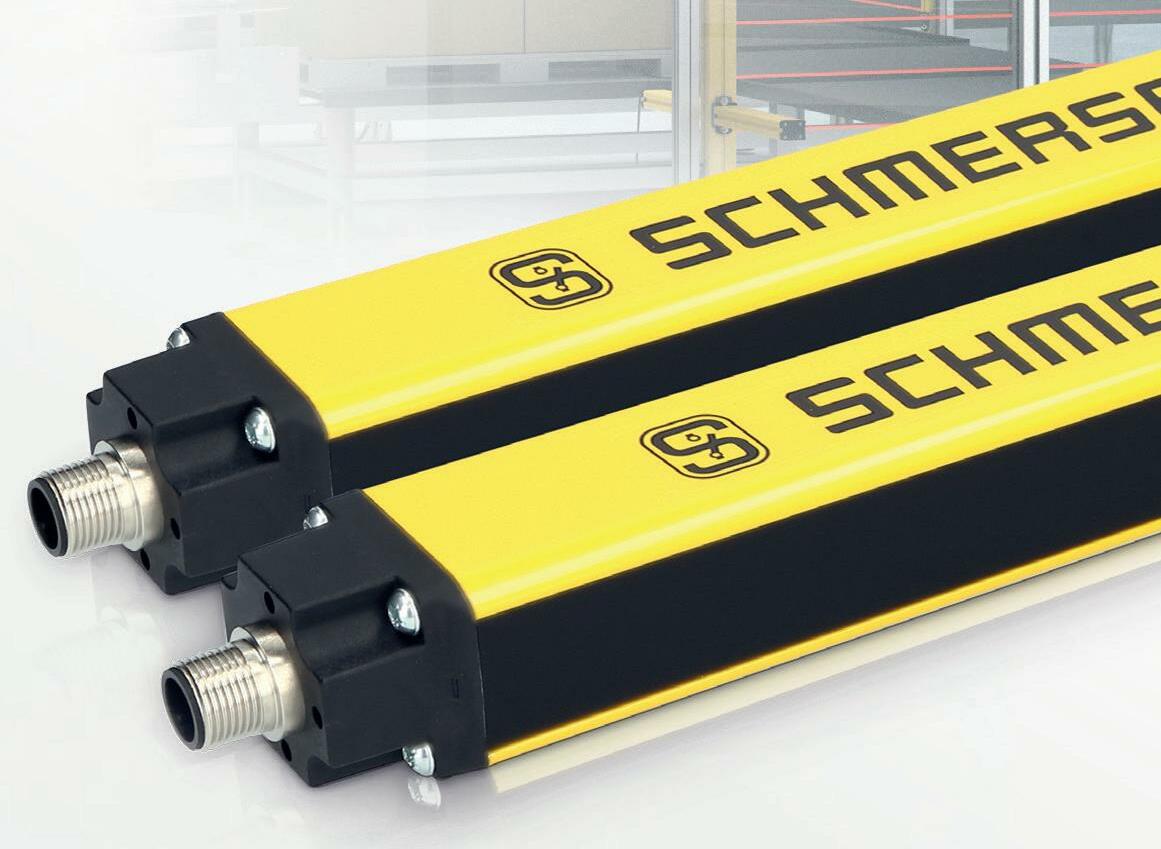















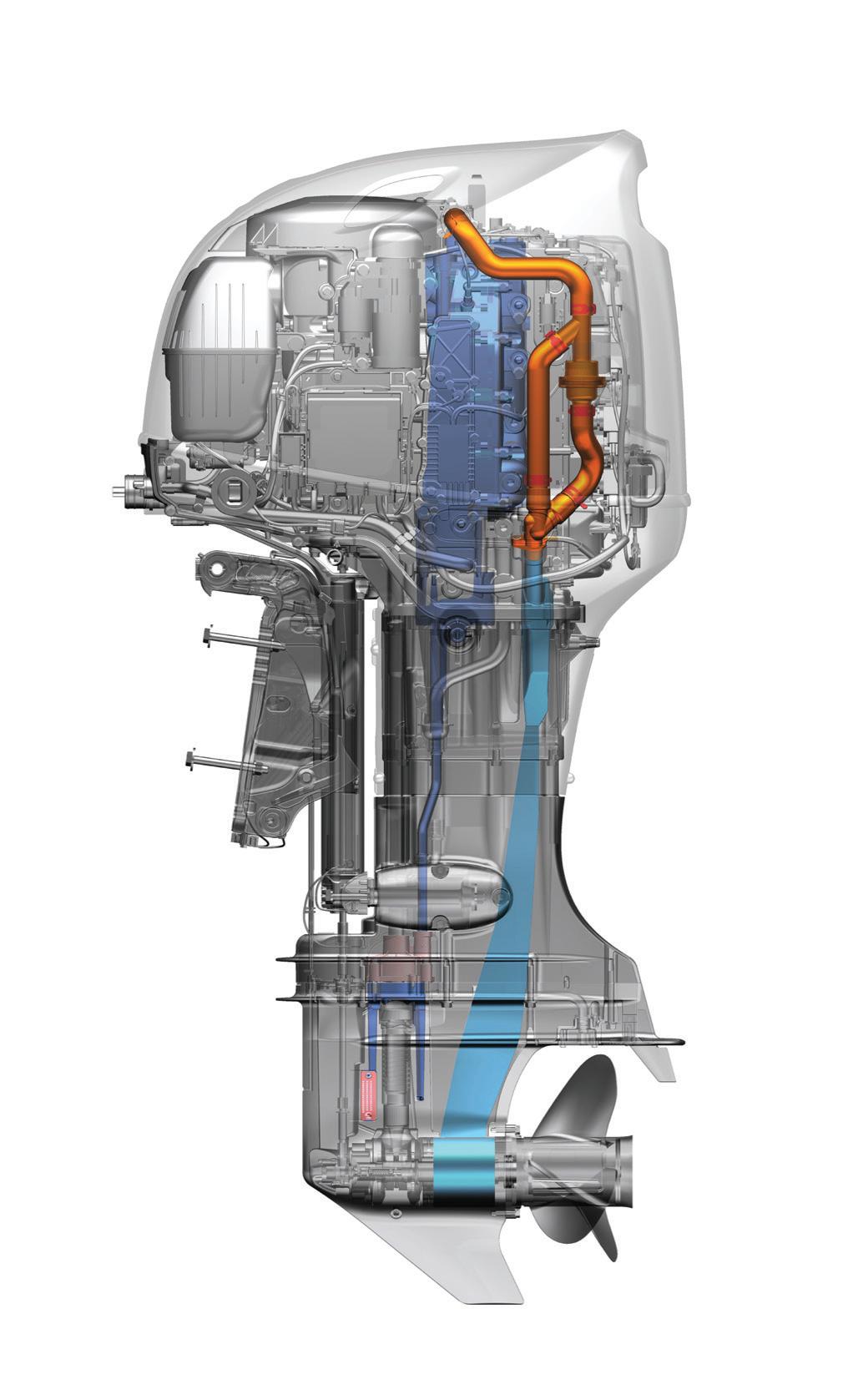 Paul J. Heney • VP, Editorial Director
Paul J. Heney • VP, Editorial Director
Suzuki Motor Corp. has started rolling out its innovative new microplasticcollecting device as a standard part in four of its midrange outboard motors. The DF115B, DF115BG, DF140B, and DF140BG motors will now feature the microplastic-collecting device and will be shipped worldwide — including to major markets such as North America and Europe.
The amount of plastic waste that flows into the oceans has become a significant environmental problem. Moreover, microplastics that are further crushed in the natural environment have a massive impact on ecosystems. To tackle these issues, Suzuki announced the development of a microplasticcollecting device in October 2020. By installing this device on outboard motors, microplastics near the water’s surface can be collected simply by running the engine.
A er the announcement, monitoring surveys were conducted in 14 countries around the world, including Japan, the United States, and Europe. As a direct result of these initial tests, improvements were made to prepare the device for the rollout.
The installation of this device on outboard motors is one of the three activities that form the “Suzuki Clean Ocean Project,” which is the company’s commitment to address the marine plastics issue:
This is a volunteer waterside clean-up campaign run by Suzuki Group employees and Partners that began in 2011. As of March 2022, 53 distributors and more than 10,000 people worldwide have participated — and the company plans to continue and expand this activity.
2. Reduce plastic packaging
Suzuki aims to reduce the plastic packaging for outboard motors and genuine parts under key considerations:
• Can we stop using it?
• Can we reduce the amount?
• Can we replace it with materials of less environmental impact?
Since October 2020, Suzuki has avoided using over 11 tons of plastic packaging — and the aim is to further reduce plastics by increasing the number of applicable products and genuine parts.
3. Collect marine-plastic waste
Suzuki aims to facilitate further improvement of the marine environment and therealization of a sustainable society by continuing the microplastic-collecting device rollout and promoting the Suzuki Clean Ocean Project, along with its customers all over the world.
“The rollout of the new microplastic-collecting device is another great step forward for Suzuki,” said Mark Beeley, Head of Marine and ATV. “We have been talking to boaters about this unique innovation at shows and events since it was announced as a concept — and it has been incredibly well received. We can’t wait to see the first outboards with it fitted as standard to be sold to customers in the U.K.”
Suzuki Motor Corp. www.suzuki.com
Imitation is easy. Innovation is hard work.
Leighton Lee II was an innovator. He founded our company on that spirit, and it’s how we solve tough problems today. Every product you see here—from miniature check and relief valves to shuttle valves, flow controls, precision orifices and plugs—was developed to solve a customer’s fluid control challenge. Since 1948, we’ve been delivering engineered solutions for a wide variety of demanding applications. We have the experience, product breadth, and technical know-how to provide engineered performance, with zero risk. Don’t let an imitator ruin your day—or your design. Contact us today to put our knowledge to work for



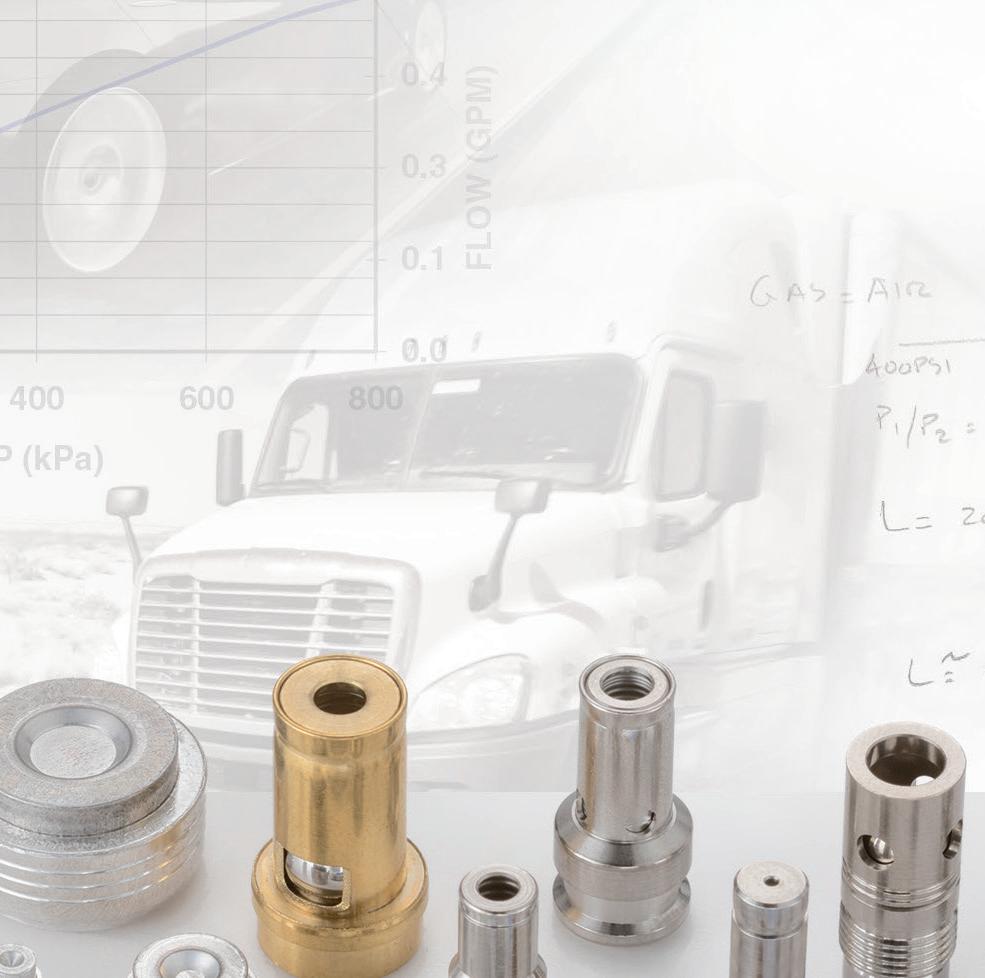
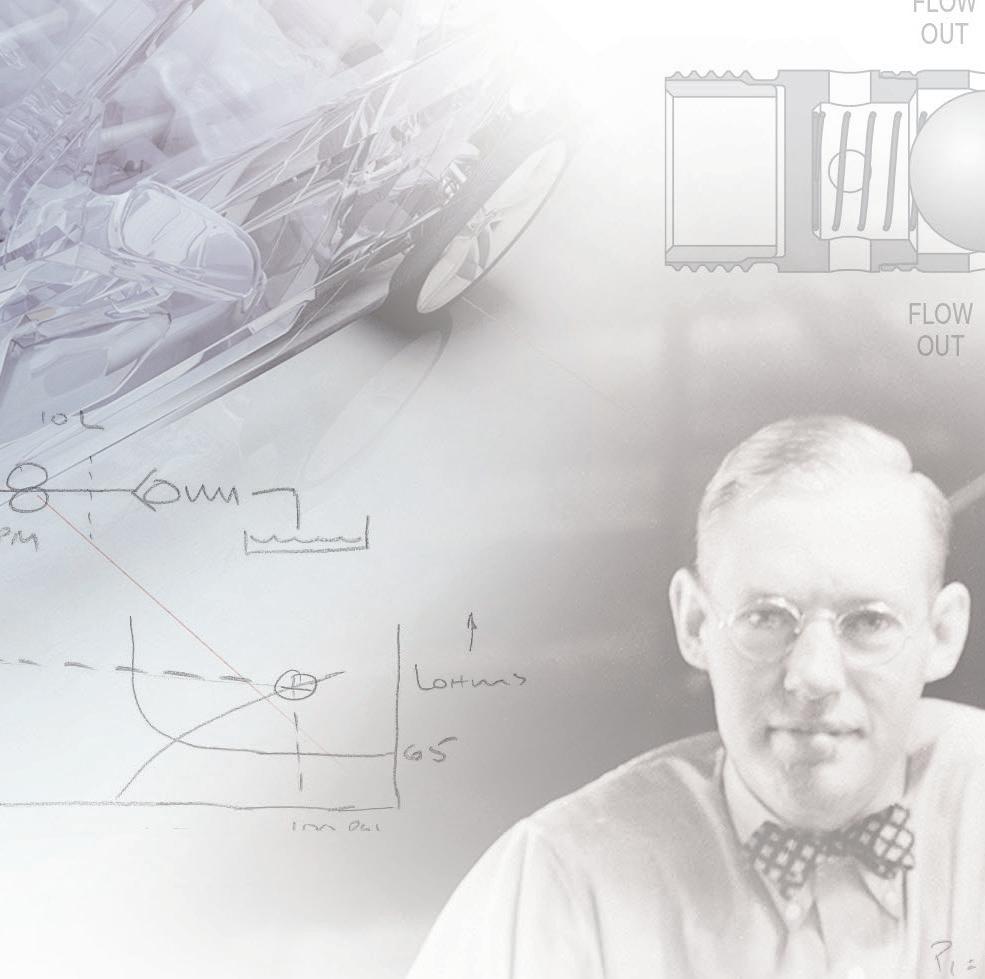


Focus on embedded motion control Di ering definitions of embedded motion control reveal how each term is typically used and what it means for motion control and machine designers.










Linear guides, cam followers, and crossedroller bearings can satisfy the demanding requirements for space-flight hardware.
In the engineering world, 3D scanners were mainly used for reverse engineering. Now, researchers are putting the technique to use in new ways, such as creating objects with unusual shapes. Even your smartphone can act as a pretty good 3D scanner.











Tilting pad journal bearings are used in turbomachinery like turbo compressors, turbo gears, gas turbines, or steam turbines. Demand for bearings with increased load carrying capacity or power density is growing. Certainly, this goal must be achieved without an impairment of bearing functionality and operational reliability.










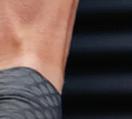

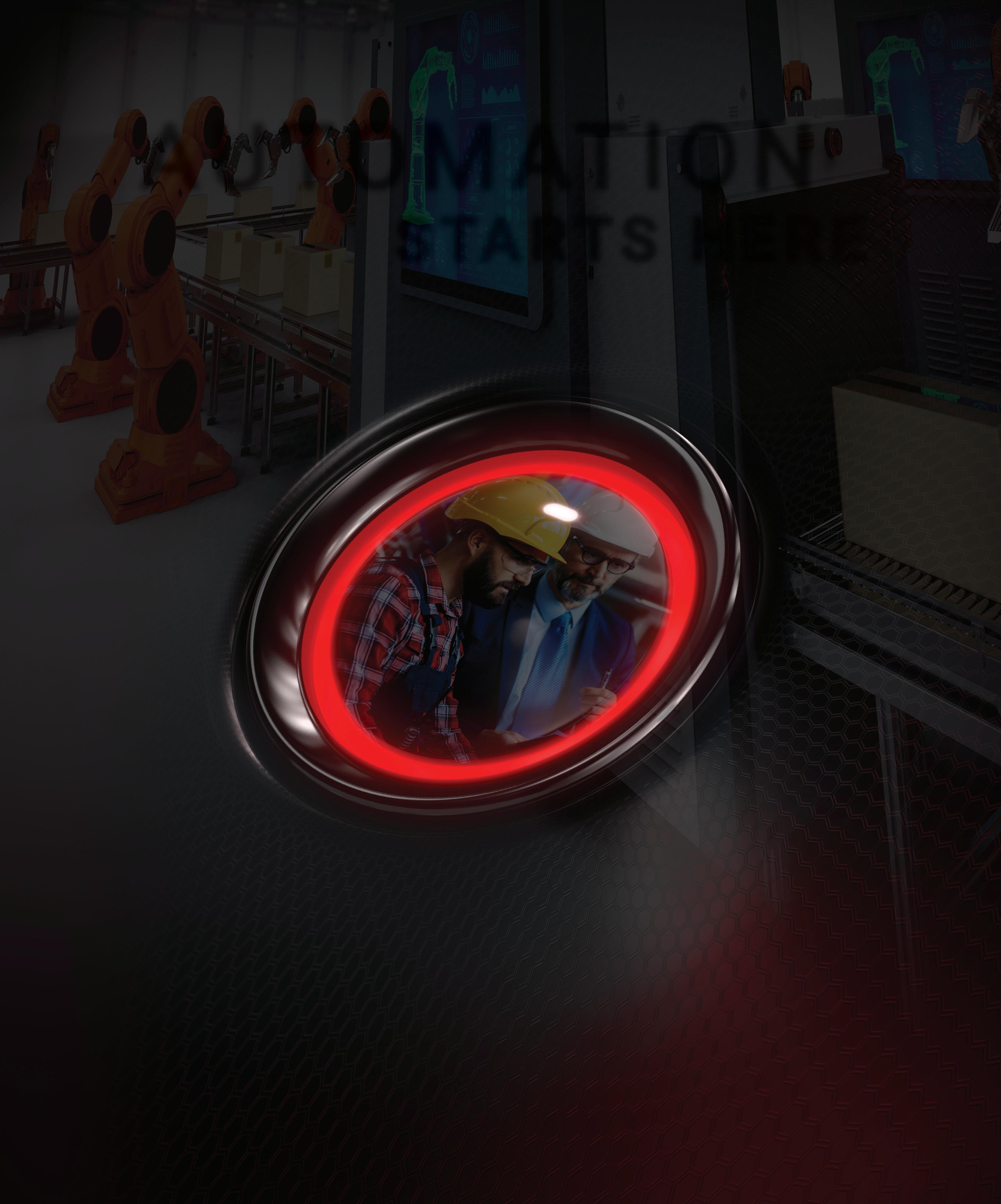








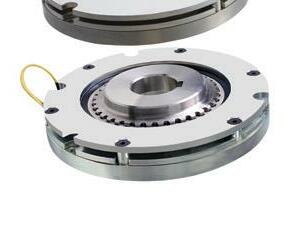
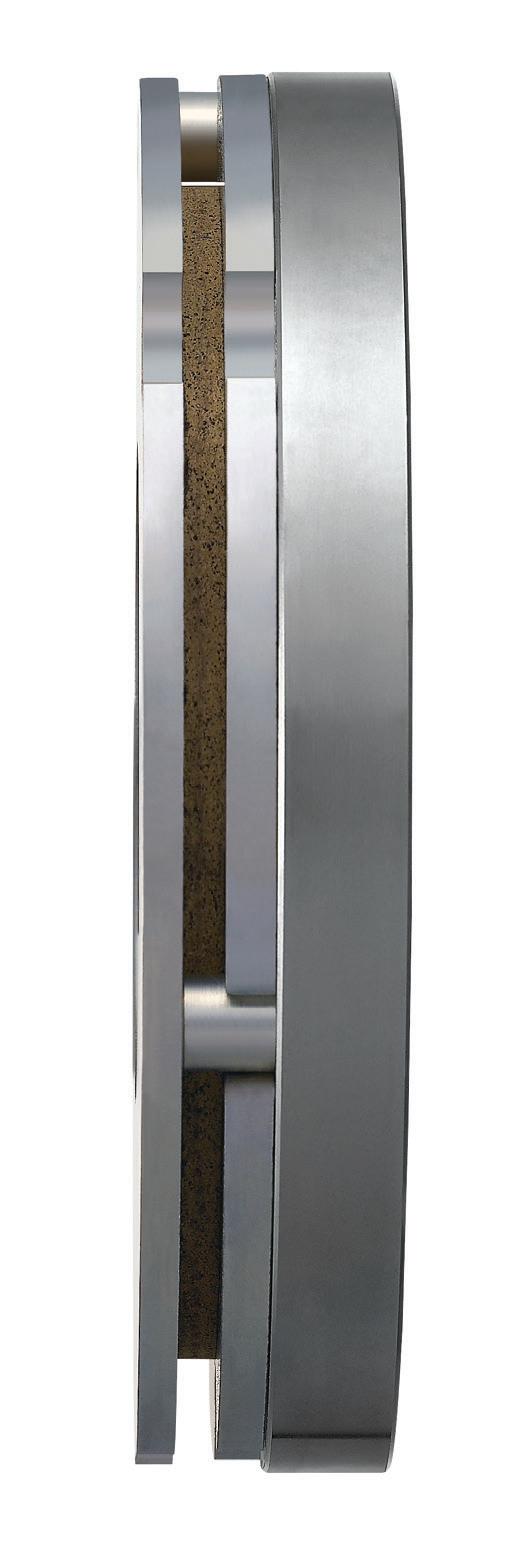



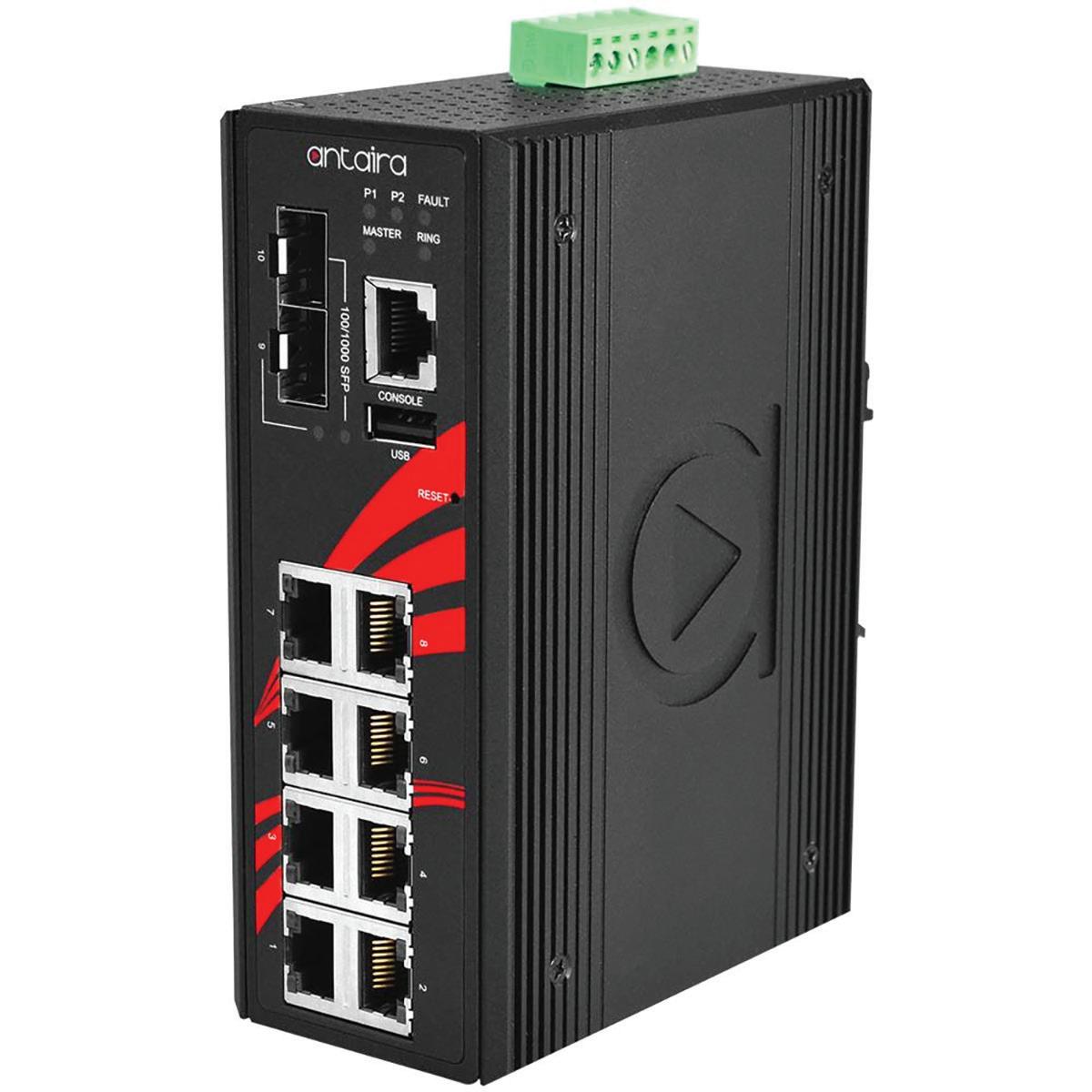
EDITORIAL
VP, Editorial Director
Paul J. Heney
pheney@wtwhmedia.com @wtwh_paulheney
Managing Editor
Mike Santora msantora@wtwhmedia.com @dw_mikesantora
Executive Editor
Leland Teschler
lteschler@wtwhmedia.com @dw_leeteschler
Executive Editor
Lisa Eitel
leitel@wtwhmedia.com @dw_lisaeitel
Senior Editor
Miles Budimir
mbudimir@wtwhmedia.com @dw_motion
Senior Editor
Mary Gannon mgannon@wtwhmedia.com @dw_marygannon
Senior Editor
Rachael Pasini rpasini@wtwhmedia.com
Associate Editor

Heather Hall hhall@wtwhmedia.com @wtwh_heathhall

Senior Contributing Editor
Leslie Langnau llangnau@wtwhmedia.com @dw_3dprinting
VP, Creative Services


Mark Rook
mrook@wtwhmedia.com @wtwh_graphics
Senior Art Director
Matthew Claney mclaney@wtwhmedia.com @wtwh_designer
Senior Graphic Designer
Allison Washko awashko@wtwhmedia.com
@wtwh_allison
Graphic Designer
Mariel Evans mevans@wtwhmedia.com @wtwh_mariel
Director, Audience Development
Bruce Sprague bsprague@wtwhmedia.com
WEB DEV / DIGITAL
OPERATIONS
Web Development Manager
B. David Miyares dmiyares@wtwhmedia.com @wtwh_webdave
Senior Digital Media Manager

Patrick Curran pcurran@wtwhmedia.com @wtwhseopatrick
Front End Developer
Melissa Annand mannand@wtwhmedia.com
Software Engineer
David Bozentka dbozentka@wtwhmedia.com
VP, Digital Marketing Virginia Goulding vgoulding@wtwhmedia.com @wtwh_virginia
Digital Marketing Manager Taylor Meade tmeade@wtwhmedia.com @WTWH_Taylor
Digital Marketing Coordinator
Jill Bresnahan jbresnahan@wtwhmedia.com @WTWH_Jill
Webinar Coordinator
Halle Sibly hkirsh@wtwhmedia.com
Webinar Coordinator


Kim Dorsey kdorsey@wtwhmedia.com
EVENTS Events Manager
Jen Osborne josborne@wtwhmedia.com @wtwh_jen
Events Manager
Brittany Belko bbelko@wtwhmedia.com
Event Marketing Specialist
Olivia Zemanek ozemanek@wtwhmedia.com
VIDEO SERVICES
Video Manager
Bradley Voyten
bvoyten@wtwhmedia.com @bv10wtwh
Garrett McCafferty gmccafferty@wtwhmedia.com
PRODUCTION SERVICES
Customer Service Manager
Stephanie Hulett shulett@wtwhmedia.com
Customer Service Representative
Tracy Powers tpowers@wtwhmedia.com
Customer Service Representative JoAnn Martin jmartin@wtwhmedia.com
Customer Service Representative
Renee Massey-Linston renee@wtwhmedia.com
Customer Service Representative Trinidy Longgood tlonggood@wtwhmedia.com
Digital Production Manager
Reggie Hall rhall@wtwhmedia.com
Digital Production Specialist Nicole Johnson njohnson@wtwhmedia.com
Digital Design Manager
Samantha King sking@wtwhmedia.com
Marketing Graphic Designer
Hannah Bragg hbragg@wtwhmedia.com
Digital Production Specialist
Elise Ondak eondak@wtwhmedia.com
FINANCE Controller
Brian Korsberg bkorsberg@wtwhmedia.com
Accounts Receivable Specialist

Jamila Milton jmilton@wtwhmedia.com


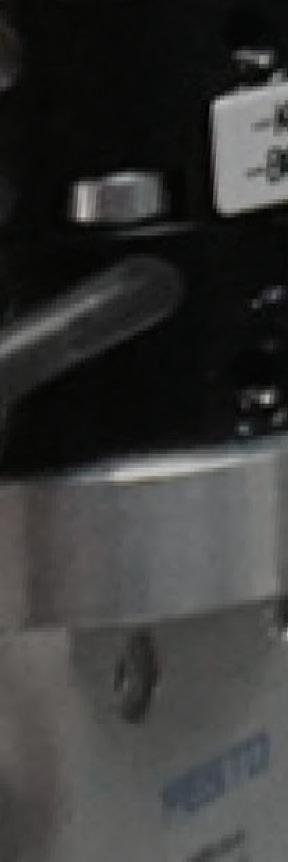







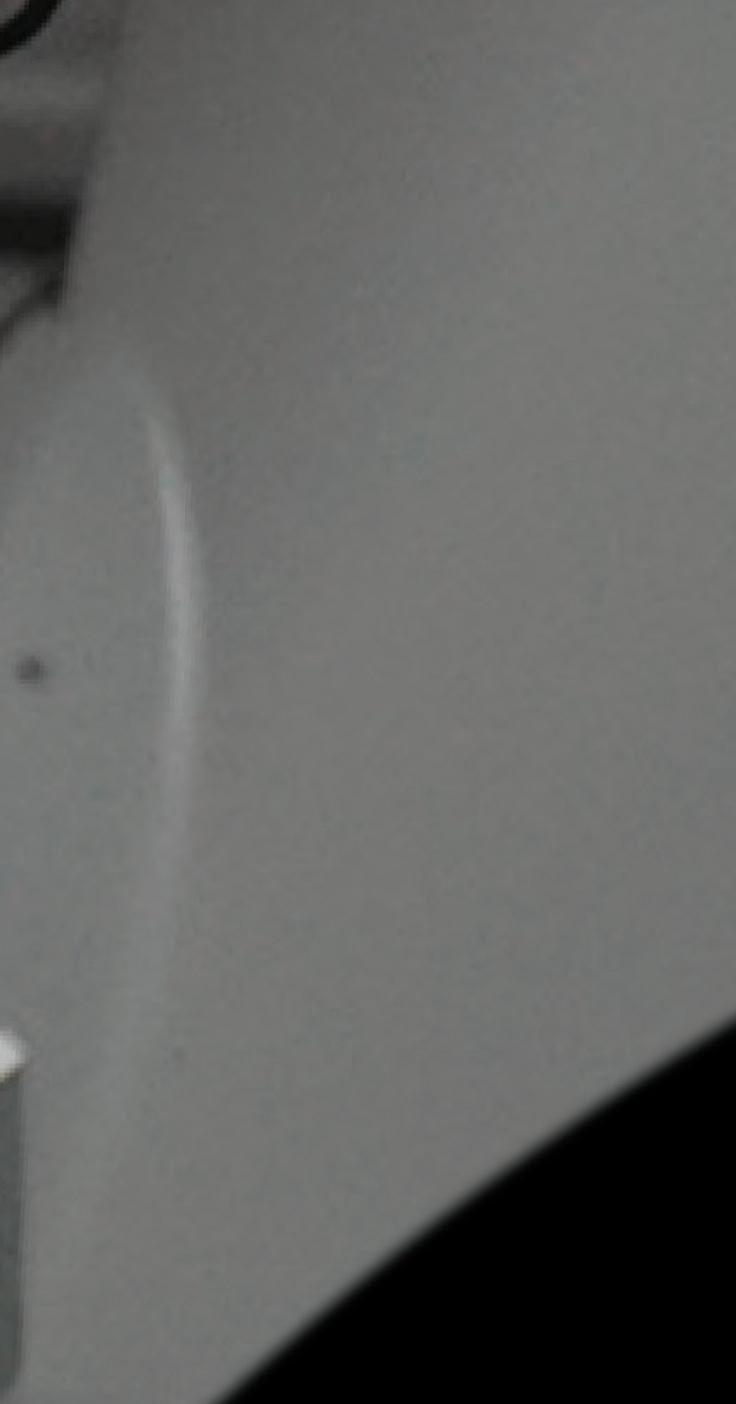


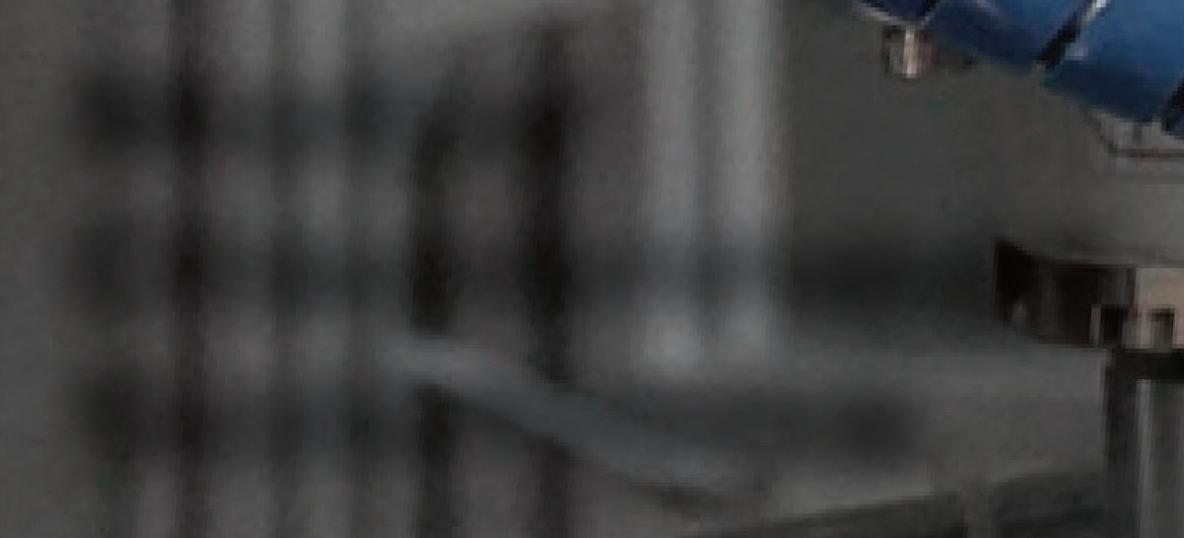







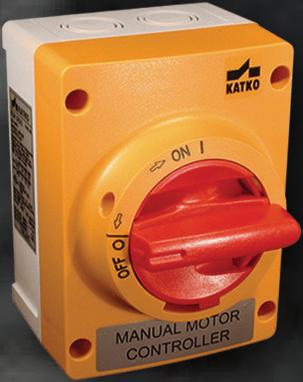





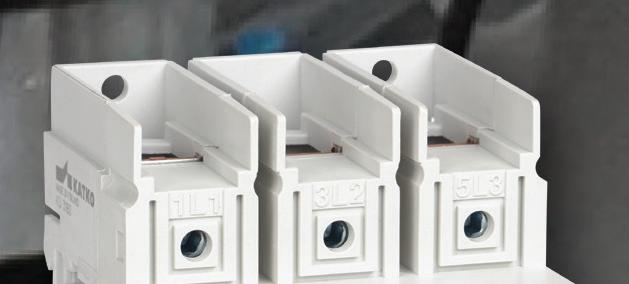
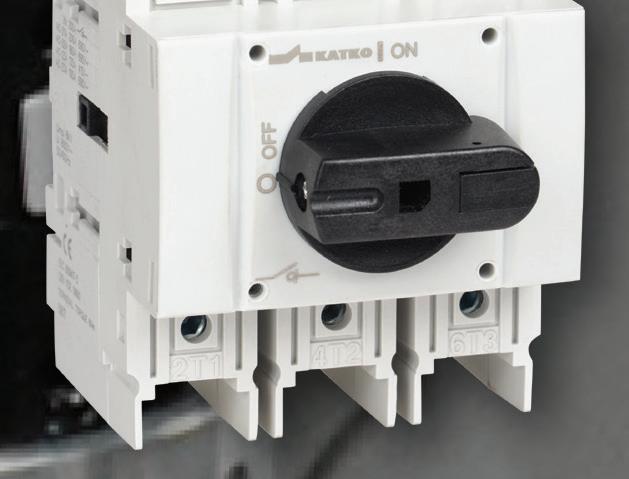





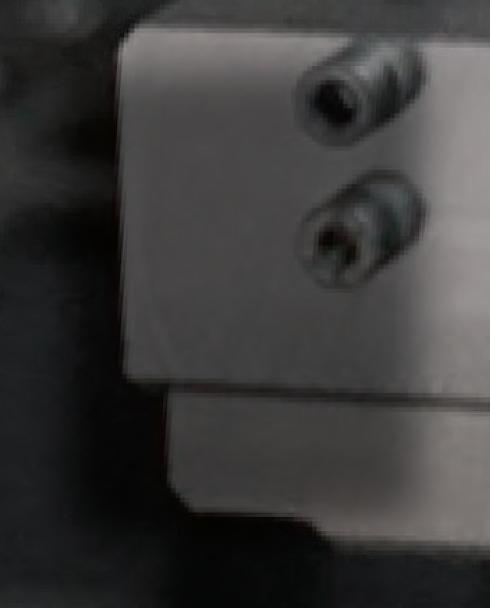
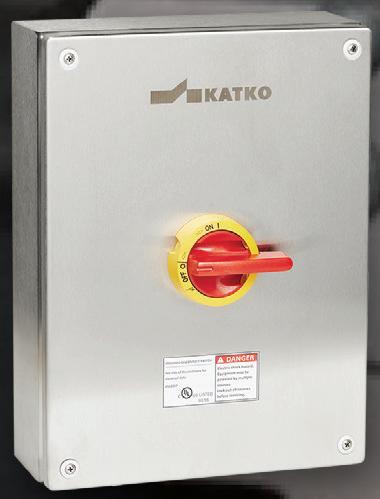





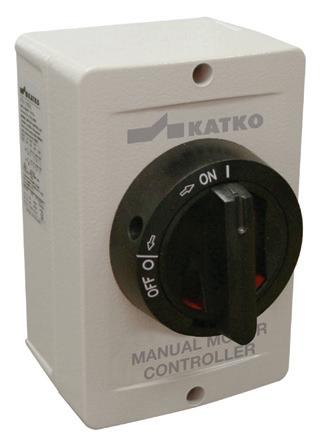




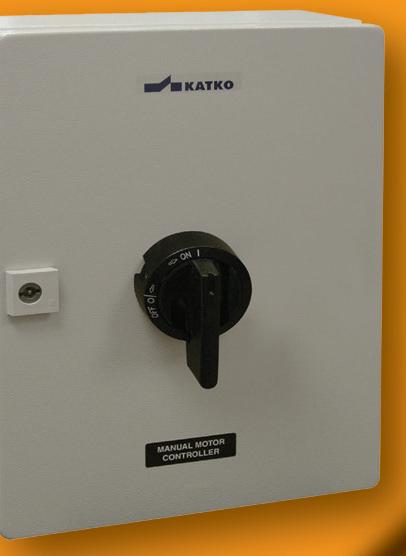












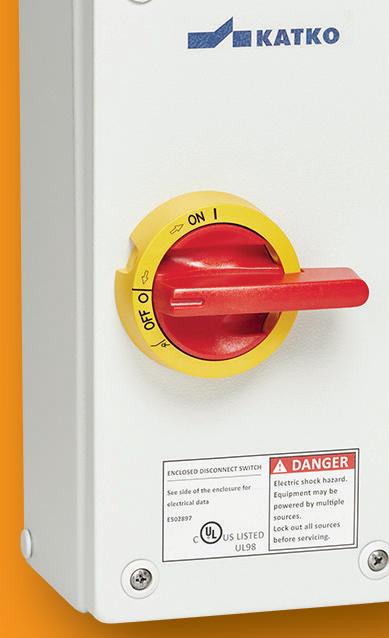

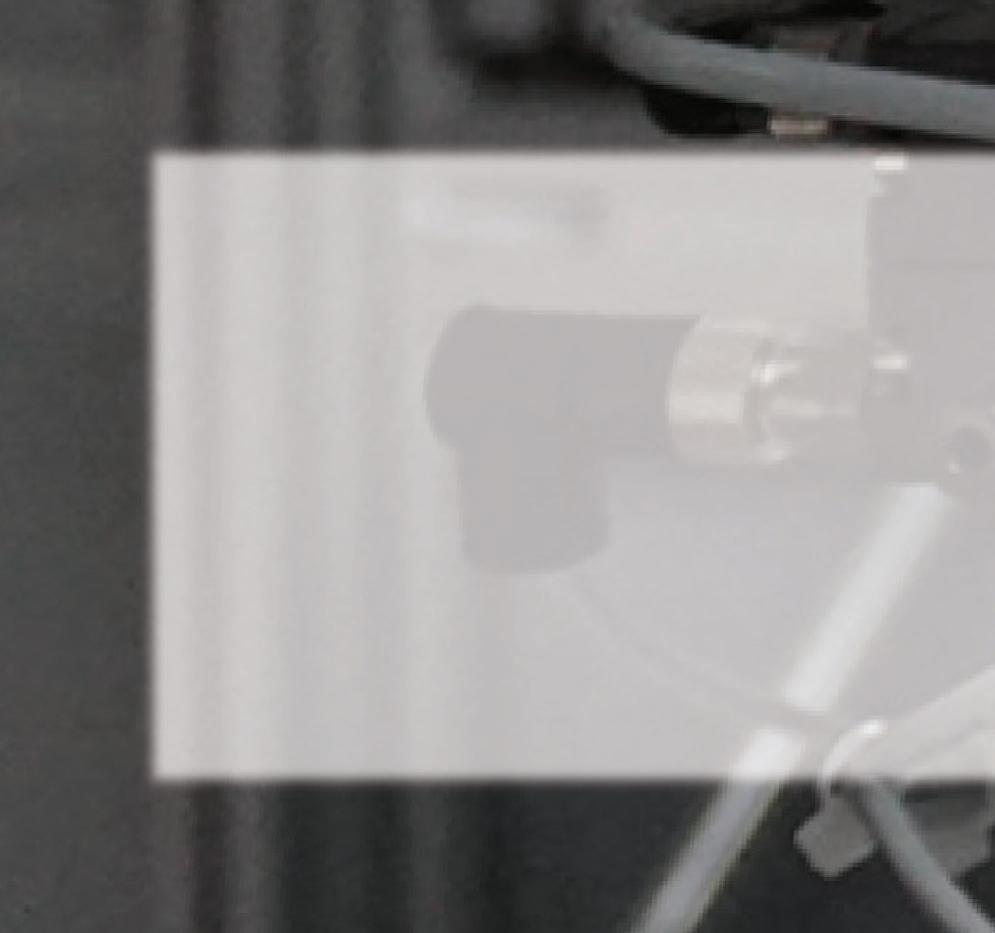
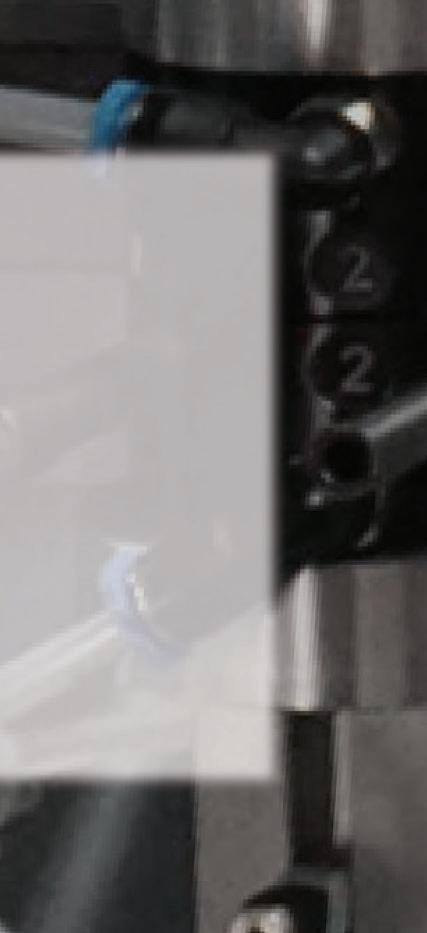


























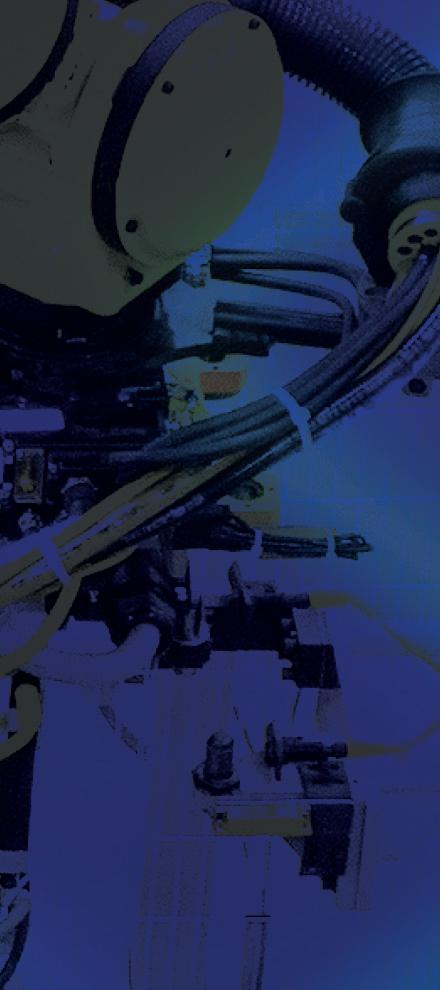



































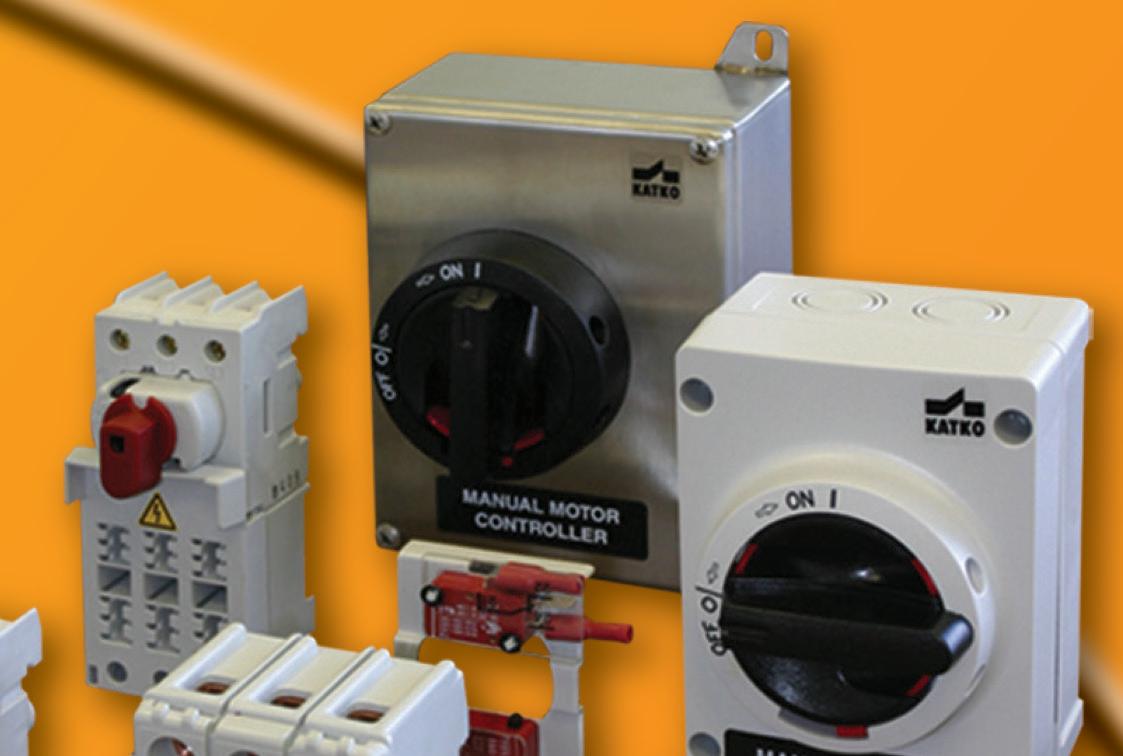























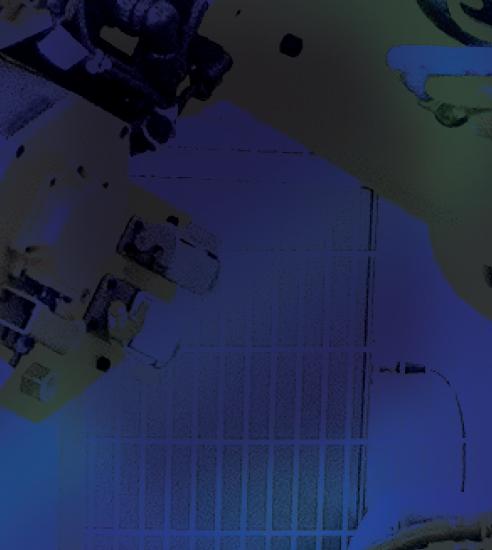




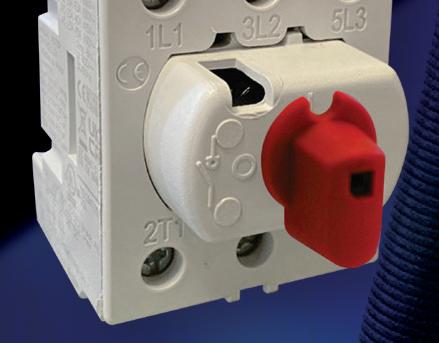
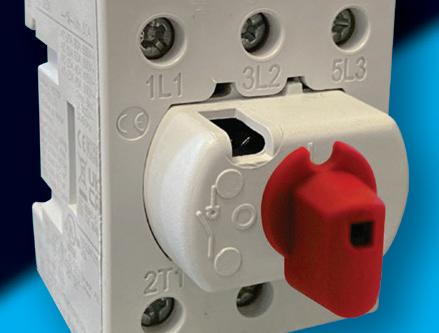

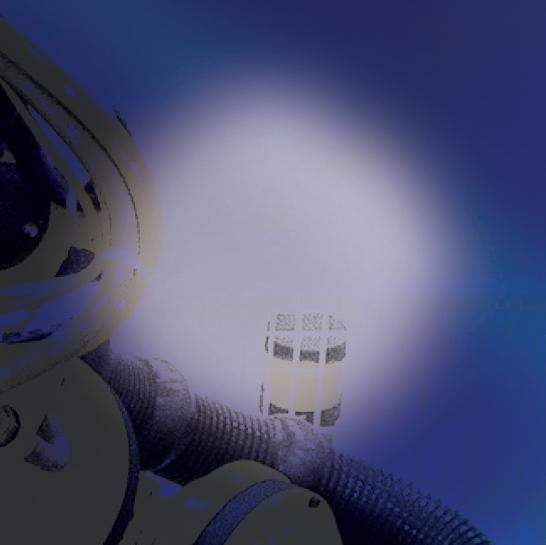


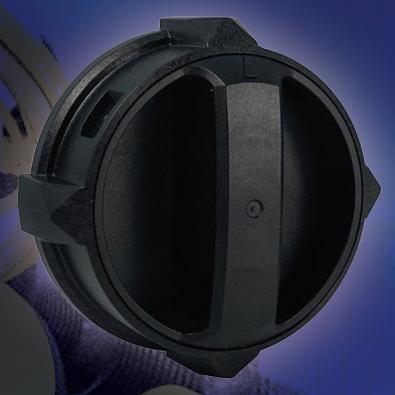
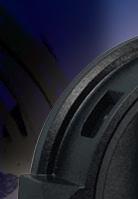





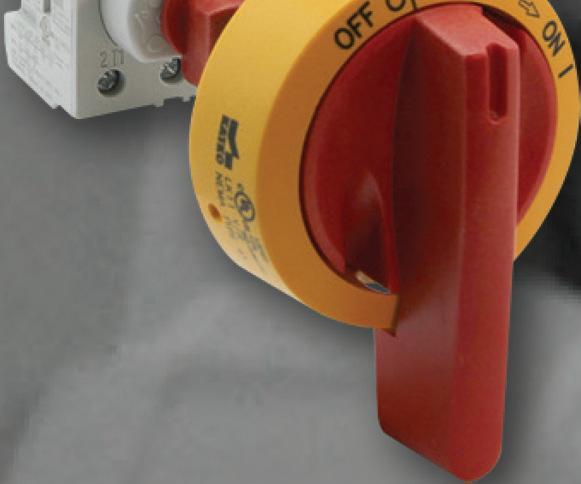





































































The exoskeleton, Autonomyo, helps people with certain neuromuscular disorders walk without crutches. Powering it are six micromotors with an all-in-one component motor with a torque sensor to facilitate a harmonious interaction between the exoskeleton and its user.



The exoskeleton, Autonomyo, helps people with certain neuromuscular disorders walk without crutches. The active walking aid supports the weakened muscles and enables an intuitive sequence of movements that mimics natural walking. Medical science distinguishes between more than 800 different neuromuscular disorders. Even though these disorders have different causes and develop in different ways, they all have one thing in common: muscle weakness (muscular dystrophy), which is progressive in many cases.
Powering this exoskeleton are six micromotors. To facilitate a harmonious interaction between the exoskeleton and its user, FAULHABER developed an all-in-one component motor with a torque sensor.
Notes Mohamed Bouri, Leader of the research group for Rehabilitation and Assistive Robotics (REHA Assist) at the Swiss technical university of Lausanne (EPFL), “The muscles are still functional but they cannot muster enough strength for the patients to stand stably or move their legs independently. Our aim was to overcome these limitations as much as possible using motorized support –– therefore, still taking advantage of the patient’s contribution to his own movements.”
Conventional exoskeletons already in use lean on humanoid inspired technology. These devices enable paraplegic people to walk without a crutch, but they weigh more than 40 kilograms. At 25 kilograms, the Autonomyo is much lighter, and it works with the patient’s weakened but still partially functioning musculoskeletal system.
The exoskeleton is fastened with a corset around a person’s midsection and cuffs around the legs. On each side, three motors enable movement by supplying the power that the muscles are lacking.
One motor is responsible for the flexion and extension of the hip and another motor does the same for the knee. The third motor supports abduction and adduction of the leg at the hip joint. Alltogether, the motors help the patient to maintain their balance and to walk upright.
It is absolutely crucial that the device assists gait according to the user’s intention. “The initial trigger to change position – that is, to start walking – is expressed as a small change in the lower limb position,” explains Bouri. “We detect it by combining the information from an inertial measurement unit, eight load sensors at the soles and the encoders of the motors that act as joint position sensors. All these data contribute to the assistance of balance.”
When walking, the interaction between the device and the user is crucial. Thus, a torque sensor senses this interaction and precisely implements the assistance strategy.
The conventional technology for torque detection uses expansion strips on components; these strips are deformed by the force exerted. The weak point of their construction is the adhesive bond they use to attach. The developers in the Advanced Engineering group have replaced these strips with a

LEFT HANDED as well as RIGHT -HANDED
Materials of: CARBON,
WHITTET-HIGGINS manufactures quality oriented, stocks
delivers quickly the best quality and largest array
heavy
torque load carrying retaining
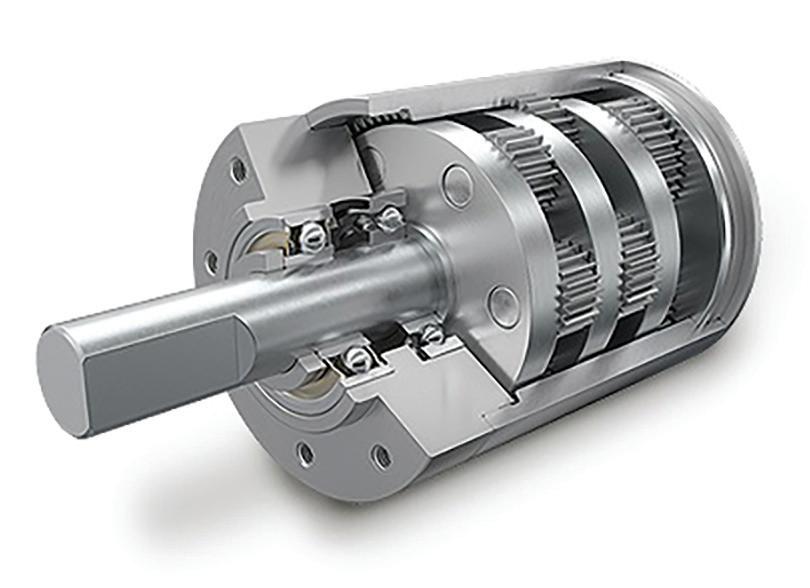
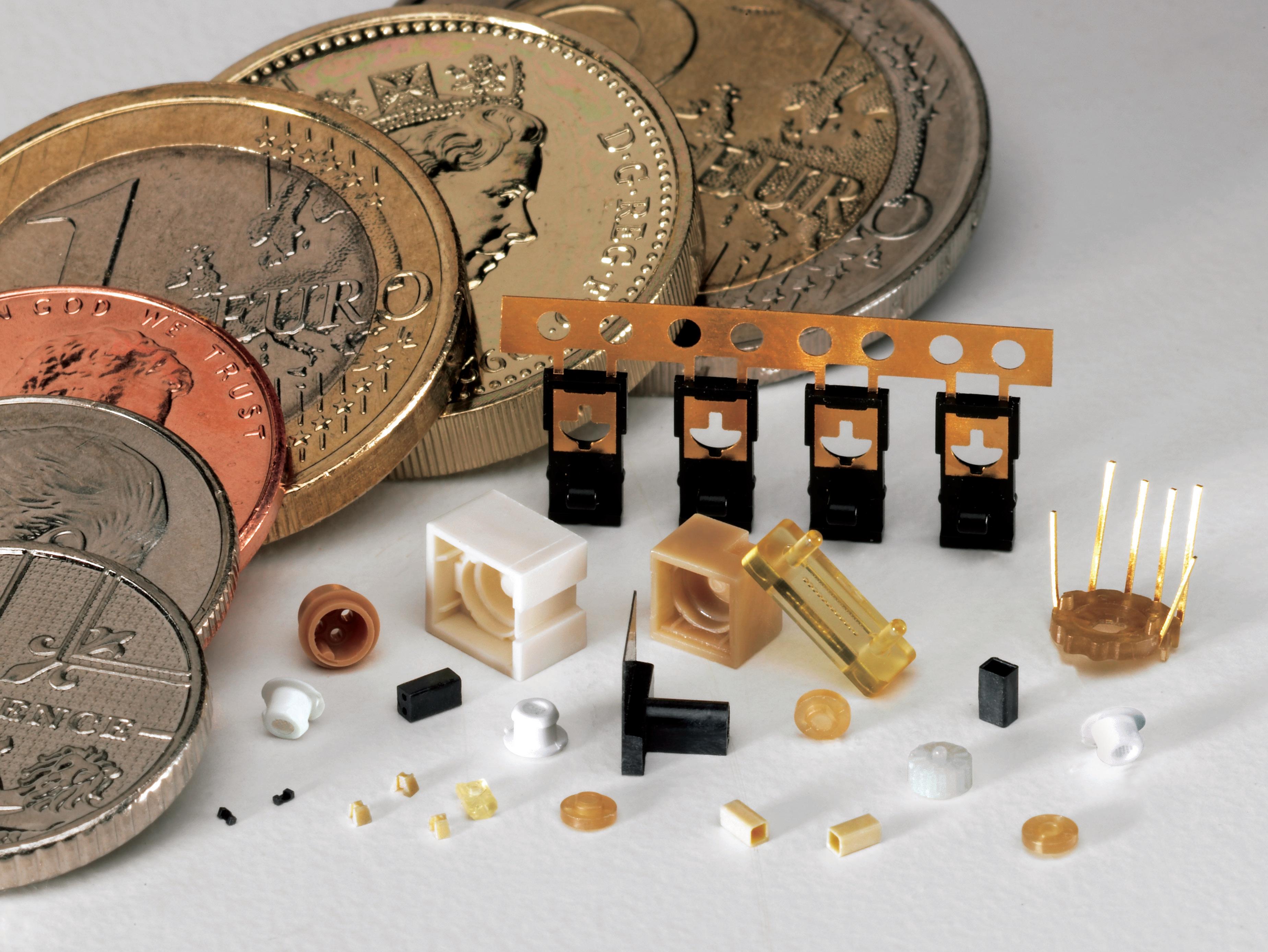




high-resolution measurement system. This achieves a deviation of less than 1.5% in the measurement range of plus/ minus 30 newton meters. The sensor therefore supplies a highly precise value for the response torque in the walking movement.

This value plays a vital role in controlling the Autonomyo exoskeleton. “Adjusting the device to the individual patients requires differentiated calibration of the entire system,” explains Bouri. “Using the various parameters and the feedback om the movement, the so ware calculates the control signals for the drives. The type and level of assistance om the motors are then determined based on the information.”
The six drive units in each device are supplied by FAULHABER. Their core
component is the 3274 BP4 brushless motor with a diameter of 32 millimeters. Its power is transmitted by a 42 GPT planetary gearhead with a sha produced especially for this application. A magnetic IE3 encoder supplies the position data to the controller. The torque sensor is integrated in the gearheads of the four motors for the flexion/extension movements.
For the time being, the component is not a series product and has so far been produced only for the EPFL in small quantities. However, high-resolution torque measurement can add significant value in all haptic applications. For example, for all types of robotic assistance in operating theaters where the surgeon guides the instrument and the machine controls the power and
precision. The sensor can also provide a protective function and be used to limit torque. DW
FAULHABER www.faulhaber.com


























































By integrating functions and the threedimensional routing of circuit tracks, the design space for the electronics of hearing aids can be optimally used.
The design of medical devices increasingly involves the use of mechatronic design tools to meet the need for ever smaller devices. In one example, integrating functions and the three-dimensional routing of circuit tracks can help to optimize the electronics of hearing aids.
The Mechatronic Integrated Devices (3D-MID) technology allows higher density integration of electronic components into the smallest possible space. As medical devices such as hearing aids and dental instruments become smaller and smaller, the manufacture of their most important elements, traditionally printed circuit boards, require more delicacy and precision. High-end miniaturization is facilitated by 3D-Circuits: a combination of mechanical and electronic integration.
Here’s a closer look at 3D-MID technology.
HARTING’s 3D-Circuits technology, for example, makes it possible to combine mechanical and electronic functions into a single component to fit into the smallest

spaces. The electronic circuit can be built into the device itself, making it more compact and functionally dense. By using injection-molded circuit boards, the number of process steps, assembly times, and parts can be reduced.
Device designers can go above and beyond the limits of traditional manufacturing with the help of 3D-Circuits by helping designers uni electrical and mechanical functions in a single three-dimensional component. These components are constructed using malleable bits of plastic through injection molding. This process makes it possible to create anything with precise measurements according to the requirements laid down by final customer usage.
Injection molding is used for mass production of products with complex geometries and in miniature sizes, such as the components of high-end medical devices. A process called laser direct structuring (LDS), developed by LPKF Laser & Electronics, can then draw the needed electrical trace layout to

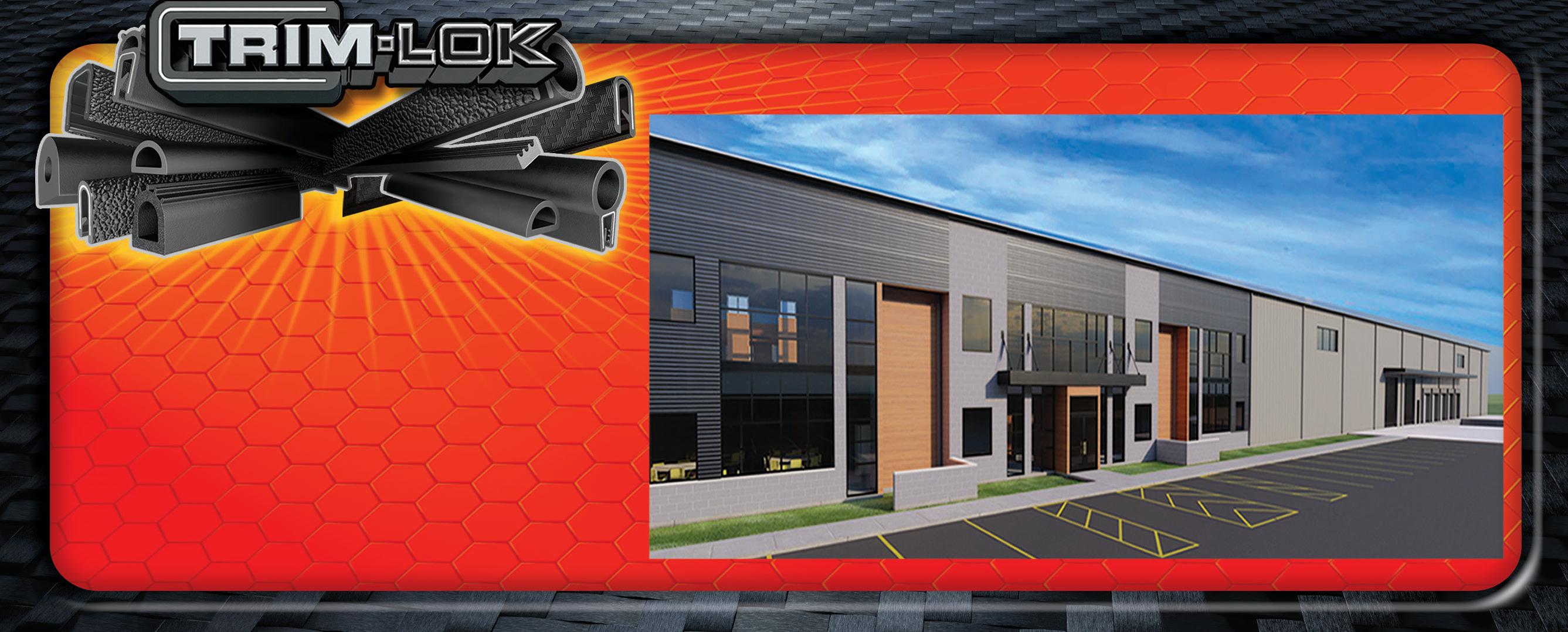
A microphone carrier in 3D-MID design precisely aligns the microphones of the hearing aid and at the same time integrates the electrical contact.
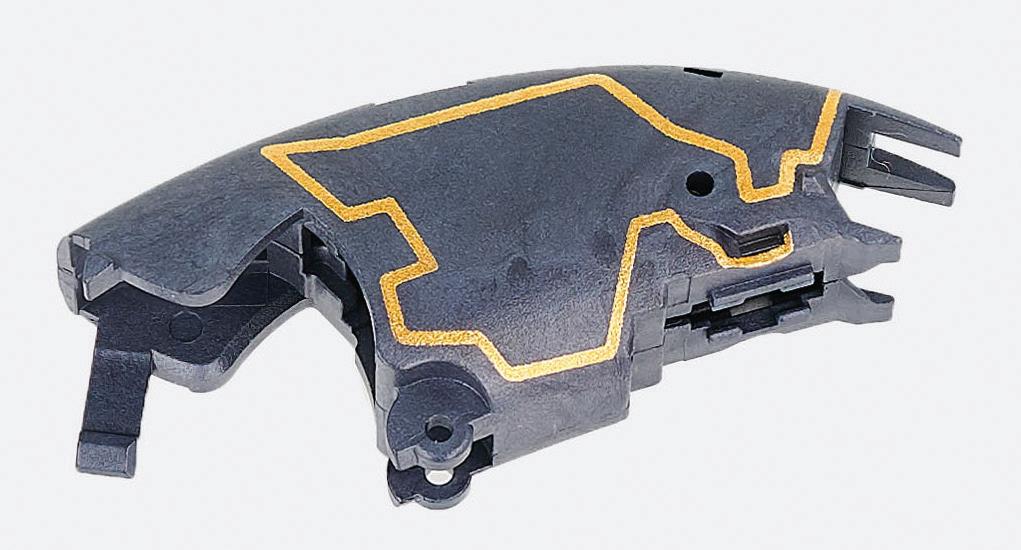

these components, which will be made conductive in a subsequent chemical plating process.



















Mechatronics allows for the extreme downsizing or miniaturizing of medical applications, enabling examination, sensing, and monitoring om within the









patient. With such technology, medical devices can be designed to be much less invasive, improving patient care.
Taking large medical machines and devices and putting them into a more compact package is a big part of what 3D-Circuits brings to the table. It helps change how medical devices are used today.
Implementing a 3D-MID ring switch in the dental instrument improved the ergonomics and weight of the instrument while simultaneously reducing the assembly effort.
INDIANA
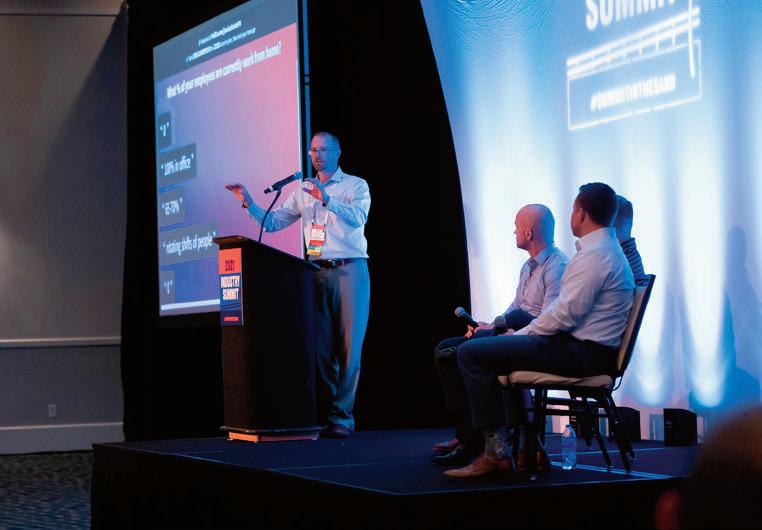





































































The micro actuators and miniature sensors also propel the development of small mechatronics systems for the following applications:


• Handheld diagnostics for use at the point of care, including ultrasound and blood testing
• Scientific instruments for flow cytometry, DNA identification, pathogen detection, and DNA sequencing
• Medical imaging using small, precise modules for lens control and laser tuning

• Implantable devices that can be dynamically adjusted in-place

• Mobile miniature robots
• Micropumps and auto-injectors for drug delivery products



Some of the value-added benefits that medical organizations can gain om using mechatronics in place of more conventional manufacturing methods:
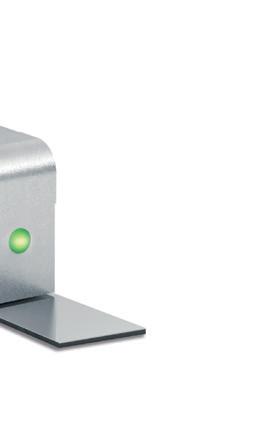
• The miniaturization of medical devices
• Development of low-cost disposable gadgets, which has become a pressing requirement
• Device portability



• High levels of accuracy and precision
• Improved performance in all aspects
• Design eedom
• Weight reduction
• Simplification of products
The most important developments in mechatronics lead to new technologies that will shape the healthcare of the future so that devices are safer, more portable, and, most importantly, painless.
HARTING | www.3D-Circuits.com

This is a substitution for an endoscope. You basically swallow it like a pill which makes way more comfortable than an endoscope.
wear
positioning accuracy
Products Inc., www.siko-global.com


Bearings in motors controlled by VFDs can face harsh operating conditions which can shorten the life of the motors. The CERAMICSPEED radial bearings will last in such conditions up to 8 times longer than traditional radial bearings.
Custom made for electrical motors CERAMICSPEED Insulate Radial Bearings protect against damage to the race, balls and retainers resulting om high voltage arcing, especially, when Variable Frequency Drives are controlling the motors as speeds constantly changing exacerbates arcing. Insulate’s (SiN3) Silicon Nitride ceramic balls are 400% smoother, 128% harder, and feature an insulation rating of 15 kV per mm compared to 1 kV per mm of steel balls. Because ceramic balls are harder and smoother, they have a lower coe cient of iction, run
at 10 to 20 degrees C lower temperatures extending life of the lubrication. This allows for up to 50% higher speeds, and consumes less energy.
These bearings are FDA and USDA compliant and have been approved for food and beverage, and pharmaceutical applications. They also tolerate extreme operating conditions such as: Abrasive slurries and powders, caustic and high-pressure wash downs, corrosive atmospheres, shock and vibration, and there is no spalling under extremely high loads.
These bearings are available in several different sealed and open configurations in sizes for small motors operating at speed to 70,000 rpm, and for offshore wind turbines operating at 20 rpm. Additionally, there are a variety of seals and lubricants that can be recommended depending on loads and equencies so that they can be configured to the exact needs of a customer.
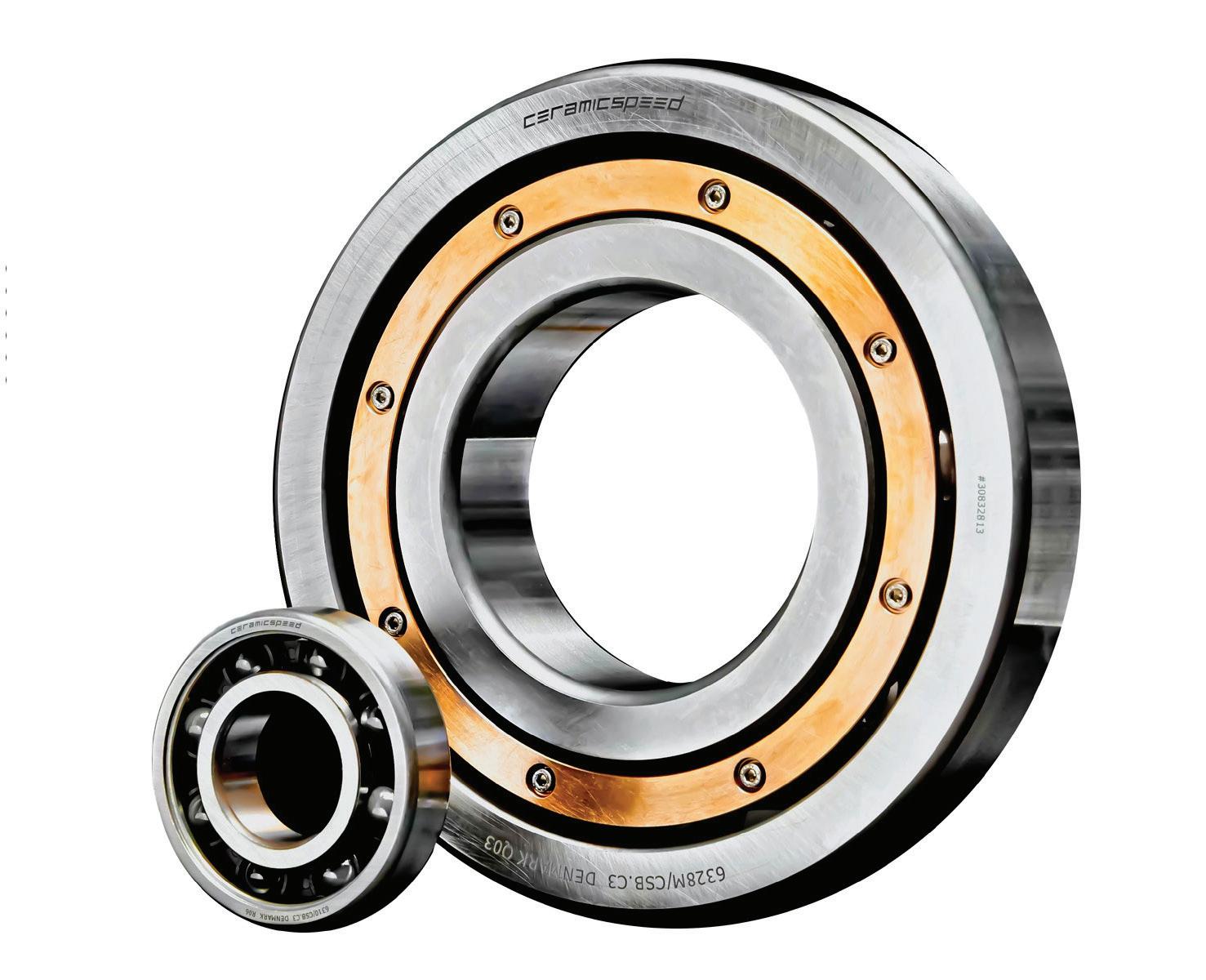
A number of applications, such as medical, need stages with micron accuracy. The XYR-300-400 Alignment Stage offers +/- 3 micron accuracy for industrial, medical, semiconductor, production, research, and laboratory applications. It features +/- 15 mm of travel in the X and Y axes and +/- 5 degrees of rotation (theta). It moves in XYplane and rotates around the center of the XY-plane.
The stage features linear resolutions of the X and Y axis of 1 micron resolution with a 10 micro-steps per step motor driver and static parallelism of less than 0.05 mm. Two-phase stepper motors are standard; however, servo motors with quadrature optical encoders are also available as an option for greater resolution and repeatability. The 8 mm diameter and 2 mm per-turn precision ball screws and preloaded V-groove and crossed roller bearings add to the high precision and stiffness of this compact alignment stage.
The table of the stage is 300 x 300 mm and has threaded holes and a 110 x 110 mm opening for optics, cables, etc.; a solid top is available. The base plate is 400 x 400 mm and the height of the alignment stage is just 98 mm.
The XYR-300-400 Alignment Stage is black anodized aluminum, and is easy to integrate into new or existing systems. Compatible Motion Controllers are available om OES and the XYR-300-400 Alignment Stage can also be ordered as a complete plugand-play system. DW
































































Semiconductor vendors are always looking to improve yield. This ultrahighpurity (UHP) diaphragm valve delivers the consistency and long service life necessary for semiconductor fabricators to achieve better chip yields.
The ALD7 valve provides better flow consistency, flow capacity, and actuator speed. It also offers the performance at high temperatures necessary to allow chip fabricators to overcome limitations in current production processes and keep up with demand.
ALD7 valves can be integrated into either new tools or legacy equipment to improve flow capacity (up to 0.7 Cv) in the same 1.5-in. (38.1 mm) footprint as existing valves, helping fabricators keep up with the strong global demand for chips. The valves deliver precise dosing over tens of millions of ALD (atomic layer deposition) production cycles by actuating quickly and consistently. The actuator’s open and close response time can be less than 5 ms. The actuator is immersible to 150°C (302°F) and the valve body is rated to 200°C (392°F), allowing the valve to better support low-vapor-pressure precursors that require high temperature delivery. This gives fabricators the control needed to maximize throughput and yield.
ALD7 valves feature a compact design with an integrated thermal isolator, allowing system designers to maximize limited space near the reaction chamber of chip production tools. The valves are also resistant to corrosive gases used in ALD processes, with valve bodies comprised of proprietary ultrahigh-purity 316L VIM-VAR stainless steel.

The ALD7 is available in a modular surfacemount configuration with a high-flow C-seal or in straight configurations with a tube butt weld, and VCR face seal fitting end connections. High-temperature electronic position sensors, optical position sensors, or solenoid pilot valve configurations are also available as add-on components.




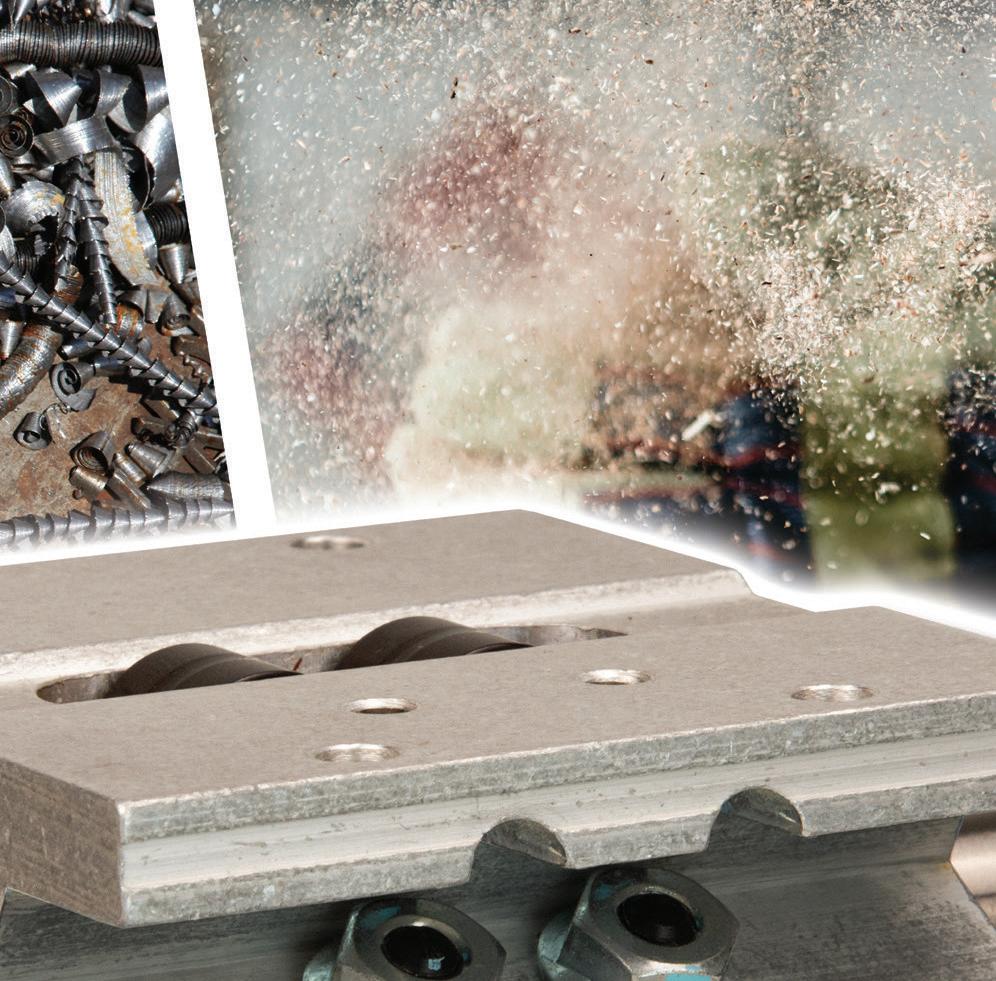


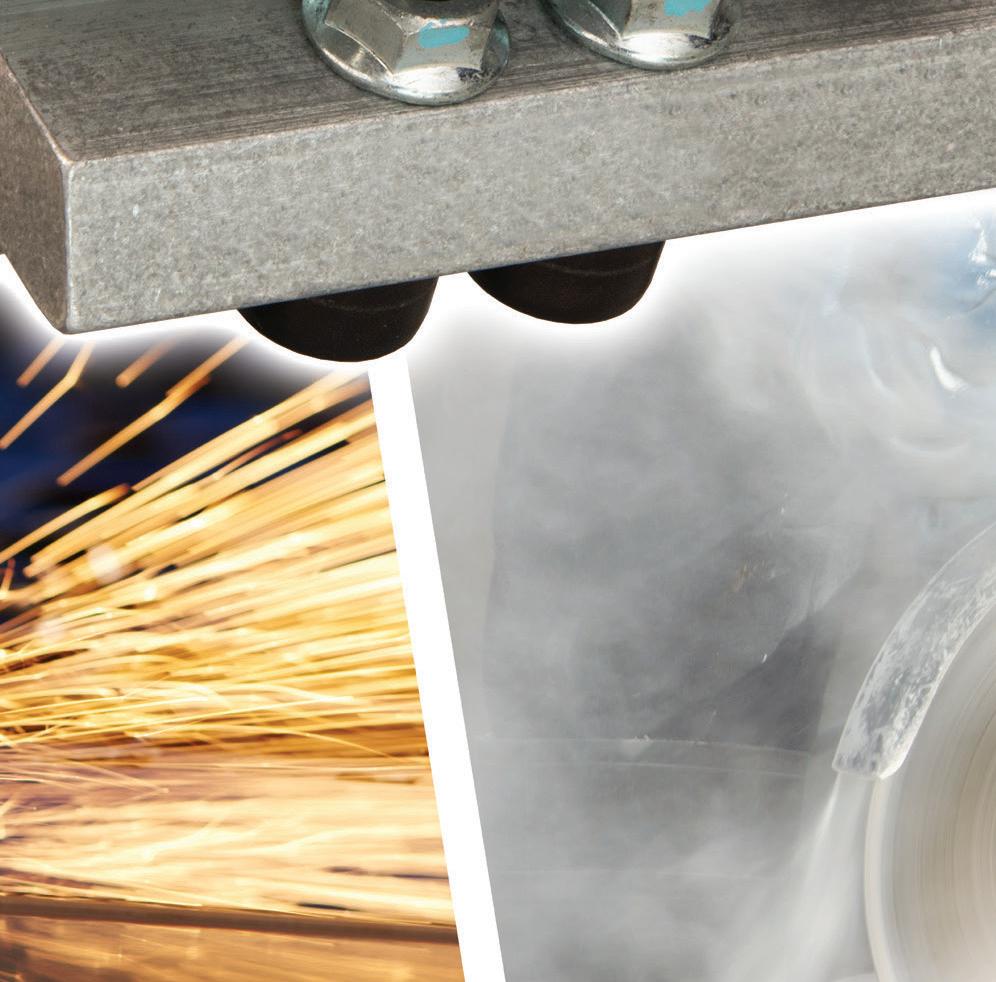




For off-highway applications, online ordering and configuring of ball screws can be easier with an online tool. Thomson Industries, Inc., offers an online ball screw selection tool that includes online configurability options as well as expert guidance. Design engineers using the tool will have access to more capabilities and expert guidance in configuring end machining, end fixity, thread lengths, nuts and related assembly preferences. An interactive reference table is updated, providing one-click access to information on the safety factors for each available option. A real-time diagram displays the status of their assembly, and built-in prompts guide them through optimal design sequences.
The following are some of the new ball screw configuration capabilities that design engineers can perform online:

• Select cut ends or standard machined ends, with or without end supports.
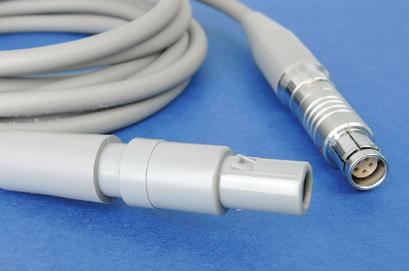


• Speci whether end supports should be assembled or shipped separately.
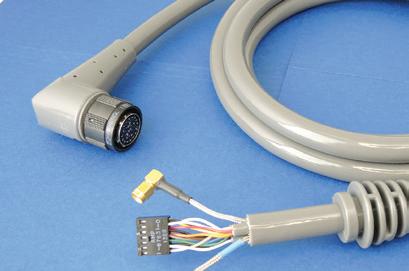
• Define overall screw lengths and threading.
• Configure the right product more quickly and easily with an enhanced user interface.
• See all available nut options instantly.
• See safety factors for each configuration with a single click.
Faster processing and data loading capabilities accelerate all such operations and enable design engineers to download a CAD diagram of their configuration more quickly. DW
Thomson Industries, Inc. www.thomsonlinear.com
As technology advances, one way to help off-highway equipment manufacturers is through control units. The TTC 2030 is part of the TTC 2000 ECU series, which consists of compatible Electronic Control Unit (ECU) families of different sizes, but with the same modular building blocks. This ensures that the right number of interfaces and the right amount of processing power is available for each mobile machine application, while significantly reducing time-tomarket and maintenance for the vehicle manufacturer.

The two now available members of the TTC 2000 ECU series, the new compact TTC 2030 family and the TTC 2300 family, enable machine manufacturers to future-proof their machines. Operators of construction machinery in rugged operating environments on construction sites around the globe can fully rely on the functionality of the control units. This is due to their robustness, high ingress protection rating and resistance to
extreme temperatures (full output current om -40 to +85 °C).
Future automation and operator assistance systems are supported by the large internal memory and the transmission of smart sensor data through various communication interfaces such as CAN, Ethernet and SENT (Single Edge Nibble Transmission). This enables operators of construction machinery, for example, to define operating areas for excavators or limit the reach and load moment of cranes.
Both the TTC 2030 and TTC 2300 ECU families fulfill safety standards in the construction, agricultural and automotive industries and help reduce certification costs for vehicle manufacturers. The mixed criticality approach allows safety-critical and non-safety-critical code to run on
the same CPU without reducing the overall safety level. The real-time operating system
PXROS enables full use of the CPU multicore architecture and ensures a high level of safety through eedom of interference and a significantly reduced development effort.
Both ECU families are equipped with Infineon’s latest high-performance processor, the second-generation AurixTM TriCore, to ensure the right computing power for future mobile machines.
The mid-sized TTC 2300 features the Aurix with up to six cores and with two high-speed data ports (HSD) for standard Ethernet and BroadR-Reach Ethernet communications. It is equipped with application-configurable status LEDs, support for an emergency stop button, and an H-Bridge mode for controlling electric motors.
The TTC 2030 includes the compact ECU TTC 2038 variant with a two-core Aurix CPU and the I/O module TTC 2038XS, all of which share modularity and synergy potential with the TTC 2000 series.

 Edited by Mike Santora • Managing Editor
Edited by Mike Santora • Managing Editor
The KHS Innofill Glass DRS filler that can process up to 60,000 bottles per hour is part of the glass line in Mannheim.
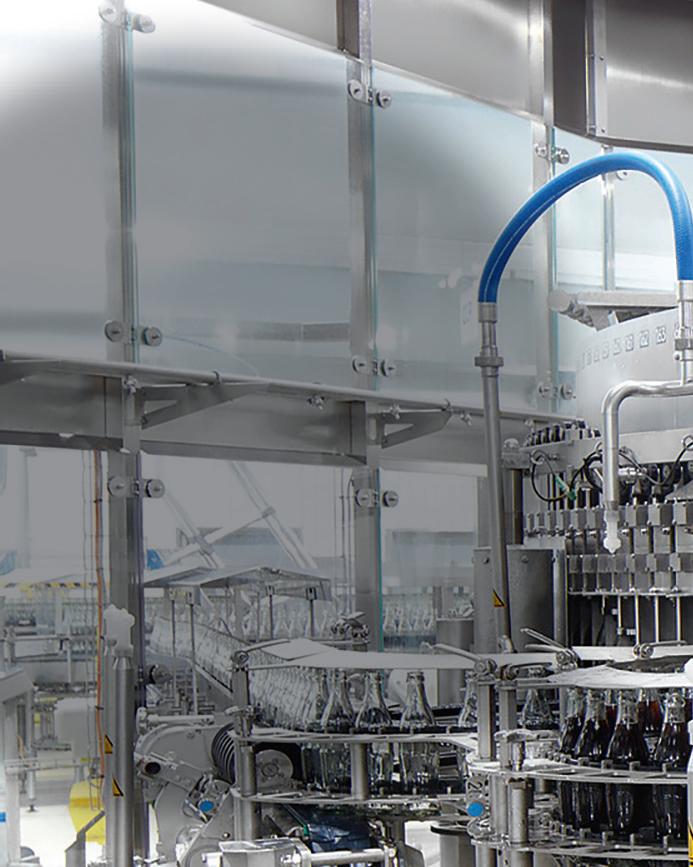
Within just three years, Coca-Cola in Germany has invested around 50 million euros in one of its biggest plants in Mannheim. KHS has contributed a returnable glass line to the project — one that also manages highly complex sorting tasks.

In July 1950, beverage retailer Wilhelm Müller procured the bottling rights for CocaCola in Germany. He established the entrepreneurial basis for the production site that can still be found in Mannheim. Initially, many tasks like sorting and quality assurance were performed manually until 1965, when the first fully automatic setup went into operation.
Today, the production plant is part of Coca-Cola Europacific Partners Germany (CCEP DE), the biggest beverage producer in the Federal Republic. “Among our older employees, there are still plenty who fondly look back to what’s known as the Cola Müller era,” said
Christopher Bee. The 39-year-old has worked in Mannheim for seven years and was made plant manager in September 2021. The extensive company premises still belong to the Wilhelm Müller Foundation, with the lease extended for another 30 years just two years ago.
“There’s nothing old-fashioned about our technical equipment, however,” he said.
“In 2018 and 2019, we invested around 50 million euros in two new filling lines. These were the biggest investments ever to be made in the history of our production site. This makes us here in Mannheim one of the most technically advanced Coca-Cola plants in Germany and Europe.”
One of the two new production lines is a returnable glass system om Dortmund systems supplier KHS. “We fill a total of six different bottles on this line: four in 200-milliliter and two in 330-milliliter format. The smaller sizes are primarily destined for the hospitality trade, where the packaging must be a bit more impressive than for retail. Therefore, the Coca-Cola, Fanta, Sprite, and mezzo mix brands on this line have their own respective bottle designs. We process two formats for the bigger containers that are also sold in the retail trade. What’s known as the contour bottle for products in the Coca-Cola family and our green multibottle for Fanta, Sprite and mezzo mix.”
One outstanding KHS line feature is the sorting system that feeds the empty bottles by type to the washing and filling process automatically. “In principle, the sorting and filling processes take place on two separate systems. We use a segment to combine both sections specifically for
our main product types, the 200- and 330-milliliter Coca-Cola bottles. Here, the containers that are largely returned om the market by type are sent straight om sorting to production. They no longer have to take a detour through the empties warehouse. This reduces the amount of effort needed for handling.” The other five product types om the sorting process are first packed into beverage crates and then onto pallets before being temporarily stored until they are filled.
Thanks to the system’s high degree of automation, the only manual task required takes place right at the start of sorting. When the crates arrive, they’re scanned om above. If they contain foreign objects such as paper cups or film, the crates can’t be identified. The obstacle must then be removed by hand before the crate can be fed back into the automatic process. “The decrater is so intelligent that it places the biggest bottle type on one conveyor,” explained Bee. “The smaller bottles are set down on a different conveyor where they’re separated and guided to different lanes with the help of camera systems and pushers. Here, we aim to manipulate the containers as little as possible: in other words, to ensure that they have minimal contact with the machine. In this way, we can keep the risk of something falling over at such high speed to a minimum.”

With an output of up to 66,000 bottles per hour, the sorting system has a greater capacity than the returnable glass line that can fill a maximum of 60,000 bottles every 60 minutes. This means that CCEP in Mannheim seldom suffers any downtime with its empties — even during the peak season.

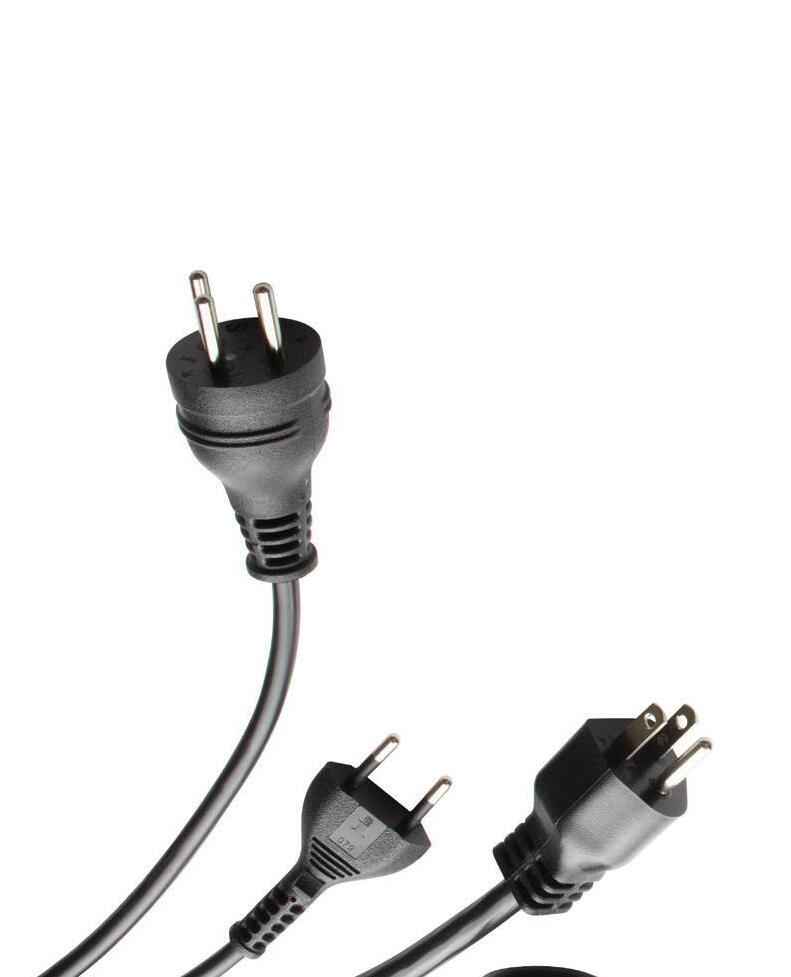
American-made North American and international cord sets provide correct country-specific amperages and voltages ensuring end users have access to their local mains power—for every world time zone. Are your cords dry-docked or stuck in a warehouse awaiting transport? Interpower in-stock cords, cord sets, and components ship the same day!
Interpower manufactures state-of-the-art electrical cord sets for global markets with no minimum order requirements. All Interpower cords and components are manufactured in accordance with Interpower’s product quality plan: hipot testing, continuity testing, and ground testing with multiple inspections. Interpower offers value-added options: lengths, colors, packaging and labeling!
®
®
The irregular return of empties o en results in peaks, says Bee. One good example is music festivals, at the end of which more empty glass bottles are to be expected than usual. “What’s special about this system is that it can individually react to these peaks,” he states. “To facilitate this, during commissioning, we ran a live simulation with an external service provider. Based on the results, in close cooperation with KHS, we were able to make several optimizations and fine adjustments.”

For Christopher Bee, one highlight of the new returnable glass line om KHS is the Innoclean DM double-end bottle washer. This is enabled by the eshwater control that’s automatically adjusted to the current machine capacity by a control valve. The new ECO carriers are also good for the energy balance: they weigh about a quarter less than the previous bottle pockets and have side openings that permit better rinsing. This reduces the amount of caustic and heat carryover and, thus, the cooling requirement within the machine. If at any point no empties are available, the bottle washer switches to an energy-saving idle state: its new standby mode. The Liquid E ciency Spraying System (LESS) lowers the pressure of the spray pumps to 0.3 bar during downtime and cuts electricity consumption by up to 80%.


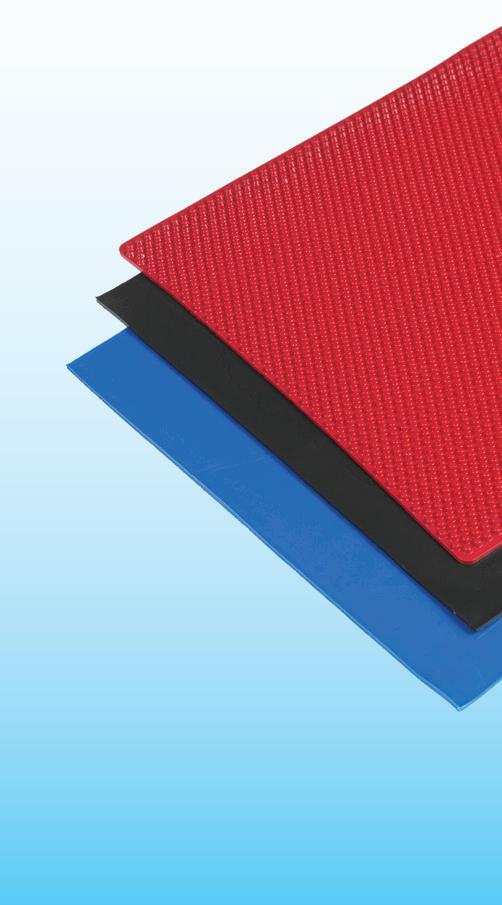
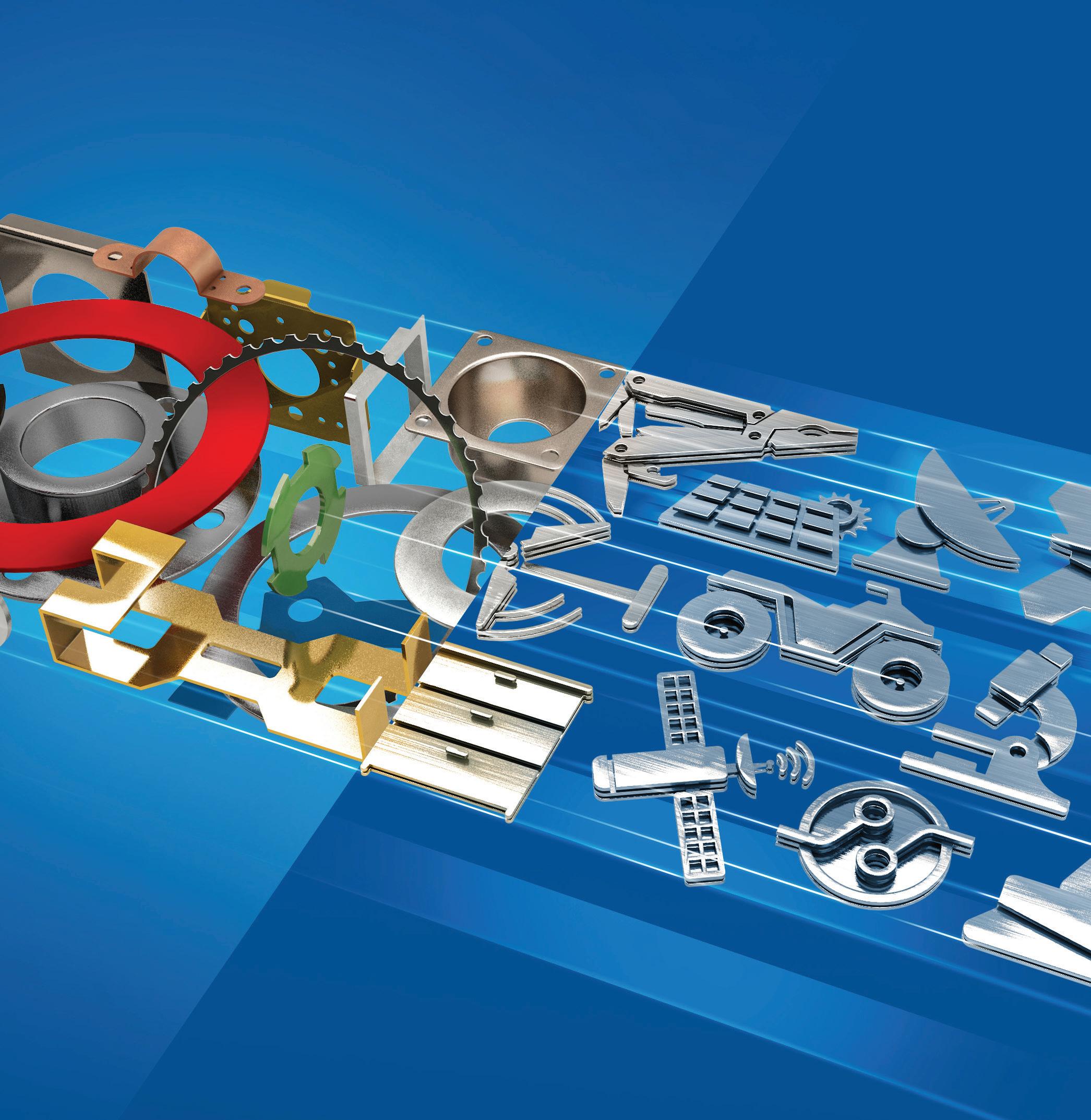


CO-LOCATED WITH CONEXPO-CON/AGG (two shows, one price)


The International Fluid Power Exposition (IFPE) is the place where engineers meet to:

Spark new ideas with in-depth technical conversations with other engineers.
Discover solutions current suppliers can offer to your unique challenges.
Find new partners among suppliers pushing the envelope on what fluid power can do.

Danfoss Power Solutions
Including Bosch Rexroth
Parker Hannifin
Hawe Hydraulik
Poclain
IFM Efector

Husco , and 375+ more!
Join your peers from these OEMs:
Caterpillar Inc
Volvo Construction Equipment
Liebherr
CASE Construction Equipment
Komatsu
John Deere Construction
Doosan Bobcat
KOBELCO Construction Machinery USA
LBX Company
There’s no other show in the world I think that brings the OEM machine manufacturers and the suppliers as close together as this show. It’s a good place to meet and learn about what’s going on. In the Americas, in the Western Hemisphere, this is the show for fluid power.”


See why IFPE is the can’t-miss fluid power event of 2023! Learn more at IFPE.com


14-18, 2023
USA
CLINCHER parallel shaft gear units provide strong e ciency while o ering an economical option for many applications.
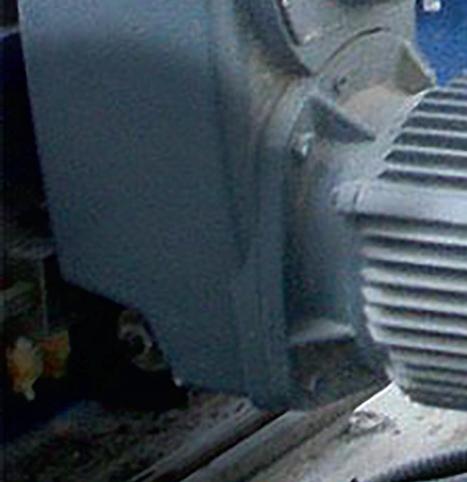
 Edited by Mike Santora • Managing Editor
Edited by Mike Santora • Managing Editor
The steel industry is known for having some of the toughest environmental conditions, including the high temperatures of continuous casting applications, heavy loads, and irregular operating modes of hot roller systems. NORD’s gear units, motors, and control products ensure constant performance and are engineered to handle the most demanding loads and environmental hazards. These drive systems can be configured to fit specific application needs and installation spaces. Many of these gear units for the steel industry include a robust mechanical housing for shock absorption, heavy-duty bearings and sha s, double Viton sha seals, synthetic lubricants for higher heat tolerance, and heavyduty surface protection options. Motor options include high acceleration rates, reverse operation, unventilated designs, heavy-duty encoders and brakes, Class ISO H insulation to handle higher temperatures, and can be designed to provide su cient torque to withstand heavy shocks om reversing operation and material jams.

UNICASE helical inline gear units are a flexible, reliable solution with a wide power range of 0.16 - 215 HP. Their one-piece housing ensures a long lifespan,
requires minimal maintenance, and the compact design can fit in tight installation spaces. These units also deliver high axial and radial load capacities, enabling safe operation in heavy-duty applications such as furnaces, roller tables, and logistics applications.
CLINCHER parallel sha gear units provide ultimate e ciency while offering an economical option for various applications. They are equently used in applications such as shearing lines because they ensure the highest cycle and acceleration rates as well as high shock loads. CLINCHERs supply up to 268 HP, produce up to 885,075 lb-in of torque, and their robust housing enables them to function for years without
maintenance, even under extremely harsh conditions. With 15 case sizes and flexible mounting options, these gear units are highly adaptable to fit precise application needs.
Continuous casting applications o en involve high temperatures and confined installation space. UNICASE helical bevel right-angle gear units are most o en used for these applications due to their compact design and mounting versatility. These units can be configured with various bearing options, ensuring high axial and radial load capabilities and shock absorption. Class ISO H insulation is also recommended to protect against harsh environmental factors.
Built to handle the toughest loads, MAXXDRIVE industrial gear units offer high output torques of up to 2,495,900 lb-in. Their large roller bearings and center distances increase the load capacity and service life of internal components. At the same time, an advanced cooling system effectively manages heat dissipation and extends the life of lubricants. Special input and output sha s are available to fit specific application needs and provide operation in either direction.
Many applications in the steel industry equip various drives into one system solution. Variable equency drives such as the NORDAC FLEX and NORDAC PRO SK 500P deliver scalable functionality to effectively manage individual units and optimize synchronization across multiple drives. The NORDAC FLEX is NORD’s most flexible VFD and has easy parameter transfer, a compact design capable of motor or wall mounting, and optional integrated functional safety options such as STO, SS1, and PROFIsafe. The NORDAC PRO SK 500P series includes 5 ame sizes with multiple interface options for easy connectivity, integrated PLC functionality, and POSICON-integrated positioning for intelligent control. Their small footprint saves space in installation cabinets, where space is o en limited.
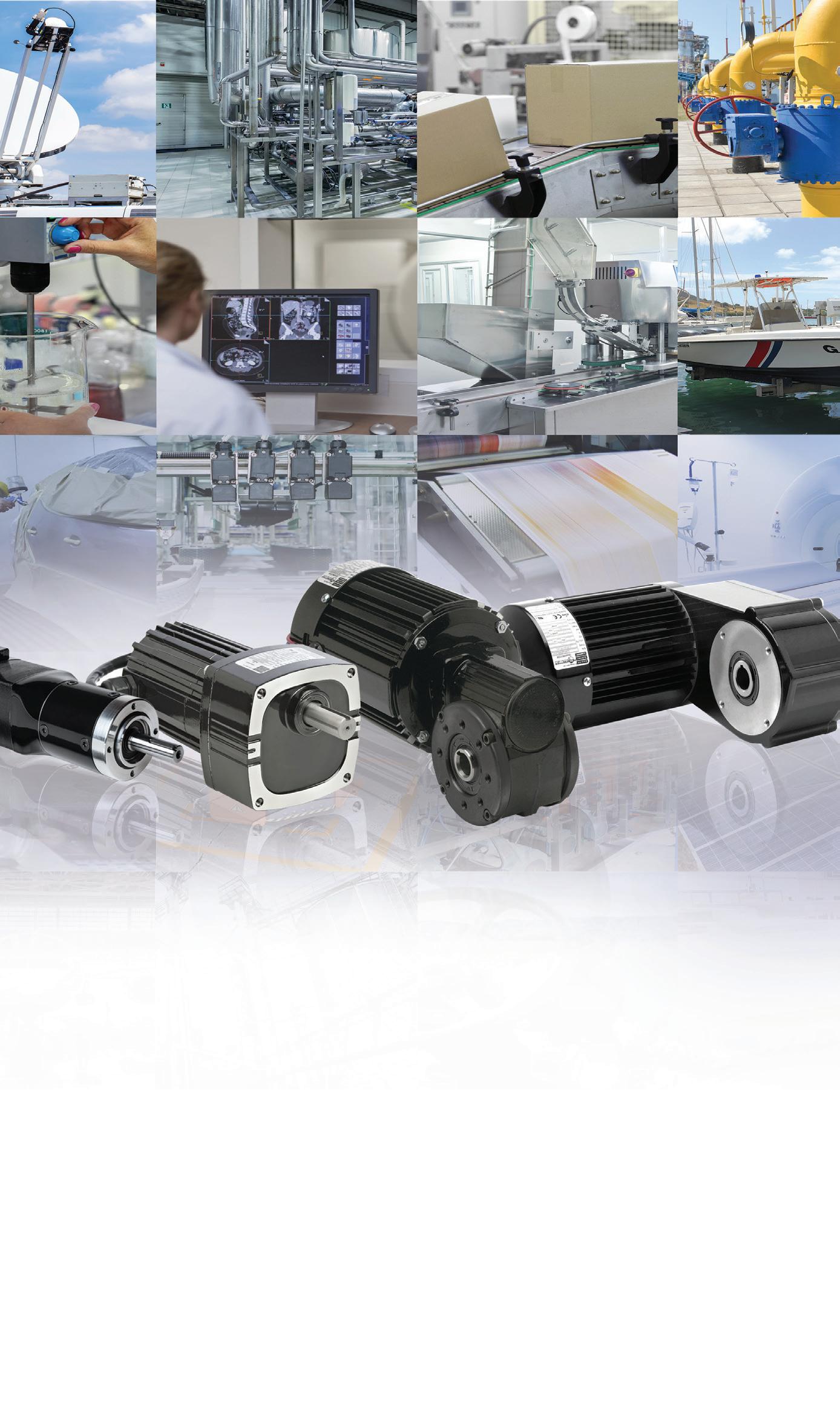
With over 1,400 standard products to choose from, you can count on the engineers at Bodine to help you find a gearmotor with the right torque, power and speed for your application. We’ll get your design moving. Contact us today!
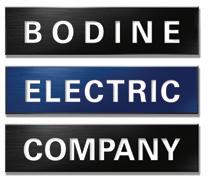
Ball bearings are used in countless precision agriculture applications and in conveyors, mixers, and picking and weighing machinery.
 Edited by Mike Santora • Managing Editor
Edited by Mike Santora • Managing Editor
From the London Beer Flood of 1814 to the Tapioca Tanker Disaster of 1972, there has been many high-profile food and beverage disasters at all stages of the food processing chain. While innovative new technologies have been vital in continuing to improve safety of modern operations, one small mechanical component is indispensable across the whole food and beverage supply chain.
Despite consistent challenges over the past two years, the food processing industry is projected to reach USD 235.67 billion by 2028, demonstrating healthy growth om its USD 143.51 billion market size in 2020.
Ball bearings are used in countless precision agriculture applications and in conveyors, mixers, and picking and weighing machinery. If any piece of food processing machinery rotates, it will use bearings to ensure smooth travel. So, let’s take a closer look at the importance of choosing the right bearings at three key stages of the food processing supply chain.
The food cycle begins at the production stage. In the face of greater demand, farmers are increasingly employing automation to augment their operations.

In this setting, bearings are used in various machinery such as agricultural scanners, combine harvesters, balers, and seeders. Due to the severe mechanical strain and abrasive particles in this environment, bearings for agriculture must be durable and reliable, with a long service life.

Heavy duty bearings are a popular choice for precision farming technology as they are o en subjected to heavy loads, shock loads, and vibration. Due to the high risk of contamination, bearings fitted with labyrinth contact seals are o en specified along with extreme pressure (EP) greases. Many agricultural bearings have a “hex bore” and are designed to fit onto a hexagonal sha for easy assembly.


Next, the product passes to the manufacturing stage. From continuous high speeds to extreme temperature, excessive moisture, and chemical exposure — bearings in food processing lines face numerous challenges.
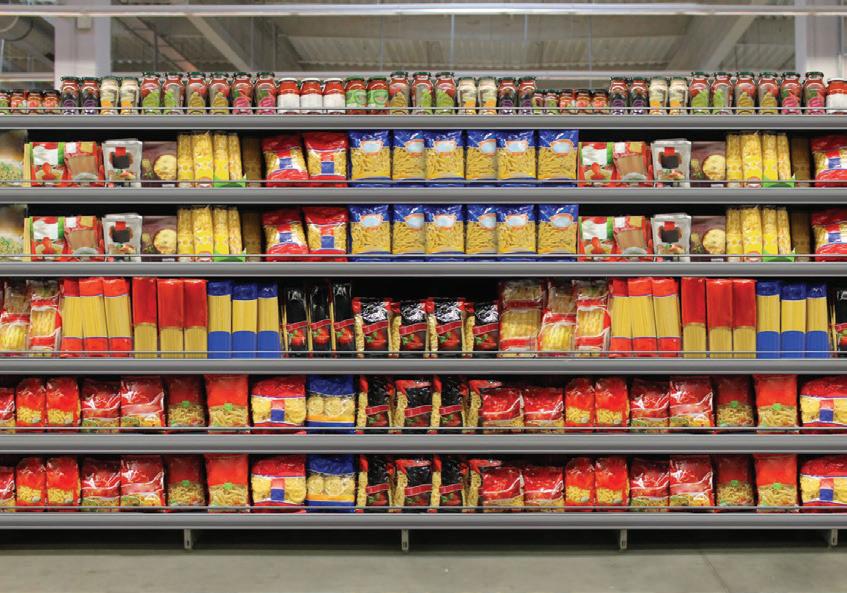
Bearings used in these settings must meet several non-standard criteria. The first consideration is the need for continuous high speeds. Contamination is also a concern in many forms. For the highly regulated food and beverage sector, contamination can lead to costly production loss. Excessive moisture due to washdown cycles can also flush lubricants out of the component.
Similarly, chemical exposure om detergents and sanitizers can cause corrosion and accelerate component wear. Acetal resin bearings offer a low-cost, corrosion-resistant option. Suitable for low-load and low-speed use. For greater corrosion resistance and extreme temperatures, alternative ring or cage materials can be used, such as polyether ether ketone (PEEK), polytetrafluoroethylene (PTFE), or polyvinylidene fluoride (PVDF).
Following production, the product passes to the packaging stage. By investing in a high-speed robotic pick and place cell, operational e ciency can be increased substantially.

For processes such as heating, boiling, and baking, bearings must be suited to extreme temperatures. Stainless steel ball bearings can be supplied with non-toxic lubricants approved to NSF H1 or H2 standards. Bearings with a choice of food-grade lubricants can withstand the ingress of water or cleaning chemicals and can cope with regular steam cleaning.





Following production, the product passes to the packaging stage. By investing in a highspeed robotic pick and place cell, operational e ciency can be increased substantially. For robotics applications, thin section bearings deliver high speeds, improve e ciency, and offer design flexibility. With the minimal difference in size between the internal and external ring, these bearings also reduce the weight on the application and the space requirements. However, because they are so thin, you
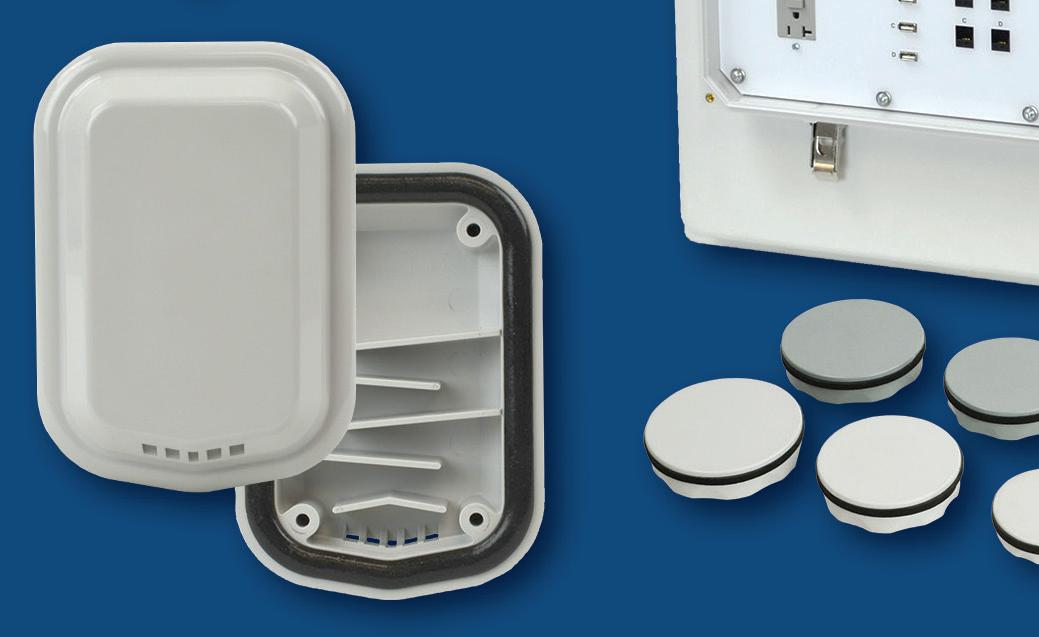
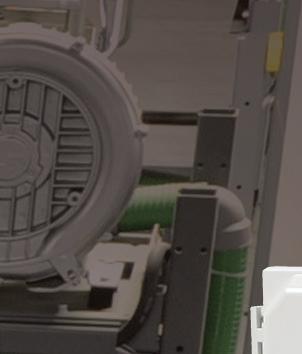


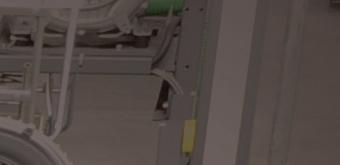

must pay particular attention to the roundness of the ring itself. As a result, the manufacturing process must be precise to ensure the highest possible degree of roundness in both rings, as well as good noise levels in the bearing itself. This will typically call for fine grinding and machining, complemented by high quality in both the process and the raw materials. If the rings are not perfectly formed, even a minute discrepancy will stop the bearing om running as smoothly, producing excess noise, and
For the highly regulated food and beverage sector, contamination can lead to costly production loss. Excessive moisture due to washdown cycles can also result in lubricants being flushed out of the component.





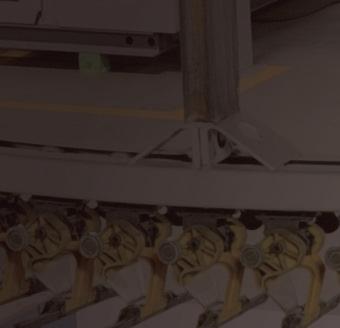
disrupting the food packaging line. In efforts to enhance supply chain e ciency, even the smallest components can make a big difference. It’s important that food and beverage plant managers consider component suitability at all stages of the food cycle to ensure they can meet the production needs of tomorrow.

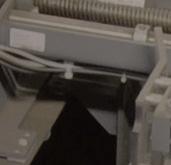
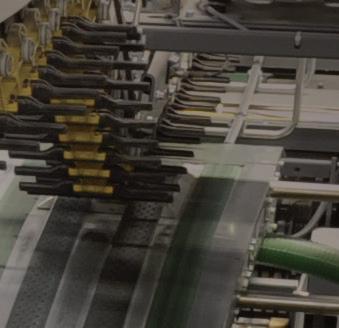





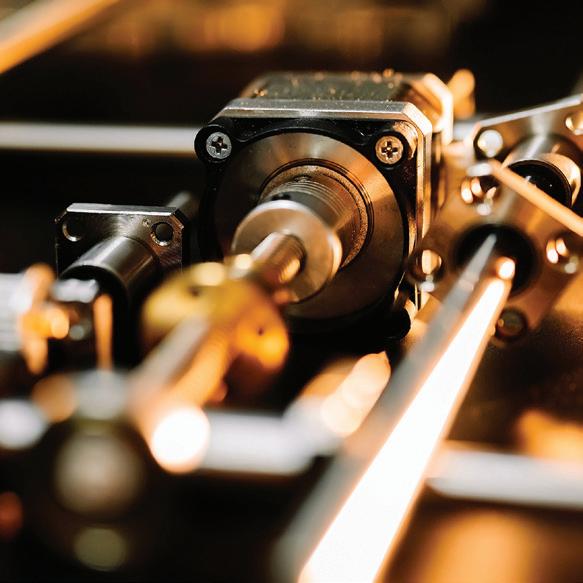
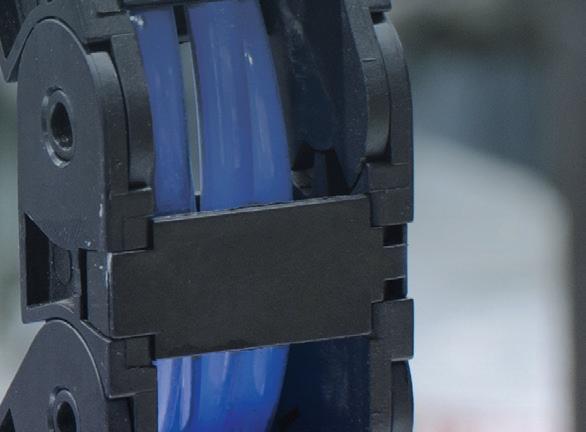

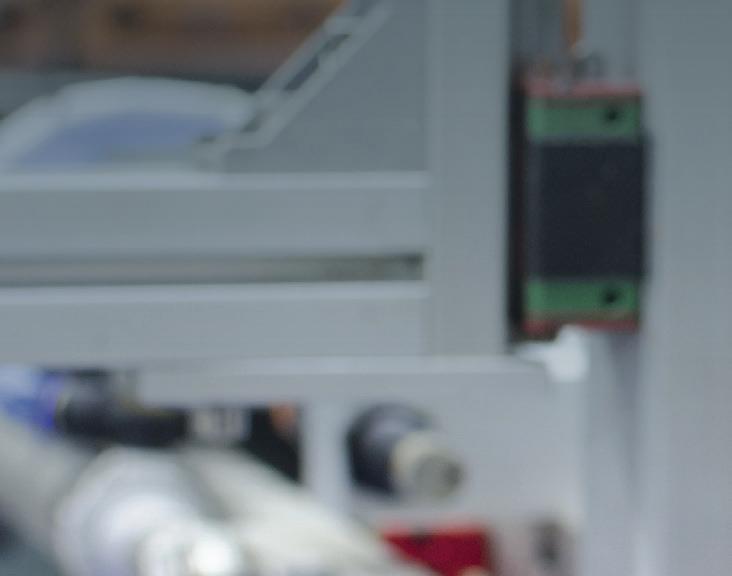
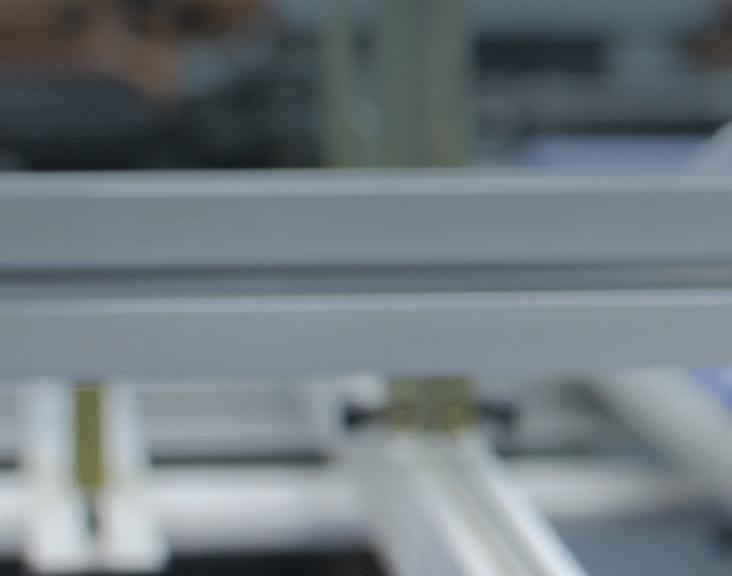
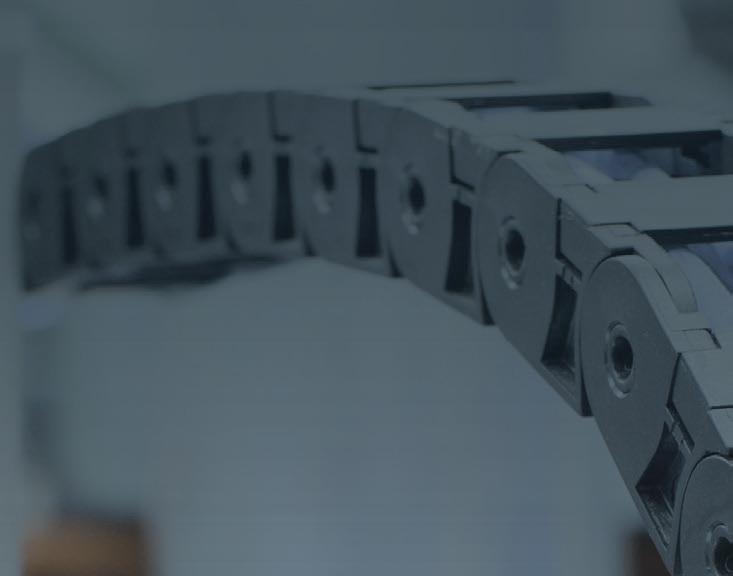



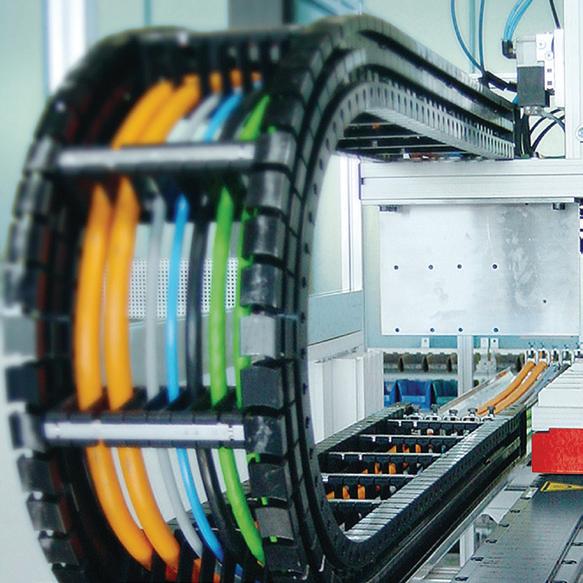

orth American Lighting (NAL), a Koito Group Company, has been manufacturing automotive lighting systems for vehicle manufacturers since 1983. With eight facilities across the U.S., NAL provides advanced lighting technology, engineering design expertise, and state-of-the-art production capabilities.
North American Lighting manufactures automotive lighting systems for vehicle manufacturers. Assembly production tools are essential to ensure that production continues smoothly.
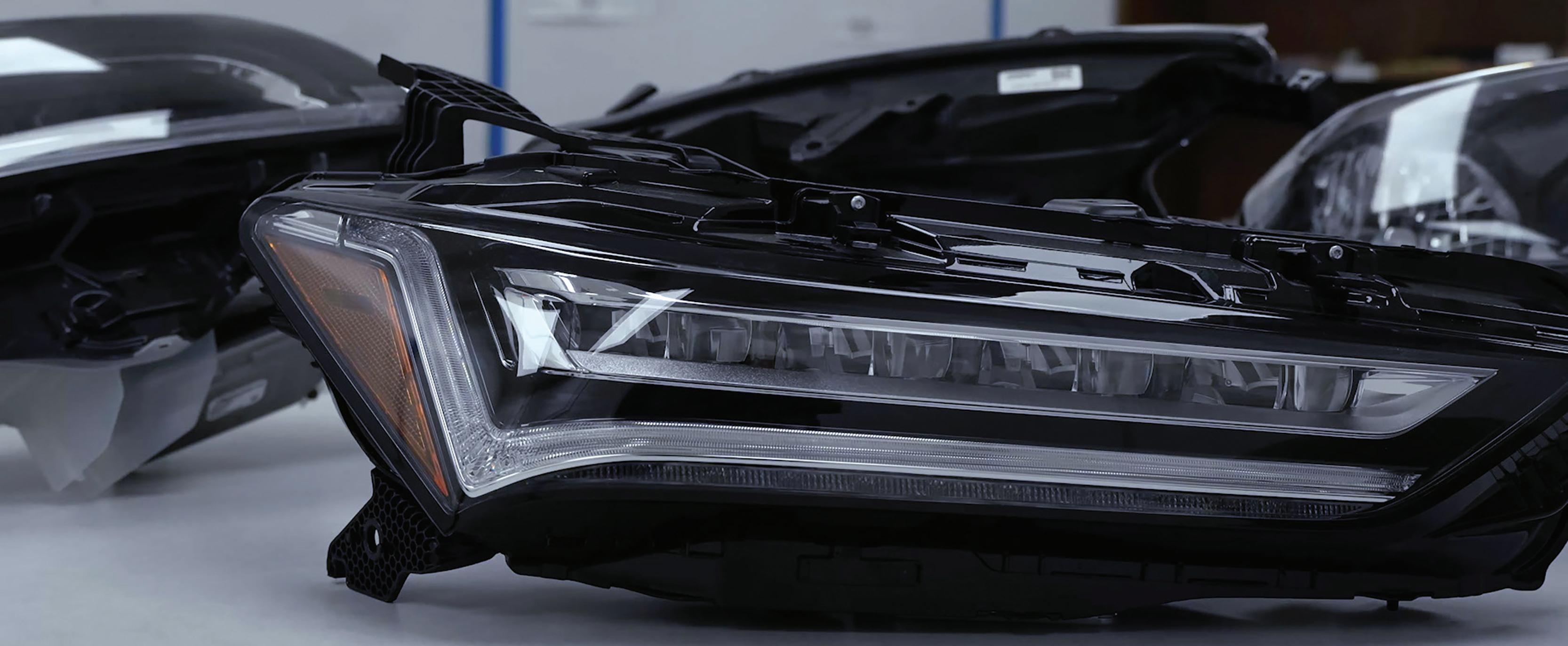
NAL works with some of the largest automotive OEMs in America like Ford and GMC, so speed and precision are critical. To that end, assembly production tools are essential to ensure that production continues smoothly. If a part breaks, that could mean extended lead times and added costs.
Joey Carpenter, production engineering technician, began using 3D printing to bring tooling production in-house and reduce potential disruptions. Carpenter was new to 3D printing when he was introduced to the MakerBot METHOD X series in early 2022. Since then, Carpenter, who handles robotic builds and cycles in new end of arm tools for production runs on new launches, has become the resident expert.
Before 3D printing, Carpenter and his team relied on external vendors to design, produce, and send back parts that they would need. Receiving a new part could take several weeks. This was less than ideal since orders were equently late, forcing them to readjust their timelines.
“Now with a METHOD X in-house, there is minimal wait time,” said Carpenter. “In 12 hours, we have what we need to build an end of arm tool. Not only does this drastically reduce our wait times, but we are also seeing a massive cost reduction. The cost to 3D print a part in nylon carbon fiber is one-third the price of what we were paying for outsourced aluminum parts.”
“In addition, since we started 3D printing, our overhead costs decreased by half because we don’t have to stock up on excess parts,” he continued. “We have reduced part inventory by 50%. Now all of our tool designs are digital so they’re easier and quicker for us to access, iterate, and print as we need. Instead of waiting weeks, we can turn parts around in five days, from design to assembly.”
In the Flora factory, the robots use around 200 end of arm tools a year, which are built in-house. Bringing tooling production in-house allows the team to significantly reduce costs while also saving them tremendous amounts of time.
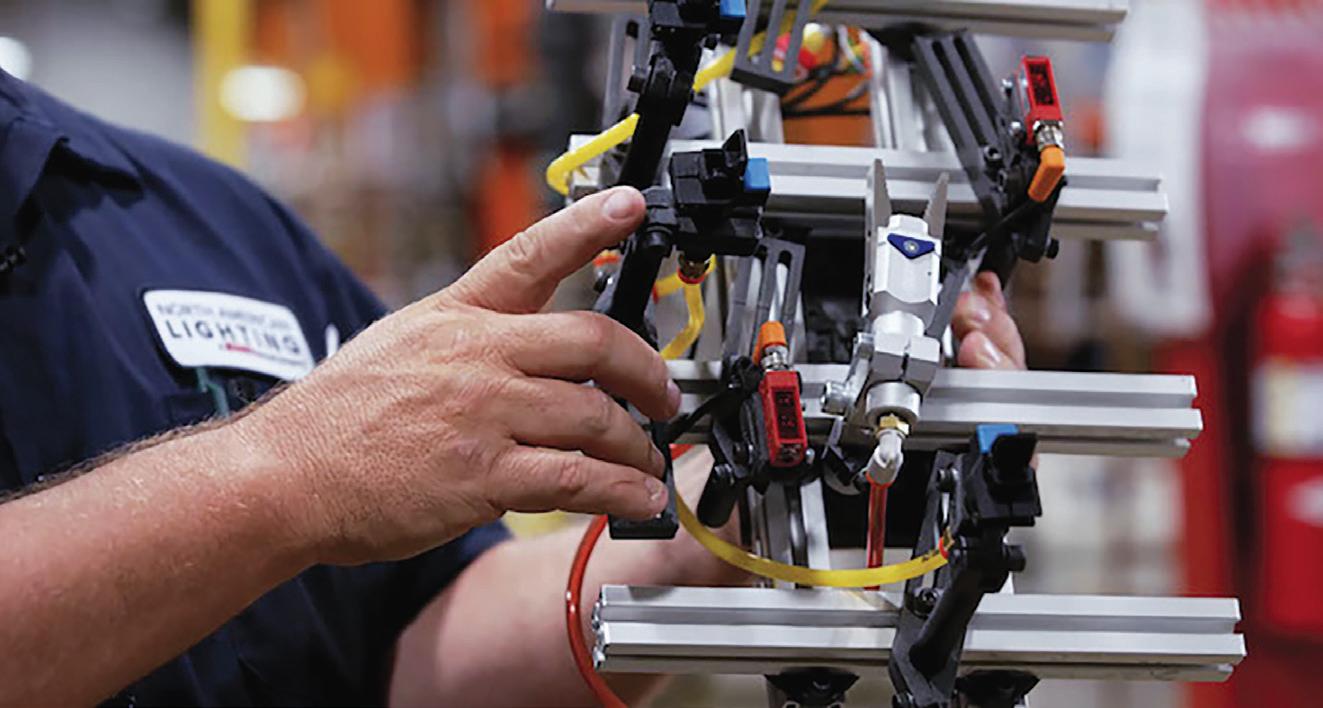
While Carpenter mainly prints end of arm tool parts, he has also found new applications where he can utilize the versatility of METHOD X. “We’ve also used in-house mockups and prototypes for water fittings and parts like that for future use. We prototyped with carbon fiber in house within a matter of three days, rather than outsourcing it which could take a month to get back,” he said.
“We’re finding that it’s very easy to replace aluminum with carbon fiber parts. With weight reduction and durability, carbon fiber is comparable to aluminum,” Carpenter noted. “With the LABS extruder, MakerBot and Jabil materials offered on the METHOD X, the tolerances and the consistency of your prints are far better than you can imagine.”
Carpenter’s team isn’t the only ones using METHOD X at the Flora facility. The Assembly and Lighting team at NAL also began using the printer to produce
nest blocks for the assembly line. The nest blocks go into the tooling on the assembly line and are used to keep parts in place while the machine is working on them. Before METHOD X, the team would have to bring in one of their tool shop vendors to access their needs. They would have to then wait for the vendor to design the part and build it as well as wait for a quote for the part to be approved, before receiving the final product.
“There would be a four-to-six-week lead time before getting a part back,” said Dee Jay Griffith, manufacturing engineering technician. “And the cost would be pretty high— With METHOD X, we’re able to print a full nest for less than 10% of the cost and we’re able to do that faster.”
“The METHOD X and 3D printing helped my workflow by enabling faster lead times and cost savings that comes with being able to print my own things,” Griffith noted. “We’re now able to accomplish what we need to on these assembly lines faster and without having to rely on vendors’ timelines.”
Primarily printed in carbon fiber and
PolyMax PC, the nest blocks are lightweight and durable. Since printing them months ago, Griffith has not yet seen any wear on them. He is also experimenting with different materials, constantly finding things they would like to print. For example, camera mounts, grease tips, leak test seals, and more.
While the teams at NAL are experiencing a significant savings in cost and time when using 3D printing, those are not the only factors for their use of METHOD X. Its ease of use and seamless ability to print carbon fiber as well as other industrial-grade materials with the MakerBot LABS Experimental Extruder have made METHOD X a must-have in their facility.
“We’ve already ROI’d this machine and we’ve only had it for a few months. Just in the savings of what we’ve already printed, not to mention the time we’ve saved doing it ourselves as opposed to waiting for a shop to come in to get it done,” said Griffith.
“I work for a multi-billion-dollar company and can afford any 3D printer out there but yet we have five MakerBots in house right now and there’s a reason for that,” Carpenter concluded. DW
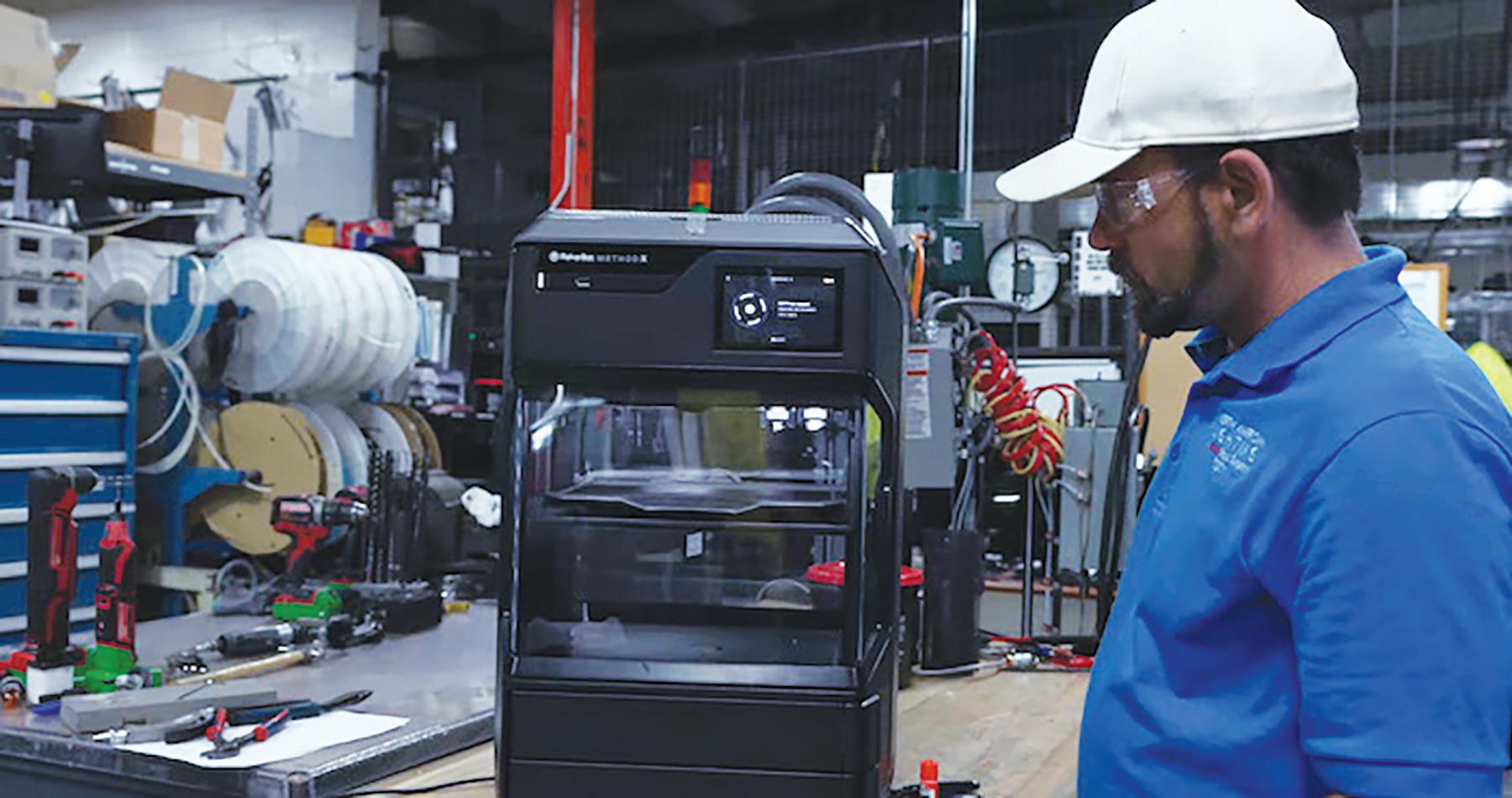

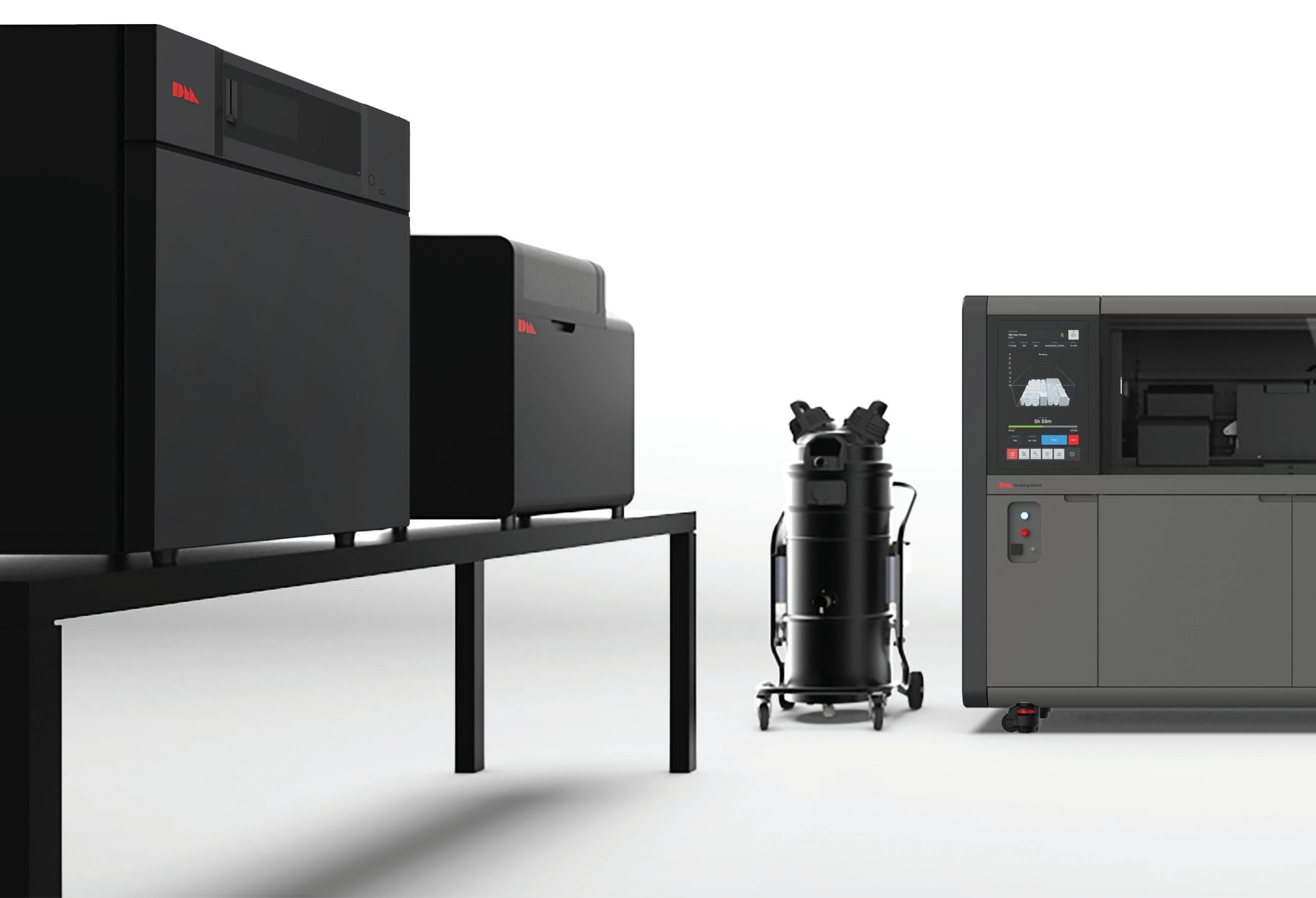
esktop Metal announced two upgrade packages on its Shop System, offering new flexibility, functionality, and value for this metal binder jet system. The Shop System+ and Shop System Pro offer new options for materials and controls.
The Shop System+ package enables users to access Desktop Metal-engineered powders and binders at a discount to MSRP, reducing the running costs of their additive manufacturing operations and improving their part costs to drive a faster return on investment.
The Shop System Pro package is for high-production users with powder metallurgy expertise who seek not only to optimize

their running costs, but also to enable specific applications or cost structures by leveraging proprietary or third-party powders. This Shop System Pro package includes all the benefits of the Shop System+ package as well as additional process flexibility through new features, such as custom printing and spreading parameters and bi-directional printing for the Shop System Printer and custom sintering profiles for the Desktop Metal Furnace.

Featuring the highest resolution and most advanced single pass print engine in the binder jetting market, the Shop System is a complete end-to-end solution for producing complex, end-use metal parts that includes:
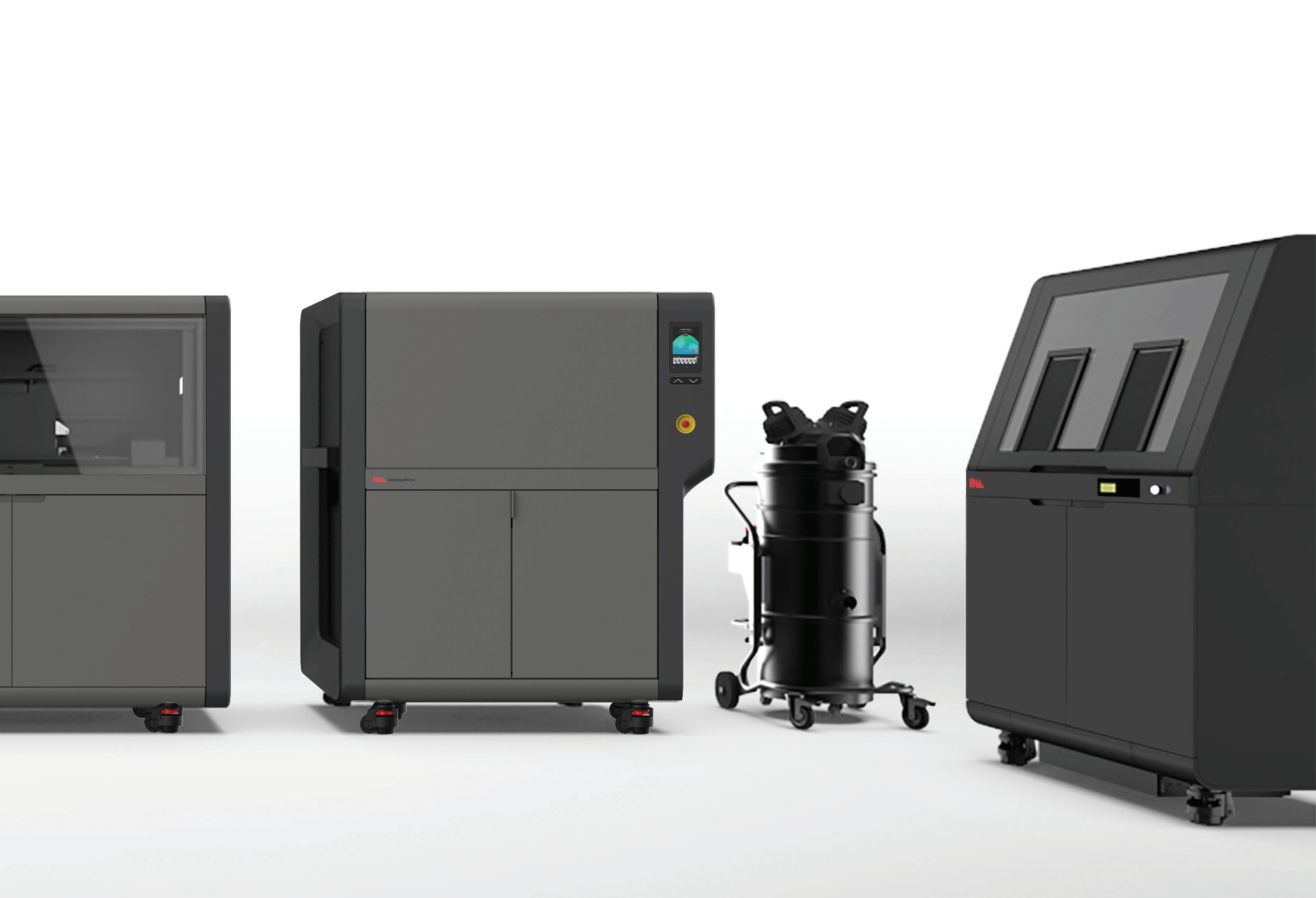
• a binder jetting printer with 1600 native dpi resolution and 5x nozzle redundancy,
• a drying oven for hardening green parts prior to depowdering,
• a powder station for depowdering parts with built-in powder recycling,
• a furnace designed for accessible, industrial-strength sintering,

• integrated powder handling accessories and workflow,
• Desktop Metal-engineered binders and powders, and
• Desktop Metal so ware for build preparation and sintering simulation.
This turnkey solution, designed with the modern machine shop in mind, seamlessly integrates with existing shop operations and makes it easy for businesses to get up and running with binder jetting in days instead of weeks or months. DW

aterialise has acquired Identi 3D, a company that develops so ware to encrypt, distribute and trace the flow of digital parts across complex supply chains. Data security and integrity have become top of mind for companies that want to retain control over their design and production data, as they transition om a centralized production model to multiple digital production sites, closer to their customers. The acquisition of Identi 3D makes Materialise’s CO-AM platform the most secure platform for distributed manufacturing.
The Identi 3D product suite encrypts, distributes and traces the flow of digital parts, preventing counterfeits and ensuring that maliciously or inadvertently modified, substandard or uncertified parts cannot enter the physical supply chain. It also allows designers and manufacturing engineers to couple designs with specific production criteria, such as a designated user, a type of machine or material to control the production process and to meet the original manufacturing specifications.
The Materialise CO-AM so ware platform gives manufacturers cloud-based access to a full range of so ware tools that allow them to plan, manage and optimize every step of the 3D printing process. At the heart of the CO-AM platform is a data lake that connects to all production tools and keeps track of what is happening on the production floor. Moving forward, CO-AM will offer the most robust and secure so ware platform to manufacturers that are concerned about protecting their design data, such as prototypes, and their unique production expertise.
The acquisition of Identi 3D allows Materialise to add an additional security layer to CO-AM, making it the most robust and secure so ware platform for manufacturers that are looking to scale
up their 3D printing operations as part of a digital and distributed production environment.
“We believe that the factory of the future will not be a single, central location”, says Fried Vancraen, CEO of Materialise. “Instead, future manufacturing, enabled by smart technologies like 3D printing, will take place at multiple digital production sites, distributed around the world, closer to customers. But this will only be possible when companies are sure that their design and production data remains secure. This acquisition allows manufacturers to secure the flow of digital parts and maintain a competitive advantage.” DW
arbon announced the acquisition of ParaMatters, a software provider for additive manufacturing. This acquisition expands Carbon’s current software capabilities to include topology optimization. Carbon’s technology platform now broadens to enable product design and development teams to create better products in less time using a wide variety of materials and production systems.
The lack of modern design software that can quickly iterate and take advantage of the benefits of additive manufacturing continues to constrain the product development lifecycle. This acquisition addresses this gap and expands Carbon’s generative design software capabilities to enable increased automation and the creation of more complex, higher performance part designs. These benefits build on Carbon’s introduction of Design Engine™ earlier this year which is used by global brands to automate the process of developing latticed parts for production.
“We recognize the critical role software design tools play in our customers’ digital transformation. For far too long, designers have settled for software design tools that adhere to the limitations of traditional manufacturing,” said Phil DeSimone, co-founder and member of the Office of the CEO. “Many design tools of yesterday are not optimized to take advantage of industry innovations, including advanced 3D printing materials and manufacturing processes. Both Carbon and ParaMatters have shared the same vision to provide modern tools to ensure product development teams can create better products in less time.”

Drone-based multispectral cameras can take less than half an hour to scan a 100-acre field.

| Coptrz
Agriculture 4.0 is emerging and requires an expended sensor suite. Agriculture 4.0 refers to systems that employ drones, robotics, the Internet of Things (IoT), vertical farms, artificial intelligence (AI), renewable energy, and advanced sensor methodologies. Agriculture 4.0 is similar to Industry 4.0 in some ways: Where Industry 4.0 is designed to support automation and mass customization of production processes, Agriculture 4.0 is expected to support autonomous operations and mass customization of farming practices across microenvironments. Integrating digital technologies into farming, agricultural operations can target resources needed to increase yields, reduce costs, and minimize crop damage, water, fuel, and fertilizer usage. This FAQ looks at sensor technologies under development for Agriculture 4.0, including wearables for plants and hyperspectral imaging, the EU’s Agricultural Interoperability and Analysis System program, and the security challenges related to wireless sensor networks and the Internet of Things in Agriculture 4.0.
Graphene and fiber optics are two technologies used to develop wearable sensors for plants. Graphene sensors can measure the time it takes for different crops to move water om the roots to the lower and upper leaves. Initially, researchers are using these sensors to help develop plants that use water more e ciently. In the longer term, these graphene sensors on tape (also referred to as “plant tattoos”) are expected to support the design of inexpensive, high-performance sensors for Agriculture 4.0 applications (Figure 1) and help improve the e ciency of irrigation
systems. The process used to make the sensors can produce devices that are several millimeters across with features as small as 5 µm. The small feature sizes increase the sensitivity of the sensors. The conductivity of the graphene oxide in these sensors changes in the presence of water vapor, enabling the measurement of transpiration (the release of water vapor) om a leaf.
Fiber Bragg grating (FBG) sensing technology is also being developed for agricultural applications. An FBG acts as a notch filter that reflects a narrow portion of light centered around the Bragg wavelength (λB) when illuminated by a broad light spectrum. It’s fabricated as a microstructure inscribed into the core of an optical fiber. Unlike graphene sensors, which are an emerging technology, FBG sensors are already in use in several areas, including aerospace, civil
engineering, and human health monitoring.

FBG sensors can be fabricated with high sensitivities, small size, and lightweight. In the case of agricultural sensors, the intrinsic sensitivity to strain (ε), and temperature variations (∆T) of FBG technology are being combined with a moisture-activated polymer to detect relative humidity changes (∆RH) in the surrounding air. In addition, FBG sensors can be multiplexed to support monitoring of both plant growth and environmental conditions in a single device. The FBG designed for agricultural applications consists of three segments, one for ε sensing, one for ∆RH monitoring, and a third optimized for ∆T measurements. It was fabricated using a commercial FBG with a grating length of 10 mm, λB of 1533 nm with a stretchable acrylate coating. The coating protects the FBG and improves its adherence to the plant’s stem.

Multispectral imaging is an established agricultural sensing technology. It can detect subtle changes in plant health before visible symptoms are apparent. For example, a drop in a plant’s chlorophyll content can be detected before the leaves are visibly yellow. Multispectral sensors use the 712 to 722 nm wavelengths (the red edge band) where indications of stress are most easily identified. Multispectral imaging can be implemented using fixed installations where the sensors travel back and forth on a track system in a greenhouse or across an open field. They are also well suited to be carried alo on a drone. For example, in one configuration, a drone-based multispectral imaging system can scan a 100-acre field (at 400- above the found with a 70% overlap) in less than 30 minutes. Some of the benefits of multispectral imaging include:
Early disease detection
Improved irrigation and water management
Quicker and more accurate plant counting to optimize fertilizer application

pest control
Cost reductions om the automation
provide the ideal conveying platform for a variety

them to be carried, located and rotated all

The primary difference between today’s multispectral sensors and emerging hyperspectral sensors is the bandwidth (the number of bands and how narrow the bands are) used to represent the data of the electromagnetic spectrum. Multispectral imagery generally uses 3 to 10 bands to cover the relevant spectrum. Hyperspectral imagery consists of hundreds or thousands of narrower bands (10 to 20 nm), providing greater resolution, and covering a broader spectrum range. Spectral resolution, the ability to capture a large number of narrow spectral bands, is an important feature of hyperspectral imaging compared with multispectral imaging. Other advantages of hyperspectral imaging include:
• Higher spatial resolution and the ability to discriminate smaller features,
• Higher temporal resolution and the ability to more quickly sense importantcenvironmental changes such as the need for irrigation
• Higher radiometric sensitivity and the ability to discern small differences in radiated energy
Hyperspectral imaging sensors provide a highly detailed electromagnetic spectrum of agricultural fields, making it a useful tool for detecting smaller and more localized variations in important soil attributes and degradation, as well as changes in crop health and fitness. The
increasing use of sensors in Agriculture 4.0 and the addition of higher resolution sensors such as hyperspectral imaging is driving the use of big data and raising concerns related to data security, data integrity, and privacy. Addressing those concerns is a major emphasis for the EU’s ATLAS program.
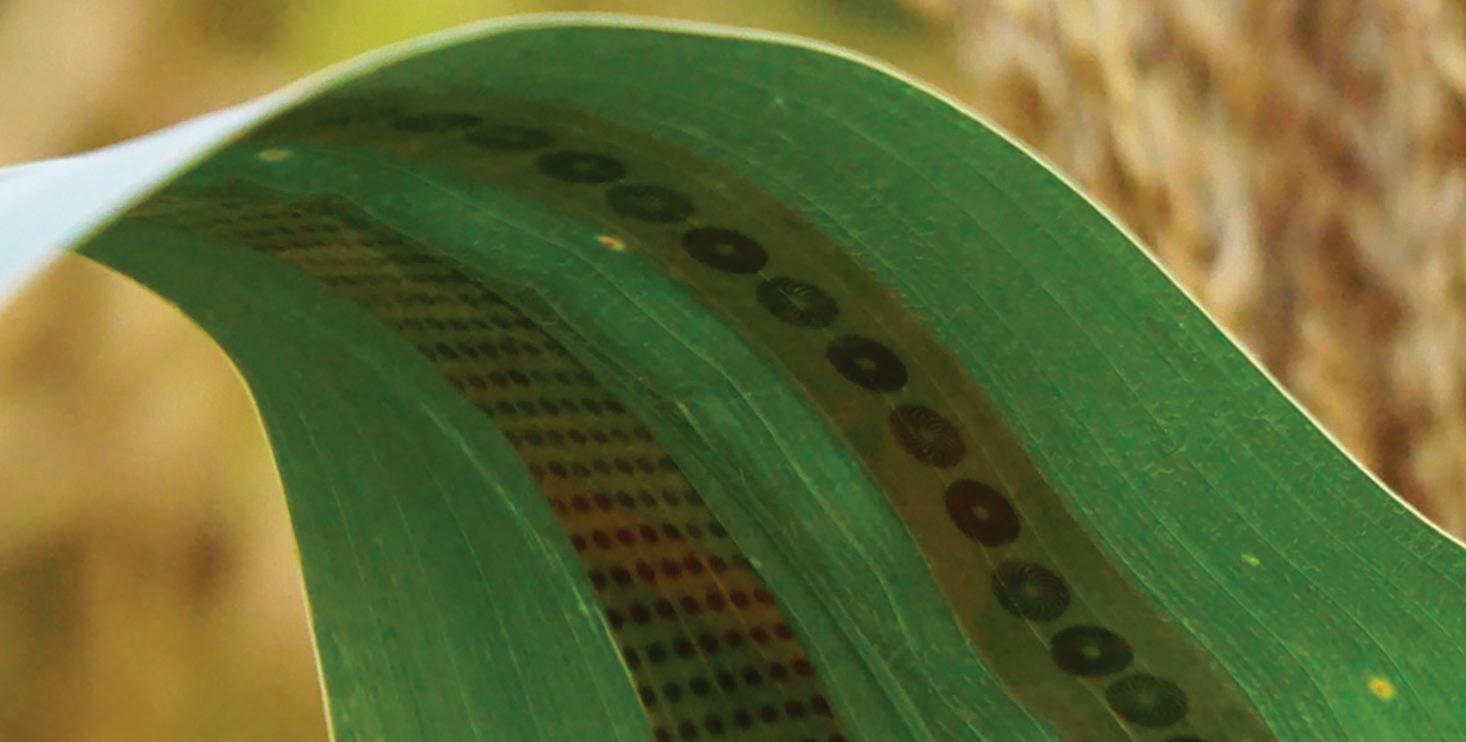
The EU-funded Agricultural Interoperability and Analysis System (ATLAS) project aims to develop an open platform to support innovation and Agriculture 4.0. ATLAS is one of the EU’s Horizon 2020 research and innovation programs. The Fraunhofer Society is managing the project. It addresses the current lack of data interoperability in agriculture by combining agricultural equipment with sensor systems and data analysis. The resulting platform is expected to support the integration of hardware and so ware interoperability om various sensor systems and ampli the benefits of digital agriculture. ATLAS aims to develop an open interoperability network for agricultural applications and build a sustainable ecosystem for innovative data-driven agriculture (Figure 2). ATLAS is building on networks of in-the-field sensors and multi-sensor systems to provide the big data needed to realize Agriculture 4.0.
The ATLAS platform is expected to support the flexible combination of agricultural machinery, sensor systems, and data analysis tools to overcome the current lack of interoperability and enable farmers to increase their productivity sustainably by using the most advanced digital technology and data. ATLAS will also define layers of hardware and so ware to allow the acquisition and sharing of data om a multitude of sensors and the analysis of this data using a variety of dedicated analysis approaches. The program will demonstrate the benefits of Agriculture 4.0 through a series of pilot studies across the agricultural value chain and end by defining the next generation of standards needed to continue the growing adoption of data-driven architecture.
Wireless sensor networks and security Wireless Sensor Networks (WSNs) and Internet of Things (IoT) solutions are extensively used in Agriculture 4.0, providing numerous benefits to the farmers. However, the interconnection among diverse sensors and network devices, which can contain unpatched or outdated firmware or so ware, creates opportunities for network insecurities and opens various attack vectors, including device attacks, data attacks, privacy attacks, network attacks, and so on.
The increasing use of automation and even autonomous operations to improve yields also raises safety concerns. In addition to ATLAS, the European Union’s Horizon 2020 research and innovation programs focus on developing network tra c monitoring and classification tools for use in Agriculture 4.0 systems. Effective tra c monitoring is expected to play an essential role in protecting assistants and users om the impacts of network attacks. Network tra c analysis and classification tools are being developed for Agriculture 4.0 based on Machine Learning (ML) methodologies to help mitigate the threats to WSNs and other IoT-connected assets.

The deployment of Agriculture 4.0 relies on the increasing use of WSNs to improve yields and reduce costs for farmers. It also requires the development of new sensor modalities, such as plant wearables using graphene-based and FBG sensors, and the expansion of existing sensor modalities, such as the move om multispectral to hyperspectral imaging. The EU’s ATLAS program is designed to improve interoperability and realize the maximum benefit om the growing diversity of sensor and data analysis technologies. Improvements in network security will also be essential to ensure data security, integrity, and privacy in Agriculture 4.0. DW
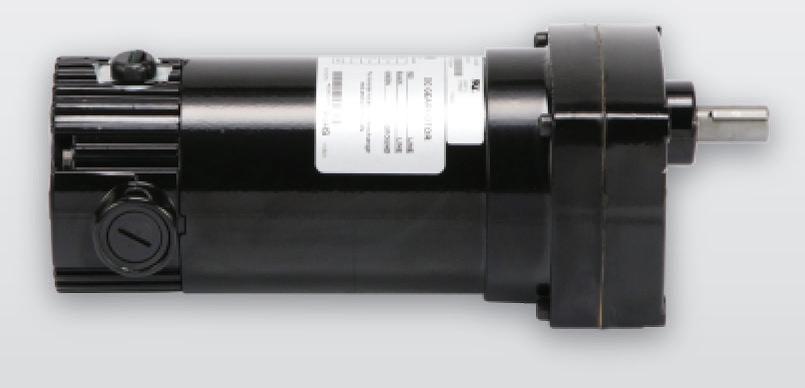
References:
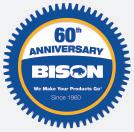
5 Ways to Use Multispectral Imagery in Agriculture, Coptrz
Advances in hyperspectral sensing in agriculture, Special Agriculture 4.0 Agriculture 4.0 and Smart Sensors.

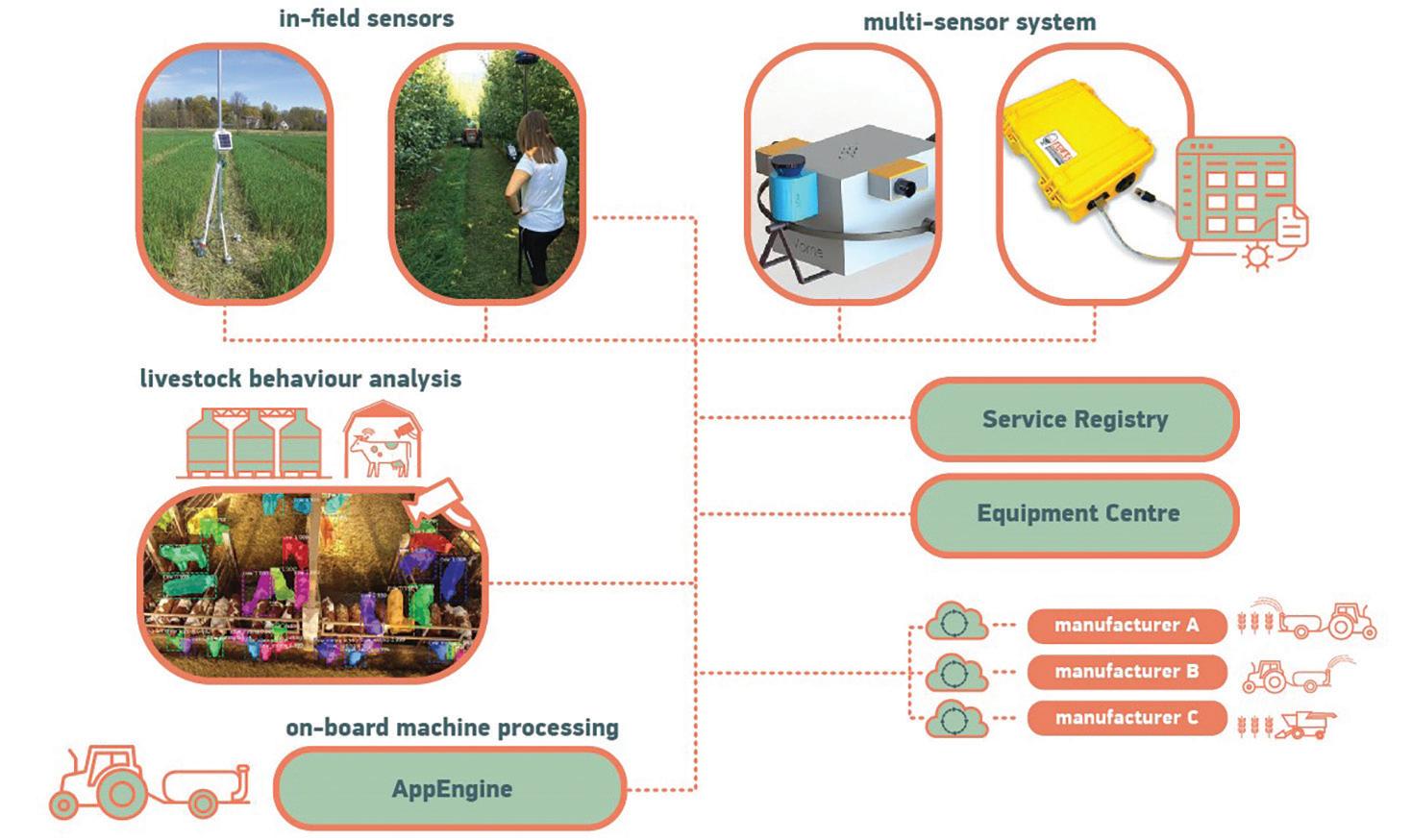
The Scientific Evolution of Digital Agriculture: Challenges and Opportunities, MDPI sensors
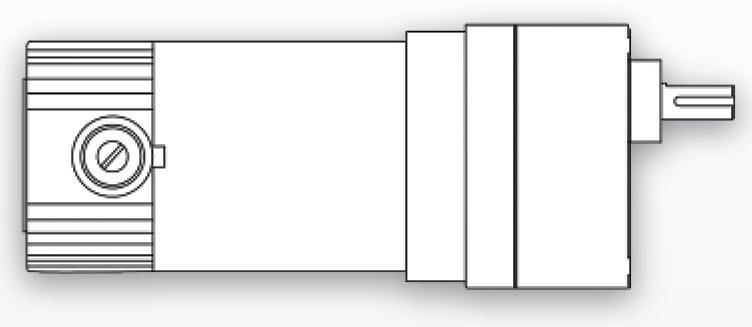
ATLAS, Agricultural Interoperability and




Figure 2: EU-funded ATLAS project is developing an open platform to support innovation, automation, and data-driven Agriculture 4.0
Analysis System, ATLAS Engineers make wearable sensors for plants, enabling measurements of water use in crops, Iowa State University
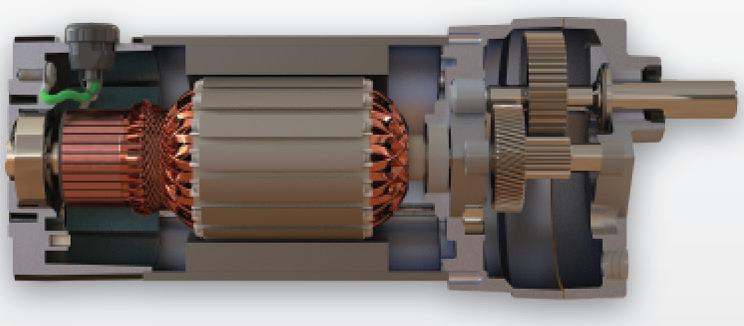
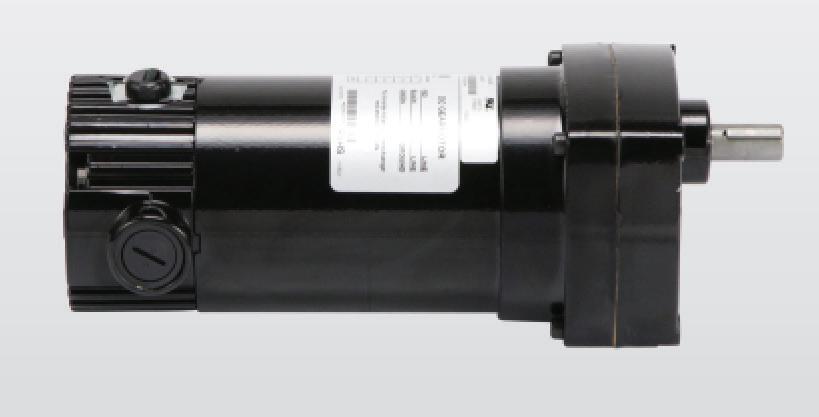
Plant Wearable Sensors Based on FBG Technology for Growth and Microclimate Monitoring, MDPI sensors Precision Agriculture Technologies and Factors A ecting Their Adoption, US Department of Agriculture

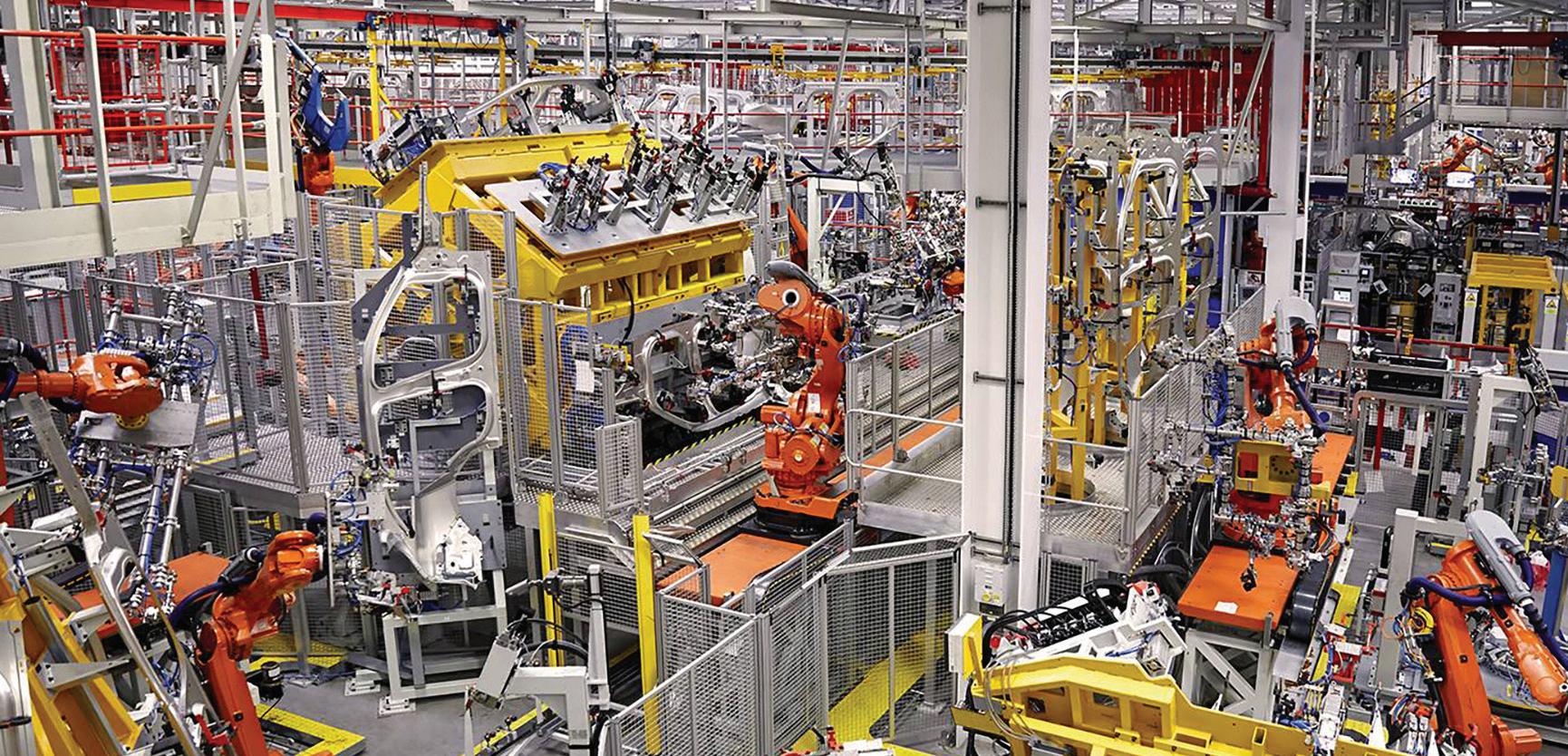
Global supply chains are buckling under the strain of demand and constricted logistics capacity. Adding inflationary forces to these issues, it’s no wonder an increasing number of OEMs are embracing Industry 4.0 to make their manufacturing processes more aware, predictive, and autonomous.
The shi om Industry 3.0 to Industry 4.0 involves a convergence between information technology (IT) and operational technology (OT). Connecting OT systems to an IT network allows a more detailed view of individual equipment and creates a comprehensive view of the entire ecosystem, simpli ing management, and operation. Besides allowing machines to be largely operated autonomously without human supervision, Industry 4.0 creates higher value when data collected om intelligent sensors and actuators connected to equipment leads to better decision making, as well as to the “learning” that’s now possible with artificial intelligence (AI) and machine learning (ML). These benefits explain the explosion of interest in Industry 4.0.
The Industry 4.0 is being applied across industrial sectors. Here are three ways to embrace this exciting paradigm shi :
• Artificial Intelligence
• Network Connectivity
• Device Cybersecurity
AI is all around us. Industry 4.0 uses AI to analyze sensor data to track equipment usage, improve workflows, streamline logistics, increase safety, and achieve higher overall e ciency across OT and IT operations.
One promising category for AI is providing intelligence for autonomous robotics. Autonomous robots are increasingly finding their way into warehousing, manufacturing, agricultural operations, and civil engineering. AIdriven cobots reduce labor costs and increase productivity by continuously working around the clock without fatigue or breaks. In addition, safety is improved in hazardous environments, and insurance and injury leave costs are reduced significantly.

As AI continues to advance, problem solving and learning analytics will enable autonomous robots to be responsive to their environment with minimal or no human feedback. For example, think of the thousands of manned forkli s operating in warehouses and port terminals. Forkli s are labor-intensive, expensive to maintain, and dangerous. As an alternative to a forkli , AI can be applied to an automated guided vehicle (AGV). Freight is picked using a barcode reader. The AGV then automatically reroutes itself with the eight on-board to the best path through the warehouse using wireless routers and industrial switches. Sensors assure no collisions occur with obstacles or employees.
The potential for autonomous robots using these devices is virtually endless. In the agricultural market, for example, industrial Ethernet switches are being deployed in robotic uit picking devices that can delicately grasp a single strawberry without bruising. The switches are also connecting and transmitting data in robots capable of
automatically targeting and eliminating weeds using thermal energy while rolling through agricultural fields. Also, industrial managed Ethernet switches are incorporated in an upgrade kit that transforms trench excavation equipment om the likes of Caterpillar, Volvo, Hitachi, John Deere, and Komatsu into autonomous robots operated remotely on a laptop.
With the growth of Industry 4.0 technologies, operational networks are continually going through expansion processes, requiring the same type of bandwidth allocations and in astructure support as the enterprise network counterparts. Furthermore, as Industry 4.0 is trending towards an increased focus on AI for big data analytics and cloud computing for process and control information collection, connectivity and connection points have become a critical piece in the industry 4.0 puzzle.
Ethernet is the technology of choice for operational networks, thanks to its standardization, versatility, and low cost. Ethernet thru TCP/IP-based communications now range om AI cloud-based processes to legacy bus systems that can interconnect the smallest application using just one twisted wire pair. In a recent development, the IEEE published a standard for 10 Mbit/s (IEEE 802.3cg) important to Industry 4.0 that allows transmission distances up to 1000 meters (3280- ), therefore holding the potential to replace virtually all fieldbuses currently in use.
One of the main components underpinning Ethernet connectivity is the Ethernet switch. Managed and unmanaged Ethernet switches are staples of Industry 4.0 architectures able to transmit data between connected

As AI continues to advance, problem solving and learning analytics will enable autonomous robots to be responsive to their environment with minimal or no human feedback.
devices and wider networks in a way that is secure om outside threats.
Industry 4.0, for all its benefits, makes “Industry” an appealing target for cyberattacks. The expanded attack surface gives bad actors the opportunity to move laterally across a network, jumping across IT and OT systems for industrial espionage, intellectual property the , IP leakage, or even production sabotage. For this reason, cybersecurity best practices must be acknowledged as one of the pillars to a successful Industry 4.0 strategy. Adopting this risk-based security mindset includes:
• Recognizing that every connected device represents a potential risk, therefore, you must maintain a real-time inventory of all OT assets and monitor the network for devices that have been added without authorization.
• Identi ing and monitoring who can access devices. Implementing secure password policies that prioritize length over complexity will help prevent unauthorized network access.
• Taking a security-first approach to the deployment of any new connected devices. Require new devices go through verification before they can gain access to the network and proceed to communicate with other devices.
• Performing real-time vulnerability assessments and risk-based prioritizations to spot potential threats. Regularly scanning the network will identi suspicious communications or content, malicious so ware, improper access, and any signs of access control manipulation.
• Fixing any outdated systems, unpatched vulnerabilities, and poorly secured files.
• Implementing multi-factor authentication whenever possible.
• Segmenting networks and restricting host-to-host communication pathways.
• Ensuring that device suppliers commit to regular security and so ware patches and audits.
• Involving, not just informing, the C-suite of the cybersecurity process.
Cybercriminals attack the low-hanging uit; they will look for easy targets and then work their way deeper inside the perimeter. In the case of Industry 4.0, the “low-hanging uit” are connected OT devices, especially those with decades-long life cycles, an inability to patch systems due to stability concerns, and a lack of basic cybersecurity features such as user authentication or encryption. This threat environment has been further heightened by device vendors jumping into the industrial market om the IT space with little background into OT cybersecurity.
Before Industry 4.0, OT devices and systems were “air-gapped” to isolate them om risk. That is not possible today. Industrial switches, media converters, and wireless routers must feature robust, DoD-compliant layer 2 and layer 3 security that helps manage network tra c at scale. And why your NAT routers should be able to conceal the identity of an IP address block being used on a network. The device manufacturer you work with
should give administrators the tools they need to build on existing security policies and company standards, such as an Authentication, Authorization, and Accounting mechanism that can track user activities while limiting essential controls to employees who require them.
Source: Henry Martel, Field Application Engineer, Antaira Technologies
Antaira Technologies www.antaira.com
The Symphony Pro platform addresses the design verification challenges of complex mixed-signal systems-onchip (SoCs). It supports new and advanced Accellera standardized verification methodologies with a comprehensive and intuitive visual debug cockpit, resulting in productivity improvements of up to 10X compared to legacy solutions.
Next-generation automotive, imaging, IoT, 5G, computing, and storage applications are driving strong demand for greater analog and mixed-signal content in next-generation SoCs. Mixed-signal circuits are increasingly ubiquitous — whether integrating the analog signal chain with the digital- ont end (DFE) in 5G massive-MIMO radios, digital RF-sampling data converters in radar systems, image sensors combining analog pixel read-out circuits with digital image signal processing, or feeding datacenter computing resources with data using advanced mixed-signal circuits to deliver PAM4 signaling. Mixed-signal circuits enable lower power, area, and cost while delivering ever-improving performance figures.
Increased application of digital control, digital calibration, and digital signal processing techniques in modern mixed-signal chip architectures is driving a paradigm shi in mixed-signal

verification methodologies toward more digital-centric approaches. The Symphony Pro platform — built on the Symphony and Questa Visualizer platforms — extends the rapid deployment of industry-standard Universal Verification Methodology (UVM) and Unified Power Format (UPF) driven low-power techniques into the mixed signal domain by offering fast simulation performance in a unified environment for exceptional throughput and capacity.
Modern mixed-signal SoCs integrate analog circuits with logic gates operating at very high clock speeds. This high equency bi-directional signal flow at the boundary of analog and digital pushes the limit of manual debug methodologies impacting the overall time-to-results. Symphony Pro Visualizer MS environment offers a seamless debug experience across the entire mixed-signal design hierarchy with comprehensive analysis, automation, and ease-of-use for increased productivity.
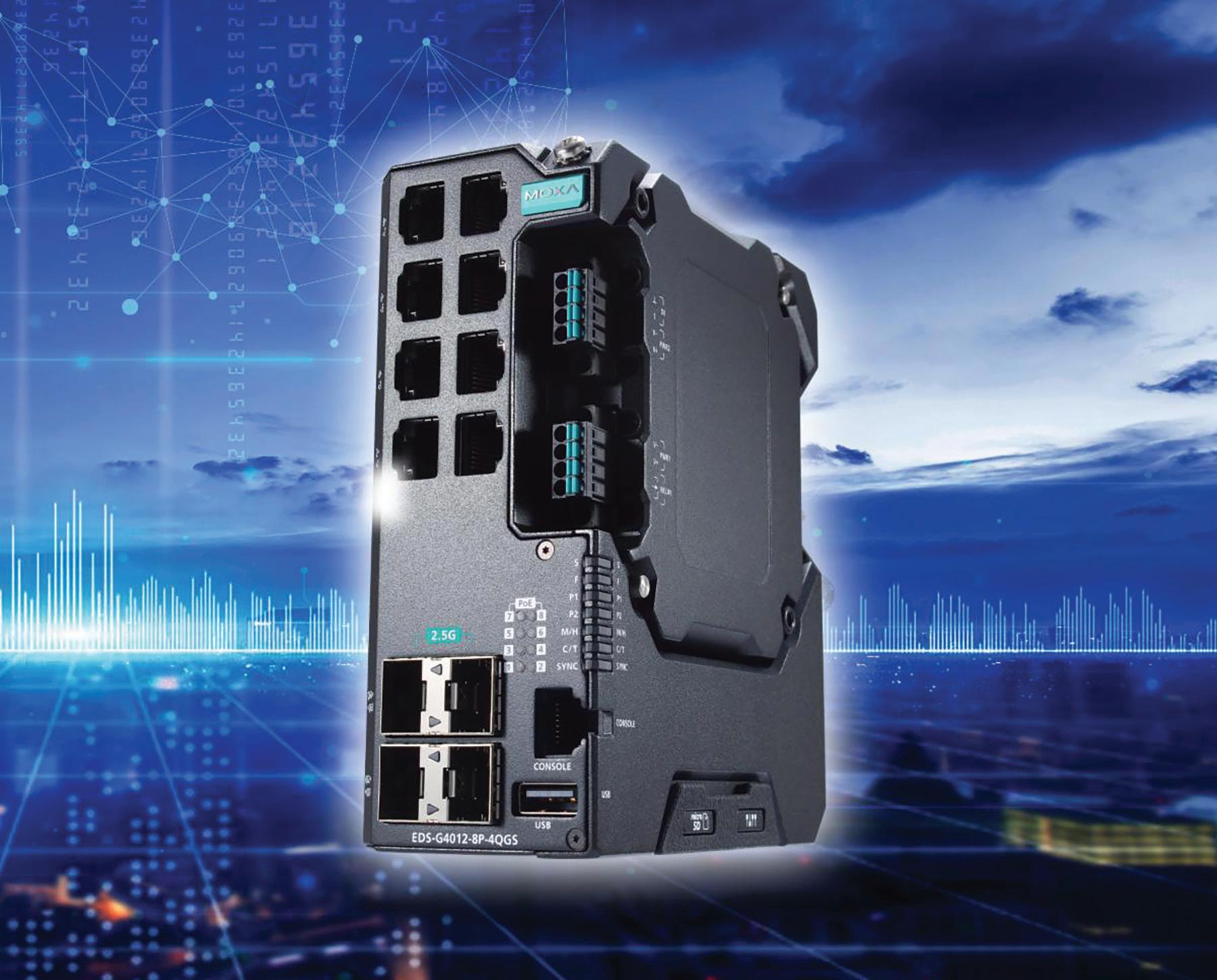
The pandemic has changed business interactions, turning face-to-face encounters into remote, digital-centric communication. Two changes that factories implemented as precautions against COVID-19 are now being pursued for different reasons: to achieve greater productivity and cost savings. Yet both may also increase network vulnerability to cyberattacks. Those changes are:
1. Accelerated Shi to Automation: Labor-intensive factories are speeding up the transition to automated assembly lines. At first, this was to minimize the impact of employees being unable to go to work due to the pandemic. Today it is being done to reduce operational costs and improve quality. However, as automation requires more devices to be connected to the Internet, the risk of cyberattacks has increased immensely.
2. Scaled Up Information Security: Previously, all production equipment and personnel were located within the factory. However, during the pandemic, factories began to be operated remotely. When people work remotely, the cybersecurity measures within the factory need to be extended to cover any connected devices that employees use as these devices are particularly vulnerable to cyberattacks.
In response to increased risks, Jesse Ku, an industrial control system cybersecurity expert at Moxa who is also IEC 62443 certified, has proposed a five point “S.M.A.R.T.” cybersecurity strategy:
Scan to secure: Within the cybersecurity field, scanning is one of the most common methods to enhance security and is o en the most effective protection. By regularly scanning the computers and control equipment in a factory with antivirus so ware for viruses, unplanned updates, and malware, the risk of attacks can be greatly reduced. With work- om-home now more common across the manufacturing sector, this first line of defense must
be extended to connected devices employees use remotely to ensure total coverage.

Manage security architecture: It is essential that factory networks are stable and easily manageable. The defense-indepth concept preferred by information security experts, which consists of multi-layered security control protocols, is o en overlooked due to its complexity. However, as factories continue to invest heavily in automation, cybersecurity management becomes a necessity. This includes network segmentation involving setting up a firewall between the automation equipment and the management server.
Accelerate patching: In the past, there were two main guiding principles for factory operation: ensure the safety of personnel and maintain stable production. Unfortunately, so ware updates provided by equipment manufacturers are o en ignored if the production equipment remains functional. This oversight in security patching can have catastrophic results as the so ware remains vulnerable to breaches.
Remote control security: Working om home is the new normal, requiring the remote connecting of PCs, laptops, tablets, and phones to company servers. This presents significant
cybersecurity concerns. Connection security and authentication mechanisms, such as multi-factor authorization (MFA) and user authentication, should be implemented to significantly reduce the threat of cyberattacks. Teach employees: The most secure network requires the participation of each individual who accesses it. By educating all employees on the significance of network security via appropriate training courses, the reasoning behind certain decisions will be better understood and increasing the likelihood that new security policies are followed. Furthermore, armed with a full understanding of the changes to come, employees can smoothly adapt to the new security amework and regulations.





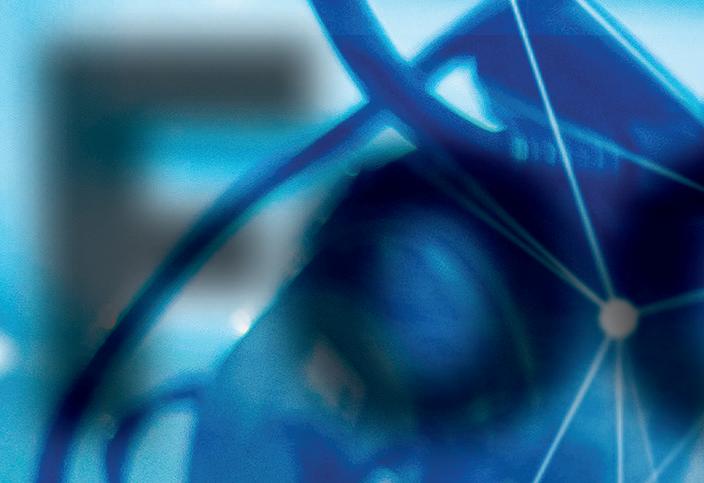



 Miles Budimir | Senior Editor
Miles Budimir | Senior Editor
Embedded motion control is a term that can mean a few di erent things depending on the context. In fact, there are a number of ways that this combined system of motion components including drives, controllers, motors and encoders are referred to in embedded designs. A good place to start is to examine how these di ering terms are used and what they refer to. Especially over the past several years, embedded systems in general have found their way into the motion control space, with terms such as embedded motion, embedded motion control, and embedded motion controller commonly used in product descriptions. Although there are no standard definitions for these terms, they all refer to some level of integration of motion control components for the purpose of making end devices better-suited for applications in which size, performance, and e ciency are paramount.




The term “embedded motion” is most often used when referring to a motor that is an integrated part of the mechatronic system, rather than a separately coupled mechanism. For example, frameless motors (sometimes referred to as “kit” motors) can be integrated into a robot joint, with the load directly coupled to the motor or even integrated into the motor itself.
Embedded motion reduces the number of transmission components required,


which in turn provides higher e ciency and reliability. And in many cases, the drive and control electronics are also integrated into the end device, rather than being mounted remotely on the machine or in a separate control cabinet.
A prime example are frameless motors from Kollmorgen. The company’s TBM2G series of frameless servo motors have features that help to simplify the design of many types of robots in di erent applications including collaborative, surgical, aerospace and defense, among others.
Among other features, the TBM2G series o ers high-performance torque in a compact electromagnetics package. These motors enable robots with lower joint weight, higher loadcarrying capacity, improved energy e ciency, lower thermal rise, and faster, smoother movements.

Frameless torque motors typically deliver their best performance at low speeds but su er at higher speeds. TBM2G motors remove this limitation through advanced windings and materials that deliver high power, torque and e ciency consistently across a wide speed range.
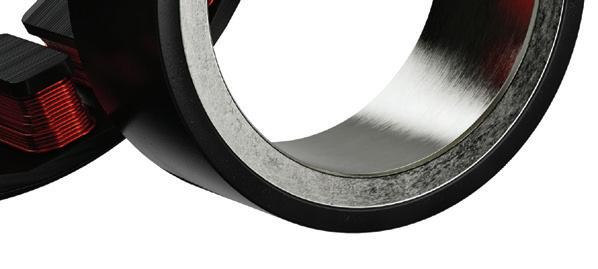

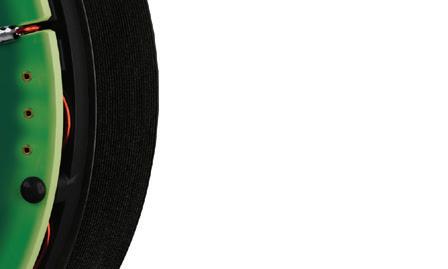
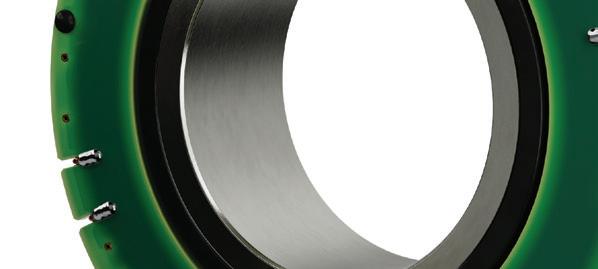

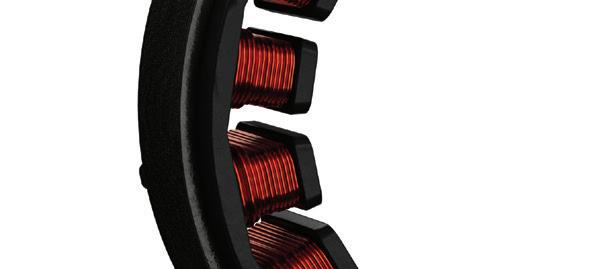

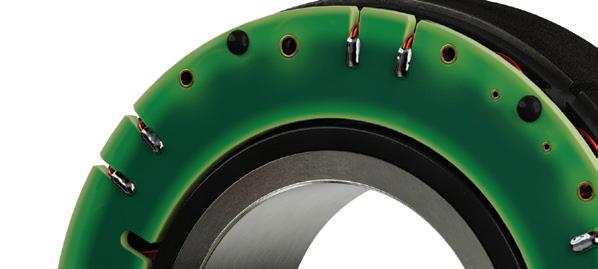
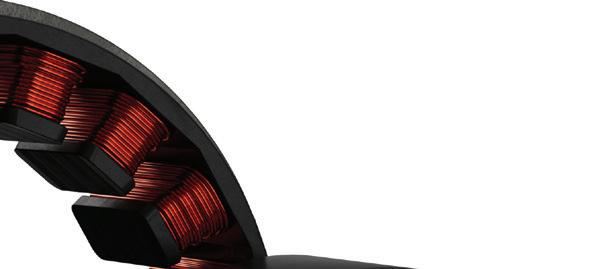

The motors also remove the sizing limitation that engineers often face when using o -the-shelf strain wave gearing, also known in the robotics
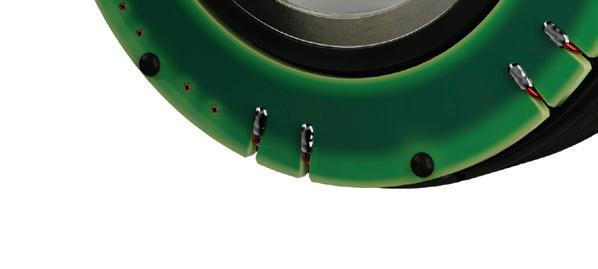
market as harmonic gearing. The TBM2G series motors are sized for a perfect fit with readily available strain wave systems, eliminating the need for extensive customizations that can increase engineering time and cost while potentially leading to supply and quality issues when robots enter full production.
The CM-CPB3-44 EtherCAT controller from Nanotec controls four brushless dc or stepper motors with a rated power of up to 150 W per axis. The controllers include field-oriented torque, and speed and position control, combined with other features such as acceleration feedforward and jerk-limited ramps.

lengths standard
For the broadest appeal, the TBM2G series is available in seven frame sizes with three stack lengths each—a total of 21 standard motors that can be integrated directly into robotic joints and similar embedded equipment. Typical applications are collaborative
robots in the 3 to 15 kg range, powered at 48 Vdc and below. These motors are designed to perform at high speeds without exceeding the 80°C limit typically needed to safeguard humans working in proximity to cobots and to prevent degradation of grease and electronic components. And they’re available with thermal sensor options to meet the requirements of drives and control systems used in the cobot market.
Where embedded motion commonly refers to the mechanical part of the








The TBM2G series of frameless servo motors from Kollmorgen o er high-performance torque in a compact package. The motors are suitable for robotic designs which will lower joint weight, increase load-carrying capacity, improve energy e ciency, and lower thermal rise, leading to faster, smoother movements.

motion system (the motor), the term “embedded motion controller” typically refers to PCB-mounted motion control modules that are integrated directly into the machine. These modules take care of all motion controller functions, such as servo path planning and motion profile generation. The primary benefit of an embedded motion controller is that the system no longer requires remote-mounted drives and PLCs (or other controllers), significantly reducing the length of encoder and feedback cables between the motor and the controller. This means less wiring, better signal integrity, fewer failure points, and better machine performance.
For instance, products such as these embedded controllers from Nanotec demonstrate what embedded control
motion
can o er. The company’s CM-CPB3-44 EtherCAT controller can control four brushless dc or stepper motors with a rated power of up to 150 W per axis. Feedback on the motor position is provided by Hall sensors or incremental or SSI encoders.
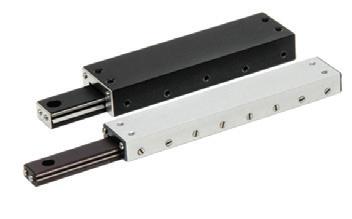
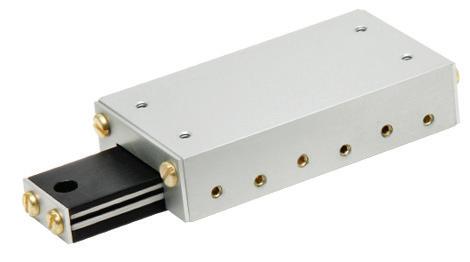
Each axis is equipped with four digital inputs, two outputs, one analog input and one output for a safety brake. Field-oriented torque, speed and position control, combined with other features such as acceleration feedforward and jerk-limited ramps,
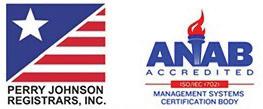

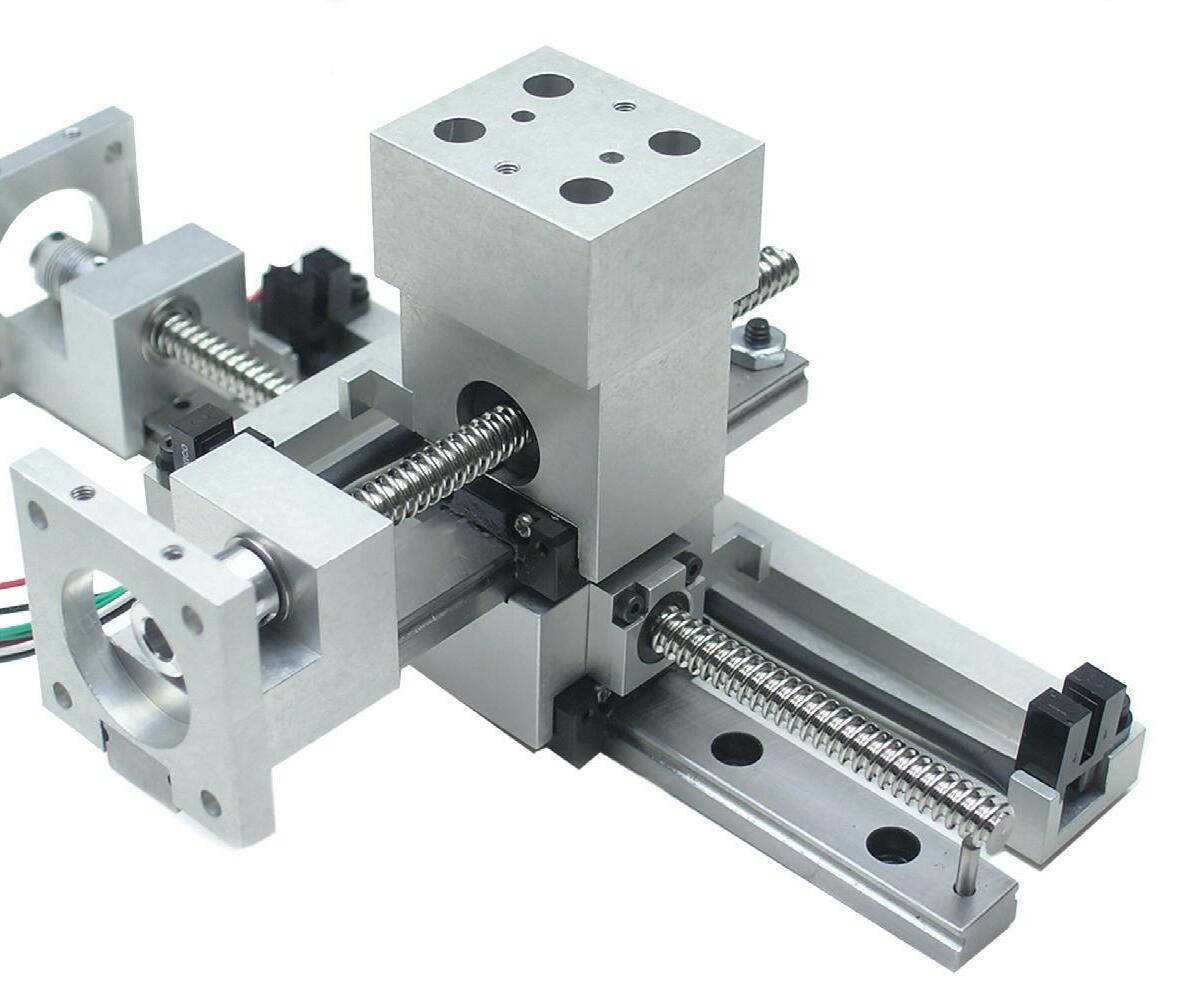
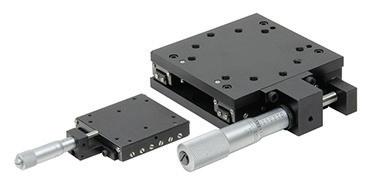

DESIGN.
helps to ensure optimum dynamic performance and cycle time.
This 4-axis controller comes in a version with 3-A peak current for small stepper motors and in a version with 9-A peak current for BLDC motors and larger stepper motors.
The term “embedded motion control” refers to an embedded system that includes the mechanical devices (motor, actuator); sensors or encoders; motion control hardware, software, and firmware; and a network interface. In other words, embedded motion control combines mechanical and electrical components and functionality into one device that has been optimized for size, performance, and e ciency. Because they’re purpose-built (rather than general purpose, like a PLC or industrial PC), embedded controllers and embedded motion control systems significantly reduce development time and simplify programming, allowing designers to focus on the specific motion application and how it operates within the system, rather than designing the motion system from scratch.
There are many examples of integrated control that cover a wide range of specific applications. One
of the most common examples is of so-called integrated motors. These are typically servo or stepper motors that include built-in feedback as well as an integrated drive or controller.
A recent example includes a motor series from STXI Motion. The company’s stepIM NEMA 17 EtherCAT model is the newest addition to the company’s family of integrated closed-loop servo stepper motors.
“The new stepIM NEMA 17 closedloop stepper creates the ability to lose the cabinet and gain design flexibility in decentralized motion architecture applications, where space is a limitation and performance optimization is needed” notes Siegfried Pries, Product Line Manager of STXI Motion.
The series features cost-e ective design and a closed-loop servo control by partner company Servotronix Motion Control. The stepIM closed-loop servo stepper is available in three sizes: short (97.4 mm motor length), medium (105.9 mm motor length), and long (120.4 mm motor length).
The stepIM enhances the performance of stepper motors when compared to conventional open-loop control. The integrated electronics control the stepper motor as a twophase BLDC motor, implementing
The stepIM closed-loop servo stepper motors from STXI Motion feature integrated electronics that control the stepper motor as a two-phase BLDC motor, implementing position servo loop, velocity loop, DQ current control, and additional algorithms.
position servo loop, velocity loop, DQ current control, and additional algorithms. Closed-loop commutation is via an absolute singe-turn encoder, ensuring optimal torque utilization at any speed.
In addition, the closed-loop steppers support decentralized machine architecture by allowing machine builders to get rid of the cabinet and enhance motor performance with no step loss. The integrated design also minimizes component and wiring requirements. The motors can also function as distributed I/O points, reducing machine complexity.
“StepIM stepper motors provide designers high-torque, low-speed capabilities, eliminating the need for a gear while also allowing for high speeds in low torque ranges at an economical price point,” said Pries. Brake and gearbox options are available, providing a complete integrated axis solution. DW



Nanotec | us.nanotec.com



Kollmorgen | kollmorgen.com/en-us
STXI | stxim.com
Rotor Clip is a globally recognized manufacturer of high-quality retaining rings, spiral rings, wave springs and hose clamps. Companies across a broad range of industries rely on Rotor Clip products, value-added services and expertise to build reliable and safe equipment for virtually any application. Rotor Clip operates in the US, UK, Germany, China, and the Czech Republic - providing worldwide service to its customers. Recognized worldwide, Rotor Clip has received numerous quality awards from major OEMs, automotive manufacturers, and distributors. Rotor Clip also produces its products under IATF 16949, ISO 9001, AS9100, ISO 14001, ISO 13485, and TISAX standards.
























































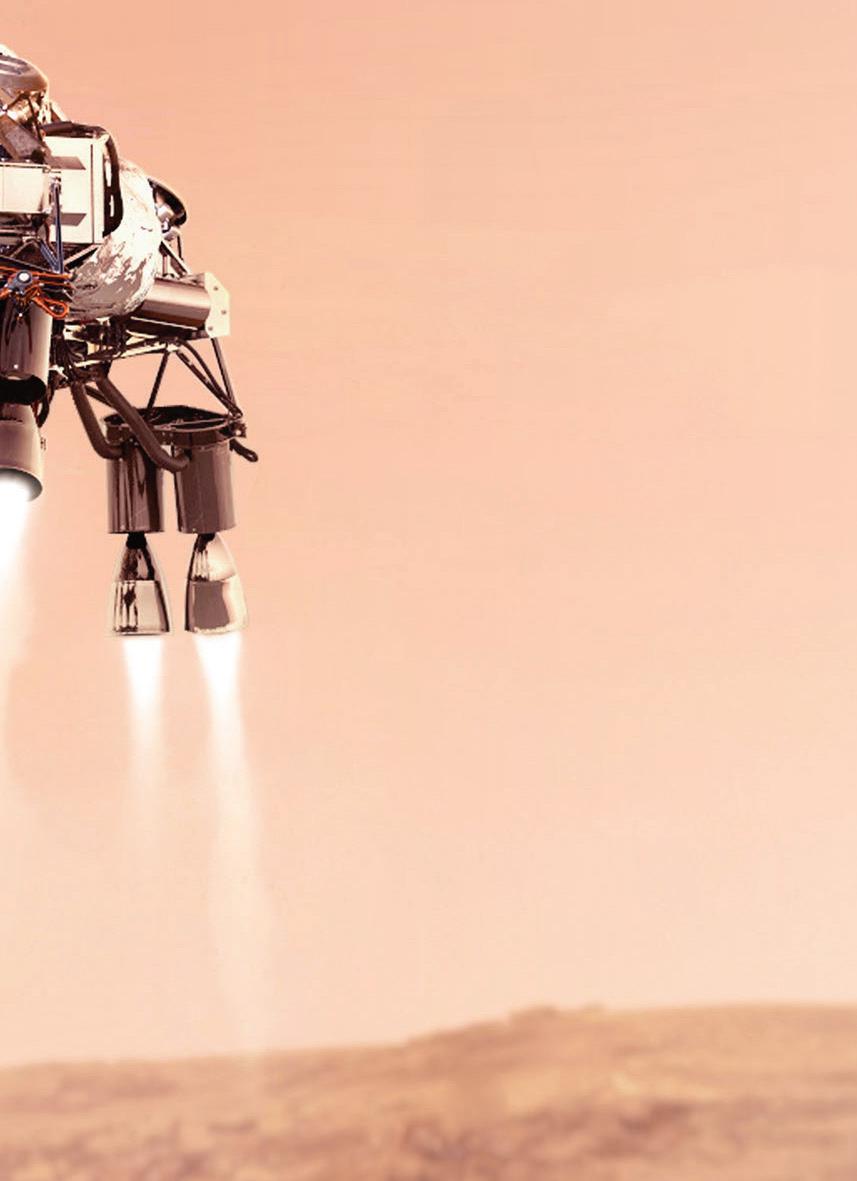

Aerospace applications demand precision linear-motion components. Because failure isn’t an option in space applications, it’s important to choose a motion device supplier known for its innovation, know-how,






s space activity shifts from governmental agencies to a growing industry driven by commercial entities and even startups, the types of spacecrafts and the missions they support are also expanding. This diversifying industry is delivering innovative concepts such as autonomous exploration vehicles, solar sails, internet satellite constellations, space junk removal, and reusable spacecraft, to name a few.

Like many other innovative technologies, all these designs depend on precision motion components that must reliably work as planned once in space.



Although mechanical systems typically behave di erently in space than on earth, it still makes sense to specify standard products as a starting point for a given design before committing to customized motion components. After all, reliability is paramount in space applications … and component-supplier applications engineers have years of experience and application data on all their company’s standard components. Aerospace machine builders can leverage this knowledge to get an optimized suite of stock components, modified components, and fully custom components that will perform reliably in space.
Here are some points for design engineers to consider when specifying three common motion components for space applications.





With modifications to withstand vacuums or temperature variations, IKO crossed roller rotary bearings can reliably operate aboard spacecraft. In fact, IKO can deploy an extensive range of standard linear guides, crossed roller bearings, and cam followers as foundation choices; then its technical staff will complete the motion concept and offer proposals that encompass all the conditions and scenarios one can devise — along with their pros and cons. IKO also supports test engineers to create and execute test plans; help interpret results; and offer expert analysis of failures to devise solutions.
Aerospace-grade linear guides:
Applications for linear guides and rails abound on autonomous space-exploration vehicles. Linear guides on such vehicles must have exceptional metallurgical properties to deliver smooth and accurate motion with good rigidity — and long life. Those linear guides with interchangeable parts let design engineers modify their guides for the unique conditions of space.
Aerospace-grade crossed roller bearings: With modifications to withstand vacuums and low temperatures, these crossed roller rotary bearings can reliably operate aboard spacecraft. For example, crossed-roller bearings support the function of radar dishes on miniature Wifi satellites that send signals to ground-based systems. Their small size also makes these bearings suitable for swivel mechanisms in military surveillance cameras.

Aerospace-grade cam followers: These are widely used to convert rotary motion to linear motion for twisting, turning, and pulling actions. For example, cam followers are well suited for opening or closing antennae or solar
panels such as aboard space stations and satellites. Some cam followers on the market today also feature a small coe cient of friction for excellent rotational performance of various spacecrafts’ outer rings — even those bearing exceptionally high loads.
For all these motion components, aerospace engineers can often start their design work with standard product. This approach is both practical and often the most economical option. With a few modifications for the environment of space, these otherwise stock components can be significantly less expensive than exotic fully custom components that may ultimately prove to be cost prohibitive for the mission.
Following are just some factors to consider when specifying a motion component for space deployment. Many of these considerations include those made when modifying miniature rotary and linear motion components for NASA’s Jet Propulsion Laboratory (JPL) and the Mast Cameras (Mastcams) of the Mars Curiosity and Perseverance rovers. These onboard camera systems create panoramic images for navigation and transmission back to Earth for analysis.
Design requirement one — Operating in a vacuum: While some standard linear guides are made for controlled vacuum environments on Earth, even these require customization to perform as intended in space. Contamination caused by outgassing can present many opportunities for component failure — so components destined for space should not exhibit this behavior. What’s more, traditional greases for lubricating would fail in space due to the extremely cold temperature there (of 2.7 Kelvin or -455° F). For this reason, component suppliers seasoned in aerospace design typically recommend specialty greases or dry-film lubricants for equipment going into space.
The linear guide used aboard the Curiosity rover was given specialized vacuum and cleanroom-style packaging, free of dust, lint, oil, and rust … so the linear guide satisfies the above requirements.







Design requirement two — surface coatings: Lubricating greases and traditional surface protection such as chrome plating may not perform well in space. Fortunately, motion-component application specialists can suggest suitable alternatives. One option for aerospace designs is precision thin dense chromium deposition. Otherwise, if a device will need to interact with lasers or other light sources (and lightreflective coatings are unsuitable) some component suppliers o er dark and flat coatings on their motion components.


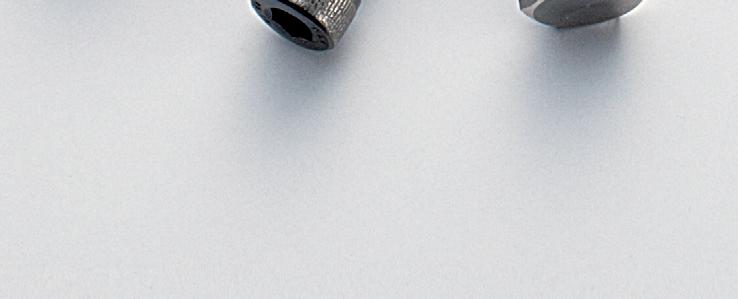
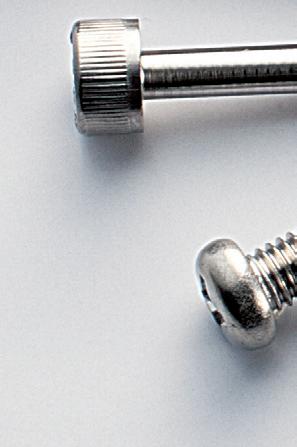





Design requirement three — withstanding extreme temperatures: Excessive heat can cause critical parts within a linear guide or rotary bearing to expand or contract and degrade reliability. So wherever an axis must withstand high temperatures, the design engineer should consult componentsupplier specialists about the material thermodynamics of components under consideration. Di erent materials may expand and shrink at di erent rates. If that behavior might cause a potential problem — say, by closing clearances needed for proper operation or taking a subassembly of its design preload value — the component supplier should be consulted for alternatives.
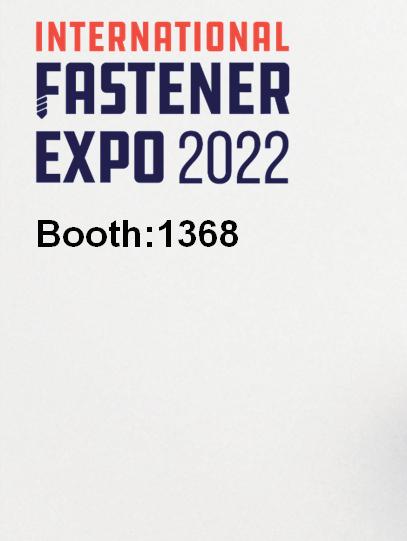







For the Mars Curiosity rover, one linear guide was customized to operate when exposed to high heat … and provide continuously smooth motion down to -130° C. For the latter, the linear guide underwent rigorous low-temperature bench tests prior to launch to ensure it operated with proper clearances. The guide’s ball recirculation and ball retaining features were also optimized to ensure consistent motion even in the face of wildly fluctuating temperatures.


IKO’s LWL miniature linear motion rolling guide incorporates two rows of steel balls arranged in four-point contact with the raceways to provide stable accuracy and rigidity. IKO made modifications to its LWL miniature linear motion rolling guide in conjunction with NASA’s Jet Propulsion Laboratory (JPL) when integrating it into the Mast Cameras (Mastcams) of the Mars Curiosity and Perseverance rovers. This onboard camera system creates panoramic images for navigation which are also sent back to Earth for analysis.
Design requirement four — preventing corrosion: Space applications face a significant threat of corrosion and its detrimental e ects. So, it often makes sense to specify motion components made of stainless steel. Some standard stainless-steel linear guides employing rolling bearing elements are suitable for applications in which corrosion-preventing oils can’t be used. For such situations, some manufacturers can even recommend a nonstandard rust-preventing lubricant to complement compact and lightweight (and therefore space suitable) linear guides.
Design requirement five — reducing weight: Sometimes trimming a few ounces from a spacecraft can mean the di erence between a design being declared unfeasible, and it being successfully built and launched. Lightweight components can also save thousands of dollars in launching fuel costs. Component suppliers capable of customization can often work with designers to reach suitable space performance-to-weight ratios — and can suggest lightening strategies. These approaches might include the selection of a smaller more powerdense product; lightweighting the rolling elements in linear and rotary bearings; and drilling extra holes (between the mounting holes) in linear rails.
Design requirement six — preventing contamination: One lesson learned by engineers of the lens systems for Curiosity’s cameras is that
small mechanisms tend to easily jam. So to prevent contaminants from impeding a device’s accuracy or causing it to prematurely fail, aerospace engineers should consider accessories such as seals, wipers, or cover sheets and end plates that are specially engineered to withstand hostile or corrosive environments.
Consider how the JPL requires systems and components to operate on their own via remote control for their entire mission. After launching in 2011, Curiosity’s two-year mission was indefinitely extended … and it’s still operational today. Linear guides on the Curiosity (as well as miniature linear guides on Curiosity’s successor Perseverance) continue to deliver reliable operation — a testament to the
value of choosing a motion-component supplier that will help engineering teams plan, test, and tailor components to the unique eventualities of space applications.
Supplier design support for space applications When selecting motion components for a space application, engineers should look for suppliers having a deep understanding of motion goals; a large portfolio of products; and the capability to satisfy unique design objectives. Many suppliers focus on one given specialty (rotary or linear motion, for example) and lack a full range of standard products to serve as starting points for honing the ultimate solution. Others o er extensive motion expertise and a wide range of design options to satisfy stringent
Shown here is NASA’s Jet Propulsion Laboratory’s Mars Curiosity rover. The IKO LWL Series bearings used aboard JPL’s Mars Curiosity and Perseverance rovers were outfitted with special reliability features to let them operate for years in space.

requirements; they should be engaged early in the design process.
Through extensive collaboration, suppliers can modify and custom engineer components to make them meet expectations for the operating environment of space. Whether the motion component is intended for flying craft, an exploration vehicle, robotic satellite mechanisms, or ground support equipment, designers of space systems can then be confident that their design will reliably operate for the life of its mission and beyond.
IKO’s ML Series is an example of a standard stainless-steel linear motion guide incorporating rolling bearing elements. It’s a linear component suitable for aerospace applications in which corrosion-preventing oils can’t be used.


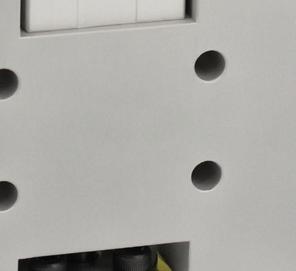

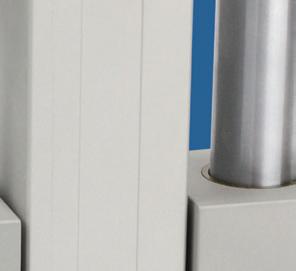
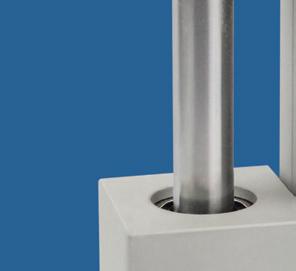
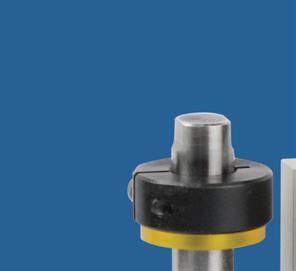
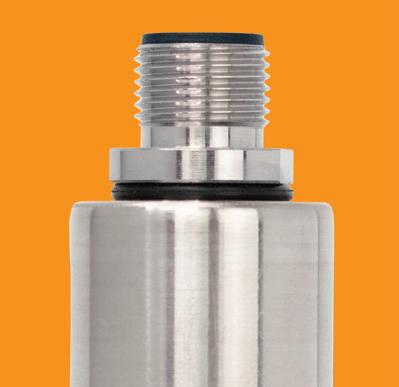
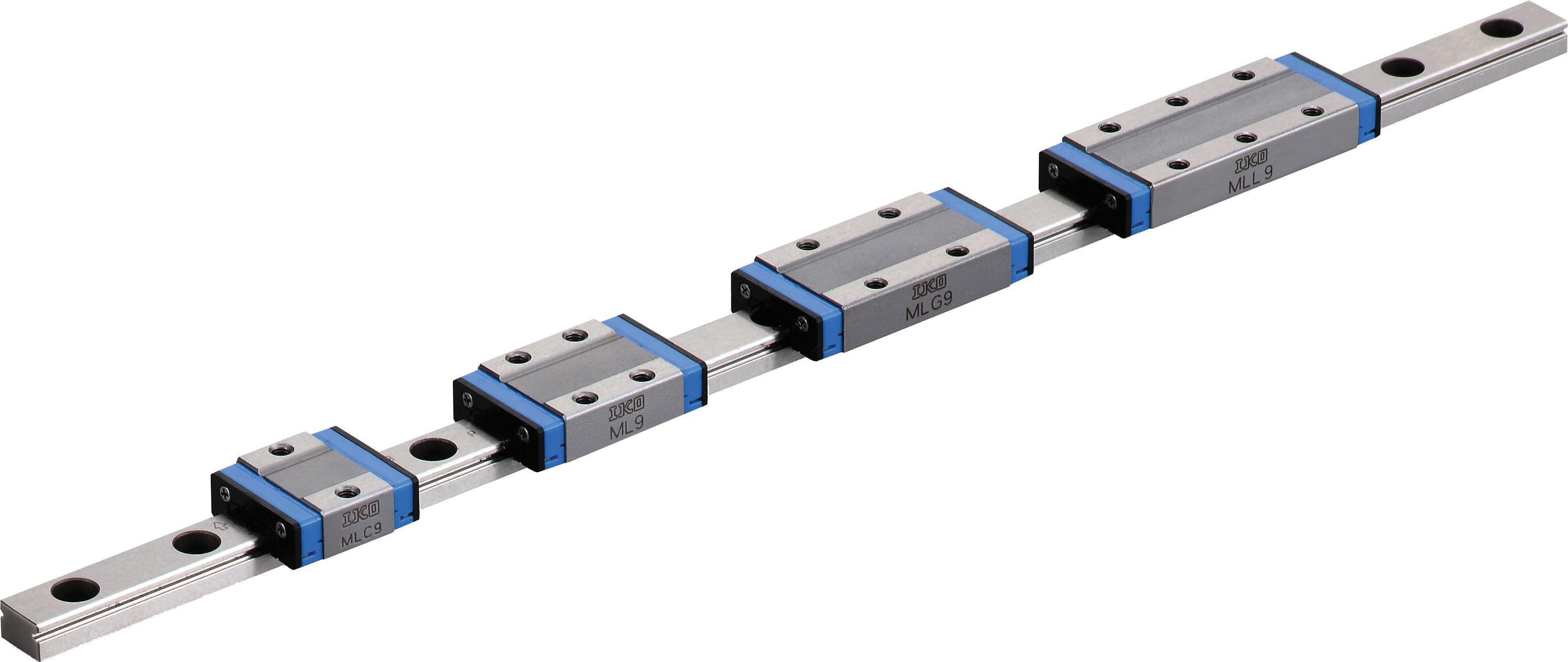
We’ve added two new products to our broad line of cylinders and transducers: our new HB Series thrusters provide the high load capacity you need in a pneumatic thruster. And our new NTS series transducers give highly accurate temperature readings in a low-cost transducer.
Check out these new products, as well as our full range of cylinders, transducers and switches, at nasonptc.com/new.





In the engineering world, 3D scanners were mainly used for reverse engineering. Now, researchers are putting the technique to use in new ways, such as creating objects with unusual shapes. Even your smartphone can act as a pretty good 3D scanner.
While 3-D scanners are far from novel — engineers have been using them to reverse engineer parts for close to three decades — the technology is poised to play an expanding role in areas like product development and mass customization.
One reason for the increased attention: 3D scanners are becoming more affordable and mainstream. Handheld scanners can be traced over objects of all sizes — unlike the mounted scanners first introduced to the market. With a small hardware addition, even iPhones and iPads become effective 3D scanners.

The rise of 3D printing is also tied to the popularity of 3D scanning. Complex shapes can be modeled. The rise of 3D printers now makes printing those shapes easy.
A 3D scanner is essentially a measurement tool. Scanners use lasers, light, or sensors to detect the surface of the scanned object. From there, they generate a set of data points that depict a physical object’s size and shape. Those data points are uploaded into a CAD system and become a 3D digital model of the scanned object. Engineers can then change, analyze, or manipulate the model just as they would any CAD model.
HEXR bicycle helmets are exactly fitted to the wearer’s head thanks to a specialized cap and 3D scanning technology.
| HEXR

iPhone and iPad works with LiDAR to scan objects for 3D printing. | Heges

The most common way for designers to create digital models with complex shapes are with freeform surface modeling CAD tools or with 3D scanning equipment that digitizes physical shapes.
— Sampsa KohtalaEngineers have traditionally used 3D scanners to reverse engineer parts, said Cory Green, 3D scanning product manager at Javelin Technologies, a company that o ers 3D scanning and printing services.
“We hear CAD is not available, not allowed to be shared, is inaccurate, or is incomplete or may not exist or be lost, which is especially true with legacy products,” he said, citing reasons Javelin customers might make a scan of an existing part or product. “They might be looking to the scan to verify part geometry.”
To reverse engineer an object, the company will typically scan an object with the help of software like Artec Studio that creates a mesh model and then transfers the information into a package such as Geomagic for SolidWorks, which turns the mesh into a parametric model of the part.
Hands on design Scanners definitely have their place in an era of increasing digitization. But researchers at the Norwegian Institute of Science and Technology saw a way to incorporate them into old-school style product development — with a twist.
“Today’s 3D printers can create objects in all kinds of shapes. They’re not bound by the traditional geometries that can typically be manufactured. Marrying 3D scanning and printing technology can allow designers to shape products in unique ways to fit user needs,” said Sampsa Kohtala, a doctoral candidate in the institute’s department of engineering design and materials. He was part of a research team that studied how a low-cost scanning solution could be aid early-stage product development.
“A scanner and 3D printer could help designers iterate faster without having to create complex CAD models,” Kohtala said.
“The most common way for designers to create digital models with complex shapes are with freeform surface modeling CAD tools or with 3D scanning equipment that digitizes physical shapes,” Kohtala said. But the tools can be expensive and using them requires specialized knowledge.
“Consequently, these tools are rarely used in the early stages of conceptual design and prototyping,” he said.
“With the increasing availability of 3D printing technology, the investments required for producing complex and organic models have substantially decreased. This cuts the cost of development and introduces new possibilities for complex and organic shapes,” Kohtala and his research team wrote in a paper the researchers presented at the 2021 CIRP Design Conference. The conference, held at the University of Twente in The Netherlands features product development innovations.
Also, an inexpensive scanning setup would give designers back their sense of touch. They could tinker with physical objects created from low-cost materials like clay or cardboard to get to the right shape. They could handle their design and reshape it. Only after they’re satisfied with the part, would they scan it and create its digital CAD model.
Something is lost when designers can’t touch and interact with an actual
physical model, the researchers said.
“In industrial design, the use of various types of physical models in the early stages of the process is important for spatially understanding of the interaction between object and user,” the researchers wrote. “Due to the possibility to interact, these early phase physical design models enable a comprehensive handling of the product’s aesthetic that CAD can in no way replace.”
Also, “traditional CAD models take time and expense to create and are less likely to be changed,” Kohtala said.
“But exploring the solution space through tinkering and experimenting, and making with different materials, can additionally lead to spontaneous discoveries,” according to the researchers. “The need for a simple and quick way to digitize these models in the early phase, without having to geometrically construct this again from scratch, is important and much needed.”
The researchers created a photogrammetry scanner, which uses photographs taken from different viewpoints to compile 3D data. Their scanner only required a camera, a turntable that rotated the object as it was photographed, software that
created a mesh from the captured images, and Siemens NX to add parametric features, noted Kohtala.
They tested their setup with the design of a steering wheel custom fit to the user’s hand. The tester tightly squeezed a clay model of the steering wheel to imprint it with the natural shape of his fingers as he gripped the wheel. The scan was imported into the NX CAD program where designers added features that could connect the customized handles to other parts of the steering wheel.
The researchers then 3D printed the customized steering wheel for further testing and validations, Kohtala noted.
Because the researcher’s scanning technique is so new — and still in development — they can’t yet define when their method could best be used in place of traditional CAD modeling techniques.
“However, the use of curved and non-symmetrical surfaces in our cases, along with
How does the iPad’s 3D scanning functions stack up to that of the Artec Space Spider? Not too badly. | Artec

an iterative and rapid prototyping mindset, led us to prefer the 3D scanning approach in those instances,” they wrote.
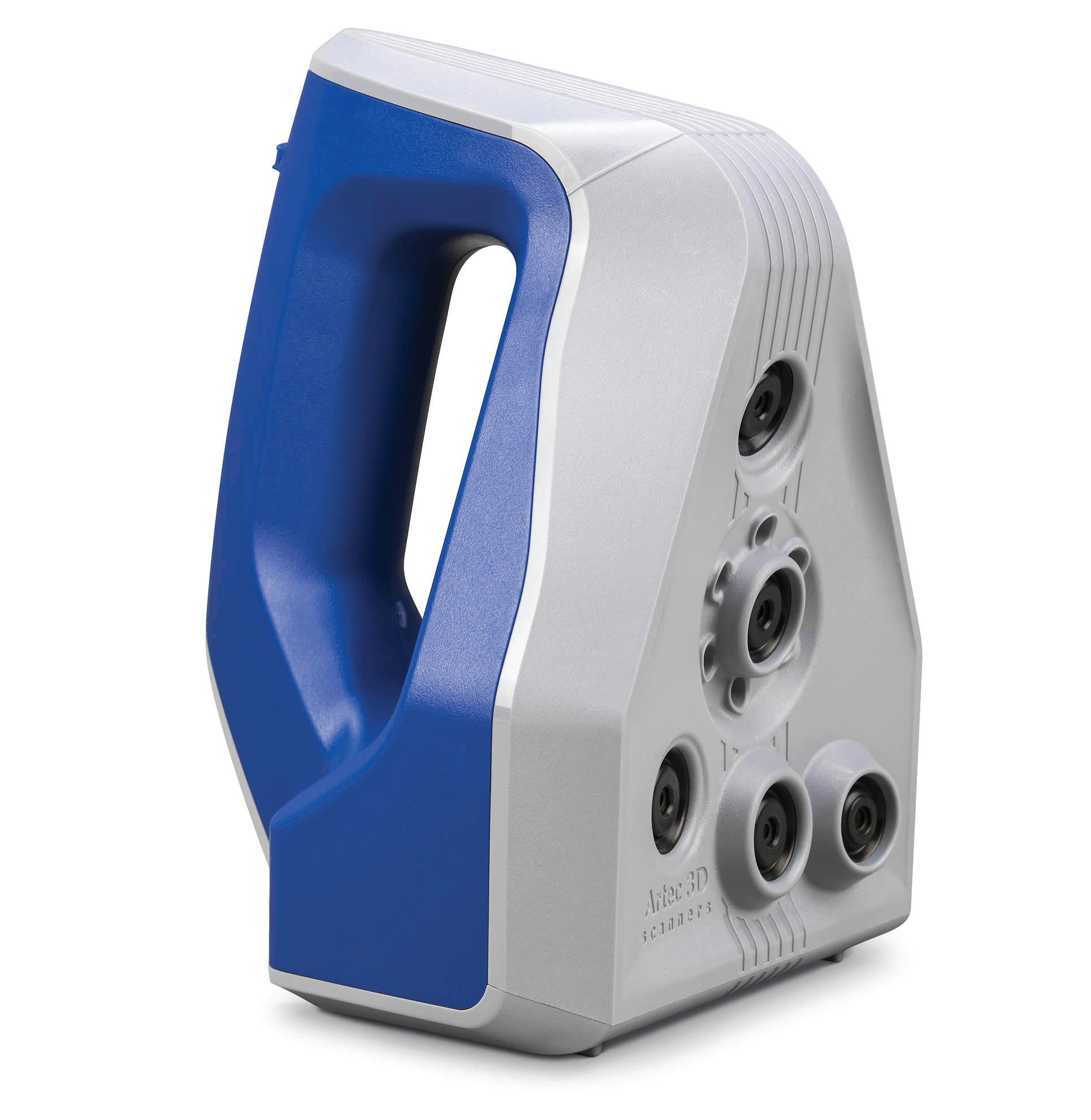
While the Norwegian researchers developed a low-cost scanner that depends mainly on camera, even that might be too bulky and expensive for manufacturers intent on using their iPhones to reverse engineer a part.
Some smartphones now include LiDAR and TrueDepth technologies, which can be used to take 3D scans of small objects. The TrueDepth camera provides depth data by determining the distance from one pixel to another. LiDAR, which stands for Light Detection And Ranging, determines shape and distance by bounding light waves at surfaces and measures reaction time. LiDAR scanners are integrated into the camera modules the back of some higher-end iPhones and iPads.
Last year, researchers from the Fraunhofer Research Institution in Germany and Hamburg University of Technology tested how the scanners on the iPad Pro compared to an industrial 3D scanner, the Artec Space Spider.
For their tests, they scanned various Lego bricks with both technologies and then compared the shapes, says Maximilian Vogt, a researcher in the Fraunhofer Research Institution for Additive Manufacturing Technologies who worked on the project.


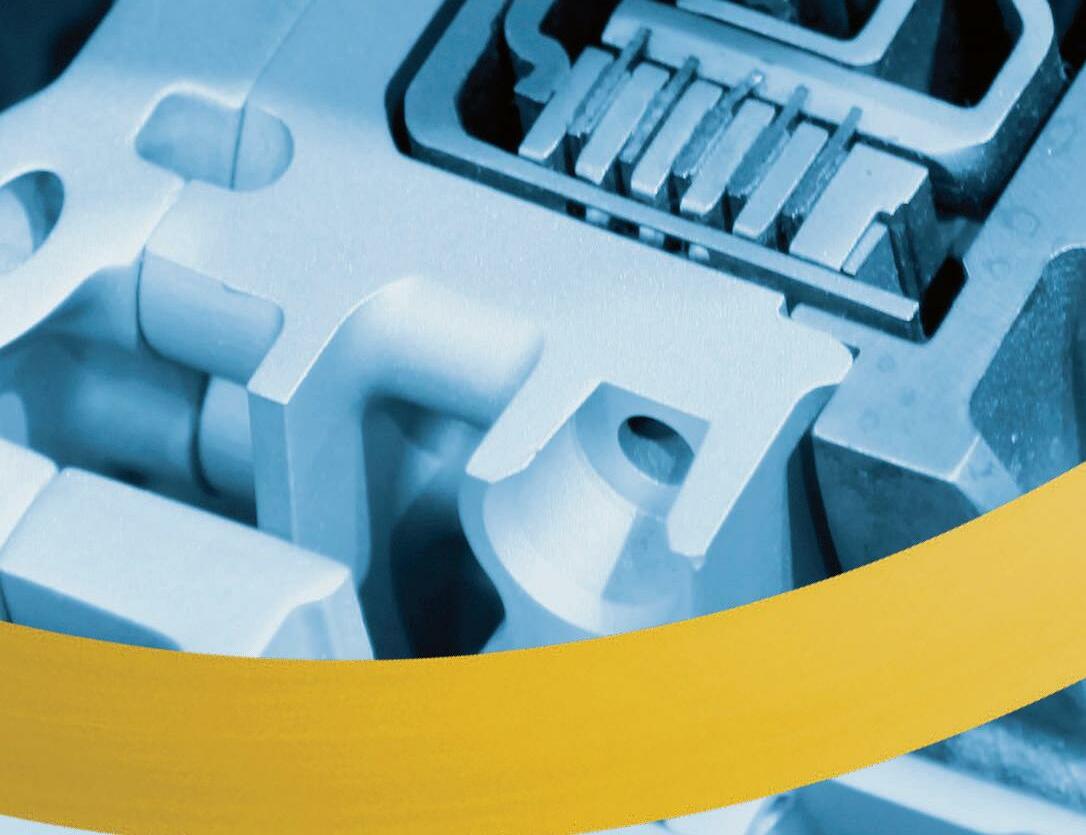

He pointed out that manufacturers could use their mobile devices to quickly obtain 3D data from their customers and then use the scans to customize their products. “This potentially enables time-e cient mass customization,” Vogt said.
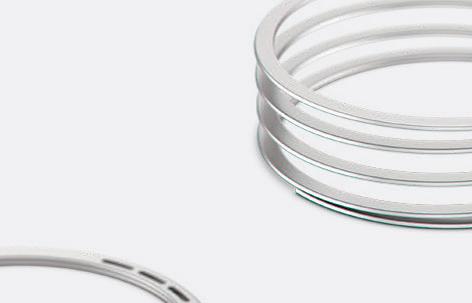

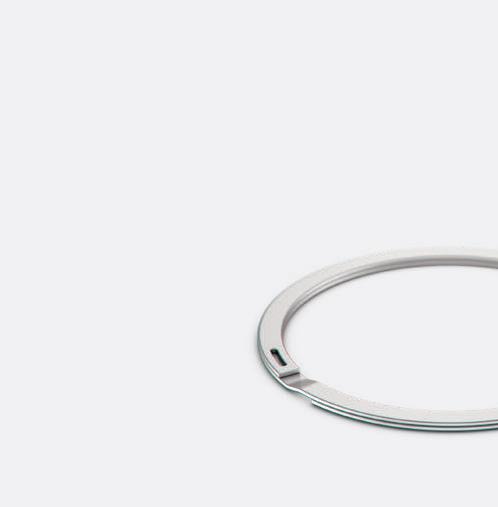
“Basic scanning can be performed by the customers themselves so the manufacturer can o er a product tailored to their needs,” he added.









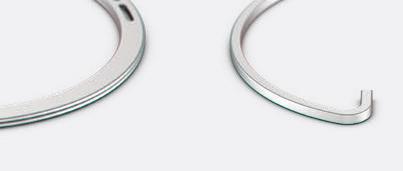
HEXR, which makes 3D printed, custom-fit bike helmet, already uses the business model, Vogt points out. Customers don a special, soft cap, fit it tightly over their heads, and then use a smartphone application to scan the results.

The newer iPads and iPhones features o er “even more possibilities to digitize the real world,” he added.





Apple didn’t necessarily o er those capabilities with 3D scanning in mind. TrueDepth is mainly used for 3D face authentication and recognition, while LiDAR enables new features for augmented reality by accelerating, Vogt said. To scan objects, users need to install an additional application, such as Heges, which exploits TrueDepth and LiDAR.
The application can be used to scan objects and export scans as stereolithography and polygon files, while colors can also be captured. With Heges, a sharing function facilitates scanning, and a one-time payment allows unlimited export of these scan files, Vogt said.
So, did the researchers find the scans taken with the iPads comparable to those from the Artec Space Spider?

Yes and no. The scans taken with the iPad Pro weren’t quite as accurate as those taken with the Artec Space Spider. And the mobile device didn’t pick up certain color ranges well, Vogt says.
But that certainly doesn’t rule out the mobile devices’ scanning capabilities, especially when cost is a factor.



“In principle, the industrial scanner should still be preferred if it is available. The advantage of smart devices, however, is that they are widely distributed among potential customers,” Vogt said. “And the iPad Pro o ers a way to scan at lower costs.”
What’s next, a 3D printing app that prints your scan right from your smartphone? Who knows? With 3D scanning technology available to even the everyday user, expect to see its uses soar in the


Tilting pad journal bearings are used in turbomachinery like turbo compressors, turbo gears, gas turbines, or steam turbines. Demand for bearings with increased load carrying capacity or power density is growing. Certainly, this goal must be achieved without an impairment of bearing functionality and operational reliability.
Stephan Faulhaber and Eckhard Schueler • Miba Industrial BearingsTraditional bearings or better standard bearing designs have their performance limits. All too often, Miba sees these limits reached or even exceeded in turbomachinery applications for numerous reasons. To overcome conservative operational limits, it is helpful to reduce the oil film temperatures. Certain design modifications or optimizations can do this.
An essential prerequisite for safe and reliable bearing operation is su cient lubricant film thickness, which depends on the occurring load, speed, and the lubricant. During operation, heat is generated in both the oil and parts of the bearing. The temperature of the oil and the bearing are critical parameters. An increase in heat dissipation — when heat is transferred from hotter to colder areas — away from the loaded pads or areas of the bearing, is vital to improving bearing performance. It is common practice to accommodate design features to adapt the bearing accordingly.

To increase heat dissipation, engineers often use features like directed lubrication and pad base materials with high thermal conductivity. If this approach is still insu cient, there are geometric options like an increase of the axial length or the bore diameter of the bearing, although such changes could increase oil demand, power loss, and space requirements increase. That is why in some cases, geometric modifications of bearings in operation in turbomachinery are not feasible.
Eddy Groove technology can be used next to traditional design adaptations. Physically robust grooves are machined into a specific area of the bearing material. The grooves are optimized to disturb the laminar lubricant flow where it is then converted into a turbulent flow. This creates a cooling e ect by improving temperature exchange between cooler oil near the shaft and
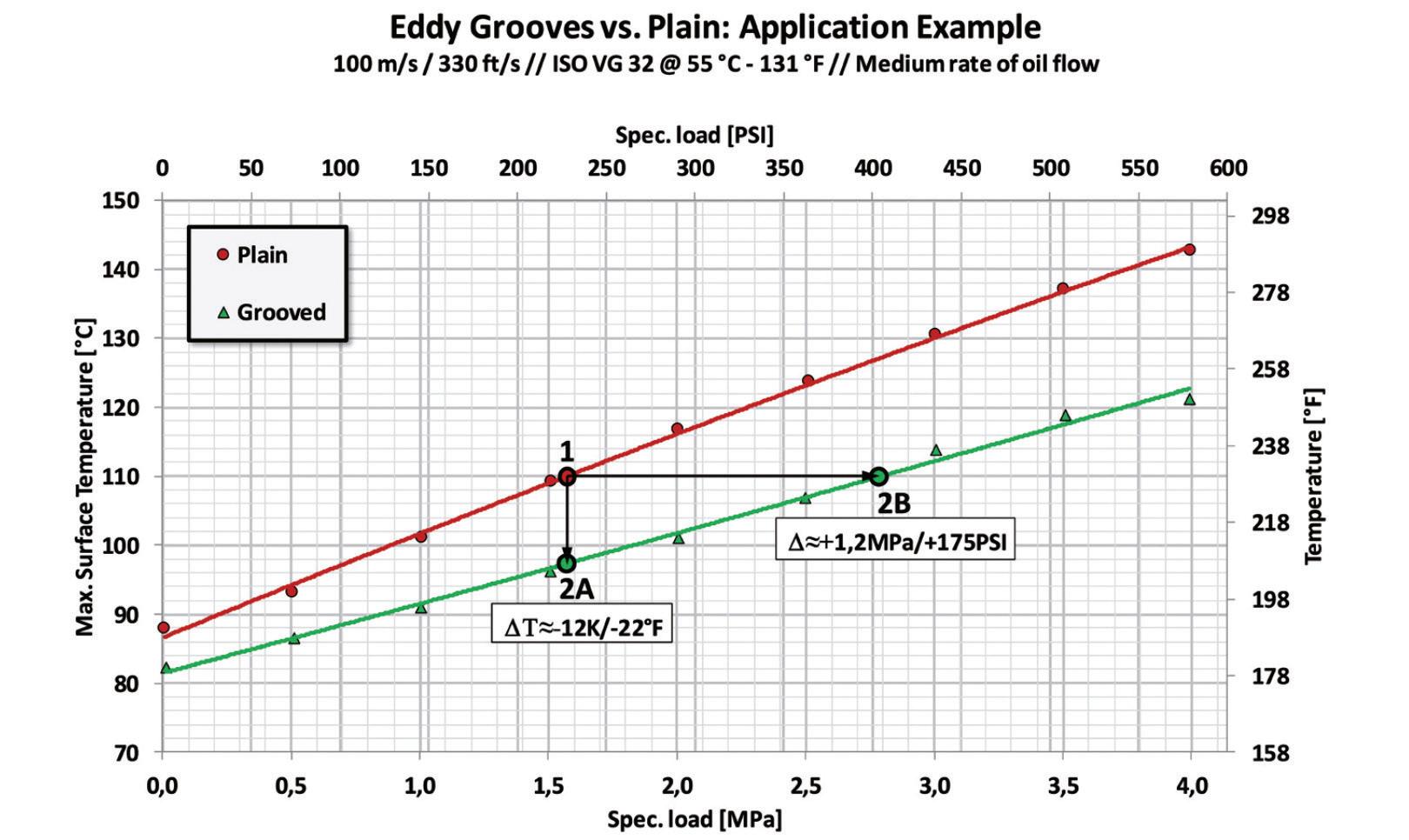
Fig.1: Comparison of the maximum running surface temperatures of a bearing with and without Eddy Grooves at v=100 m/s,Tin=55 °C, and approx. 21K oil temperature increase.
Fig. 4: Miba Industrial Bearing. The Tilting Pad Bearing can be equipped with Miba Eddy Grooves.

warmer oil near the bearing surface. The foundation of this technology is more than 30 years old. Therefore, the possibilities for improvement are clear. It is possible to push performance limits upwards without changing the bearing or bearing housing design — maintaining or even improving the reliability and operational safety of the bearing and the turbomachine.
To investigate the design and position of the grooves, Miba conducted a study (Schüler, E.; Berner, O. 2020) on a journal
Eddy Groove technology could benefit highly loaded bearings that operate near their performance limits. The technology could help increase reliability and slow down the aging of lubricating oil.
Fig. 3: Miba Eddy Grooves increase heat dissipation.
bearing test rig using a 5-tilting pad journal bearing with a 120 mm shaft diameter at a speed of 50 – 110 m/s and a load of 0-4MPa. Temperature sensors close to the sliding surface enabled Miba engineers to determine the maximum temperatures. The results of the study confirmed a significant surface temperature reduction. Figure 1 is a Miba Eddy Groove application example at v = 100 m/s, Tin = 55 °C and medium oil flow rate. With the Miba Eddy Groove modification of the bearing, opportunities arise to either use the benefit solely for a temperature reduction by 12K, increasing the operational safety of the bearing indicated by point 2A, or use the full benefit to increase the bearing load at a constant maximum temperature, shown as point 2B. A new point of operation between 2A and 2B would result, compared to point 1, in a reduced bearing temperature in combination with an increased bearing load.
The technology has only been tested on bearings with shaft diameters from 120 to 500 mm. The e ects on other bearing sizes are yet to be proven. In theory, smaller bearings with a smaller pad size, and consequently tinier grooves, may not reach a su cient flow change.

Stephan Faulhaber, Technical Manager at Miba Industrial Bearings Germany said, “From the very beginning, we were convinced that we could successfully develop this technology. Of course, intensive
preliminary consideration has been put into the design of the Miba Eddy Grooves. In addition, many tests on our own test rig were necessary to determine the exact design parameters. However, the positive e ect on the overall temperature level in the bearing was observed from the very first tests.”
Eddy Groove technology could benefit highly loaded bearings that operate near their performance limits. The technology could help increase reliability and slow down the aging of lubricating oil. This means it’s possible to operate bearings at higher loads without increasing maximum temperatures or reducing bearing diameter or axial length to reduce the necessary oil supply.
For example, when designing di erent compressor types, engineers often face problems with limited bearing housing space. Here, Eddy Grooves bearings can provide a solution with smaller sizes than conventional bearings while reaching the same temperature level.
The technology is already available on the market, and the first bearings with Eddy Grooves have already been successfully installed at users’ plants.
DW


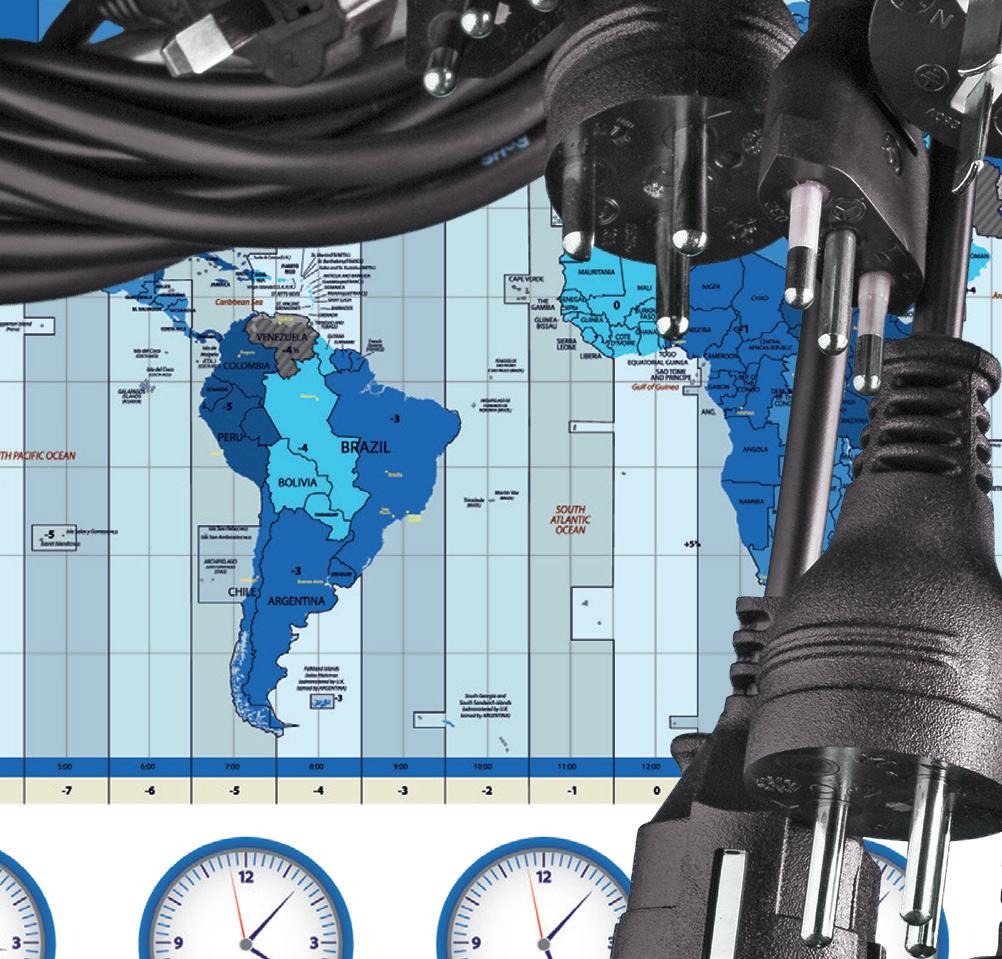
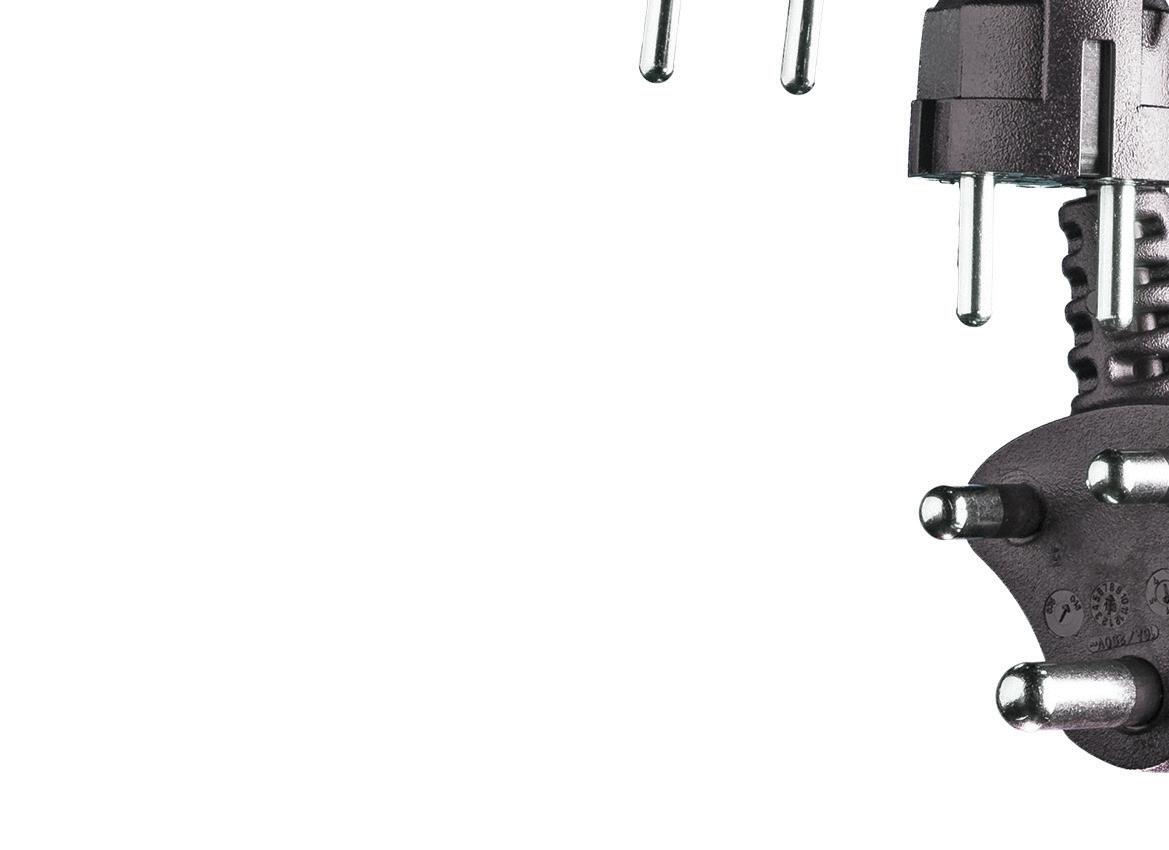

Interpower® American-made North American and international cord sets provide correct country-specific amperages and voltages ensuring end users have access to their local mains power. Are your cords dry-docked or stuck in a warehouse awaiting transport? Interpower in-stock cords, cord sets, and components ship the same day!
Interpower manufactures state-of-the-art electrical cord sets for global markets with no minimum order requirements. All Interpower cords and components are manufactured in accordance with Interpower’s product quality plan: hipot testing, continuity testing, and ground testing with multiple inspections. Interpower offers value-added options: lengths, colors, packaging and labeling!




5G Technology World is EEWorldOnline’s newest site covering 5G technology, systems, infrastructure, and wireless design and development.

Get caught up on critical 5G information, check out the following articles on 5GTechnologyWorld.com:



Massive MIMO performance testing: Emulate the channel


Performing MIMO testing using real-world conditions is critical for successful 5G deployments. www.5gtechnologyworld.com/massive-mimoperformance-testing-emulate-the-channel
5G moves into production, causes test issues
5G Technology World talks with Teradyne’s Jeorge Hurtarte, who explains components and over-the-air production test of 5G components. www.5gtechnologyworld.com/5g-moves-intoproduction-causes-test-issues
5G is hot, keep your components and systems cool 5G’s antennas and the devices that drive them generate more heat than their LTE predecessors. That creates new cooling problems for wireless devices and systems. www.5gtechnologyworld.com/5g-is-hot-keep-yourcomponents-and-systems-cool
IEEE 1588 adds timing performance while reducing cost and risk
GPS and GNSS have been the standards for network timing, but they have security issues. A Master clock and IEEE 1588 reduces the risk and lowers installation costs. www.5gtechnologyworld.com/ieee-1588-adds-timingperformance-while-reducing-cost-and-risk











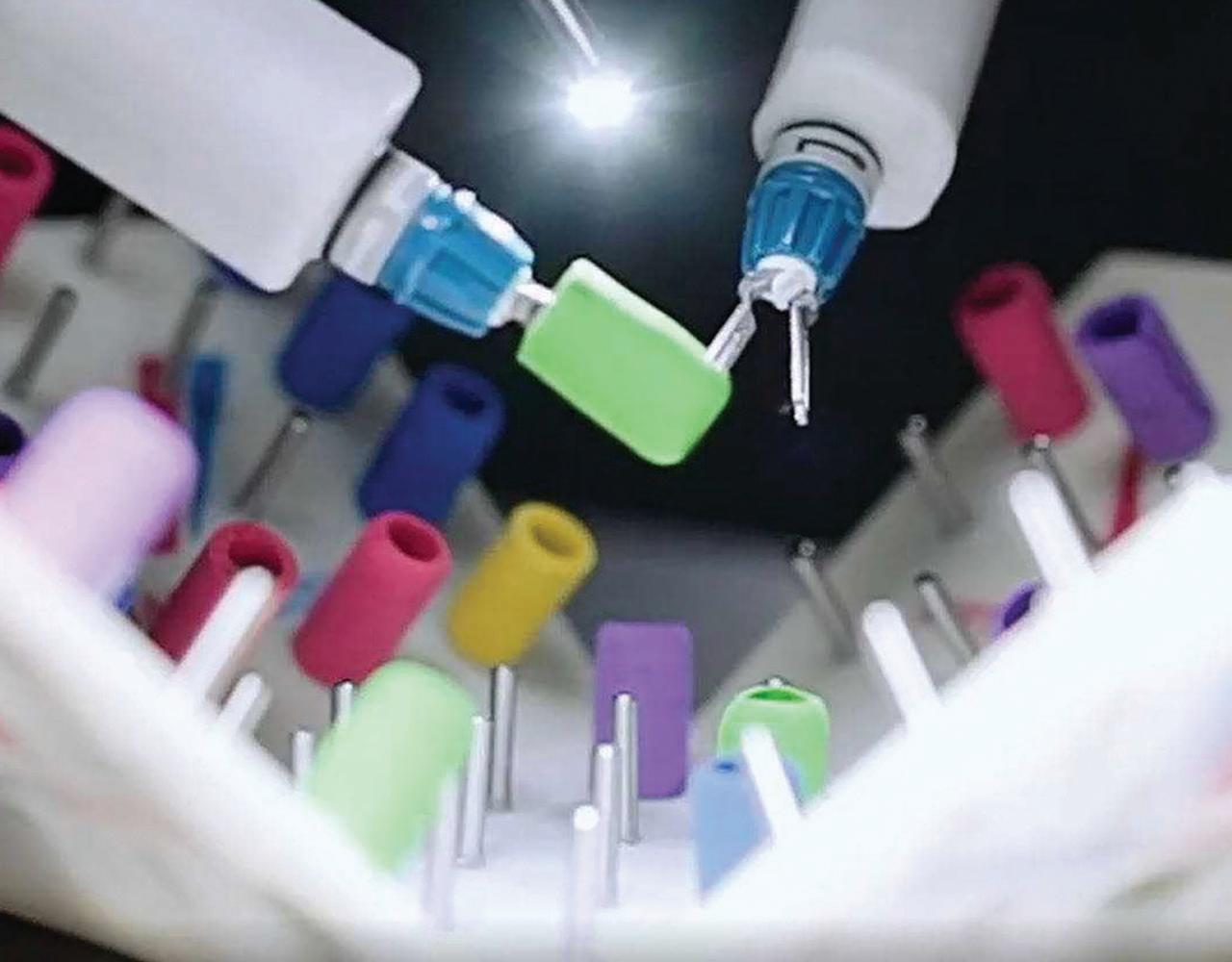
Teams must embrace a multileveled approach to product development and employ “deliberate innovation” that flows from the ideation stages all the way to commercialization.


Enrique Romo | VP of research and innovation


Medical


Everyone wants to be innovative, but rarely is innovation a lightning strike of genius - especially within the robotics industry. Instead, it is an intentional process and methodology. This process is refined and modified over time to enable an organization’s ability to think creatively and execute effectively.


This is particularly important when you are solving problems in robotics that have many variables and cannot be clearly defined. Today, revolutionary leaders in robotics development are not only building solutions to obvious problems, but they are also committing to understanding and addressing the challenges associated with non-obvious opportunities. To execute effectively against these commitments, the teams must embrace a multi-leveled approach to product development and employ “deliberate innovation” that flows om the ideation stages all the way to commercialization.
Over the past few years, I’ve been fortunate enough to put this thinking into practice as my teams at Noah Medical work to identi gaps in healthcare that can be solved through the implementation of cutting-edge robotic systems. We have landed on a four-part strategy that has been refined and modified, but it has remained remarkably true to its original structure. It has helped us prime our innovation pipeline, quickly generate robust proofs of concept, and streamline product development efforts. We have expedited our overall timeline, identified and mitigated risk up ont, saved on expenses, reduced our processes, and are now standing on the cusp of having our first product commercialized, another in development, and the next being conceptualized and road mapped.




These four tenets of robotics innovation have become our north star.
By necessity, attacking multiple gaps in the marketplace means we’ll have different products in different stages of development. We designed our innovation teams to mimic this reality so we could support each stage of development appropriately.
Our initial product discovery phase is led by our product management team in close collaboration with internal technology champions. This phase is focused on blue sky brainstorming and market research. They are tasked with identifying the areas of highest opportunity or need and framing potential solutions. More ideas go to the cutting-room floor than make it on through our pipeline.
Next, our research and innovation (R&I) team is responsible for executing our phase zero stage that is focused on generating the initial definition and concepts that we believe will address the unmet needs and market opportunities. The R&I team consists of a fully independent, cross-functional team from all engineering disciplines, clinical, and marketing. This team takes a nascent idea and builds it into a robust prototype ready for engineering and pre-clinical testing. During this phase, it is also expected that all major risks are identified and mitigations are proposed, including convergence on major architectural decisions.
Finally, our research and development team will execute the product development and commercialization phase that will require them to formalize the development effort, finalize the product definition, work within design control processes, generate a technically sound and manufacturable design, and transform the proof of concept solution into a world-class product. During this phase, it is also critical to continue to solicit feedback from all users who will interact with the product and react to any gaps that need to be addressed. Once the design is frozen, a series of
major tasks such as design verification, validation, and regulatory submission will require strategy and discipline to execute properly.
Importantly, each of these groups is deliberately kept separate and independent from each other, even housed in different facilities. This is so they can remain focused on their very specific tasks and avoid being distracted by or pulled into the problems of another team. This does not mean that no communication or ideas flow between the teams. We encourage crosspollination between programs through formal and informal interactions.
We instinctively expected that this phased approach to innovation would require different behaviors and personality types, along with different rules of engagement. We did not fully grasp how distinct the hiring profiles for each group would actually be. What became immediately clear as we set these early, smaller teams in motion is that each necessitated a certain type of personality and attitude about uncertainty.
For example, our R&I phase zero group needs to operate with a skunkworks or sandbox team mentality. It needs engineers who are comfortable getting started with a strong problem statement but little product definition. They have to be OK taking big swings and missing or pursuing a vision then quickly coursecorrecting.
This stands in stark contrast to how the product development phase needs to be executed, which is guided by a project
charter, formal definition of the product attributes, upfront understanding of the risks and appropriate mitigations, a welldefined project timeline, design controls that are in line with our regulatory strategy, and processes bounded by our internal standard operating procedures. This phase requires the team to operate in a focused, disciplined, and highly collaborative fashion.
This range in personality type forced us to set up multiple hiring profiles for our engineering positions across the multiple phases. The places we recruit, the interview process, and the onboarding all vary according to each set of requirements. Answers to questions like “do you enjoy trying to find solutions to hard problems that may never become commercialized?” help us funnel people into the appropriate group.
To help focus our teams once they’re in place and staffed, we rely on product managers to help identify the most underserved problems in healthcare. They perform deep analysis to understand the pain points of various disease states, including a lack of capability, dexterity or reach by physicians or instrumentation. Or whether a requirement for proficiency is so high that a certain indication most often leads to a referral to a more specialized treatment center, delaying treatment for patients. They also match this against competition in the marketplace, the opportunity for reimbursement by payers, global market potential and other practical realities.
The end result is a thorough analysis that helps us prioritize which opportunities we will pursue. The lesson




The Harmonic Gearhead® gearbox design allows for backdrivability while ensuring highefficiency performance, maximizing elapsed operational time before recharging is necessary. High-capacity cross roller bearing supports heavy payloads.
Up to 95% Efficiency

Innovative ring gear inherently compensates for interference between meshing parts, ensuring consistent, low backlash for the life of the gearhead.
A Cross-Roller bearing is integrated with the output flange to provide high moment stiffness, high load capacity and precise positioning accuracy.
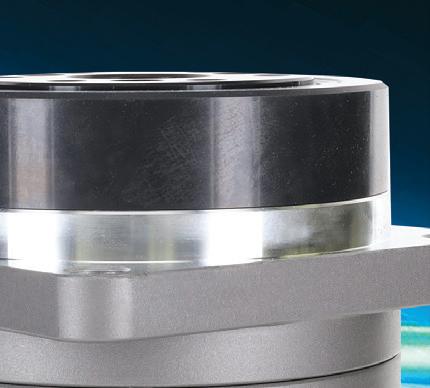
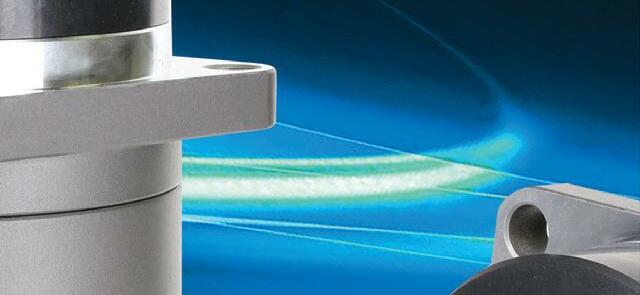
Quick Connect ® motor adaptation system includes a clamshell style servo coupling and piloted adapter flange.
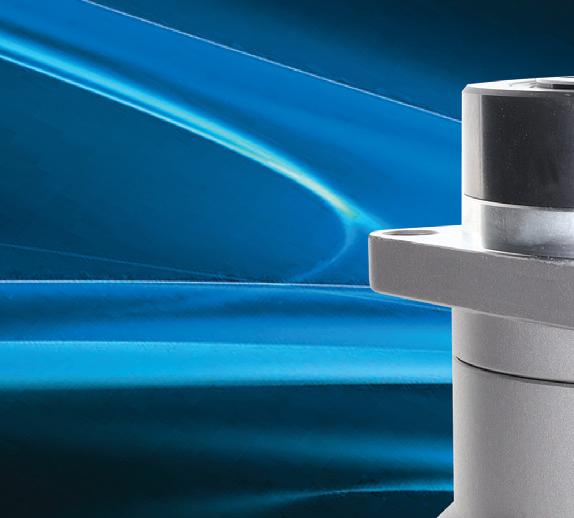



Flanged output is standard for convenient, stable wheel mounting.




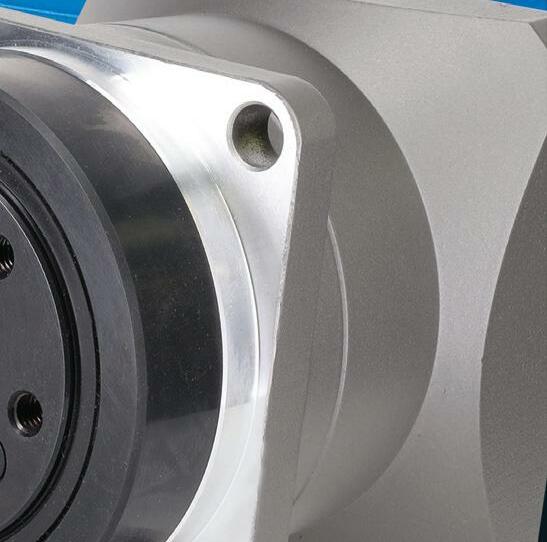

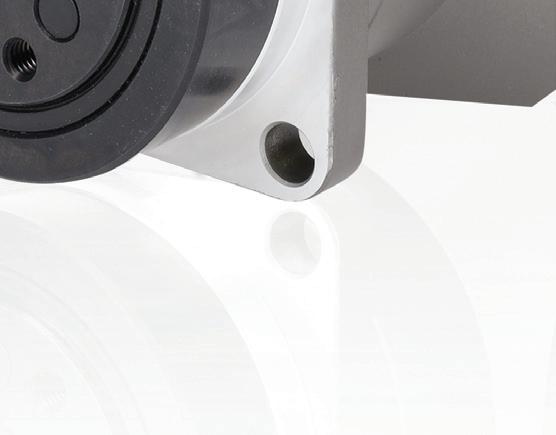




for us was to maximize value for patients, physicians, institutions, and payers, and to avoid building robots for the sake of robots. Avoiding the trap of innovating in search of a problem is paramount.



One of the philosophies we’ve deployed as part of our quest to build great products has been that of practical discomfort. We understand that engineers will generate better solutions if they can empathize with all the users that will interact with our product. We want them to internalize the pain points and identify the hidden opportunities. We intentionally put our engineers in non-traditional or uncomfortable situations that mimic the reality of physicians, patients or other product stakeholders to spark creative thinking.
For example, one of our most recent improvements in accuracy and user experience was the direct result of asking some of our software engineers to participate bedside at our cadaver labs. I would anticipate that not many software engineers in the medical device industry have spent much time bedside at cadaver labs, but observing and participating directly in the procedural workflow sparked the software team’s imagination in ways we didn’t fully appreciate until their moment of practical discomfort. The result was a more elegant user interface, improved accuracy, and improved user experience that will eventually differentiate our products.
These ideas on their own are not new; however, incorporating them all into an overarching strategy creates an ecosystem of constant conceptualization,
innovation, development and commercial transition that allows an organization to not only solve a robotics market problem, but also think about the next robotics one concurrently. RR

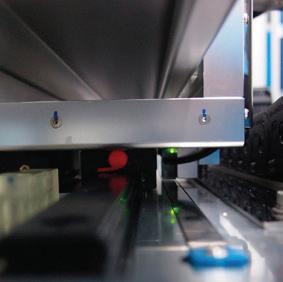
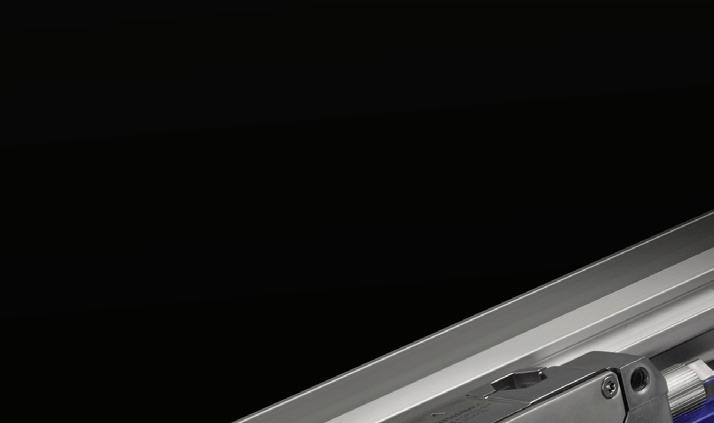


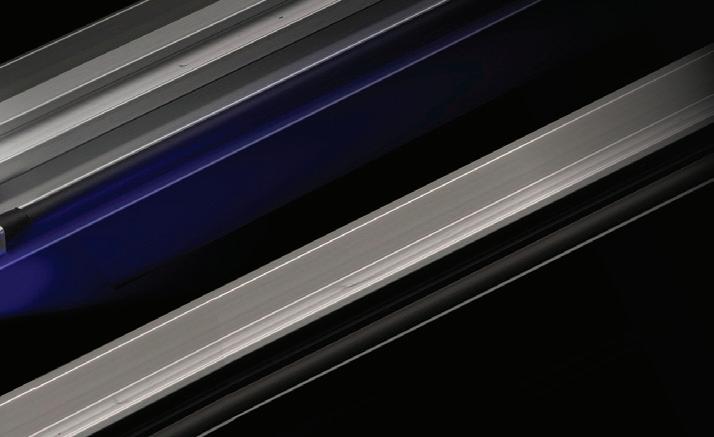
About the author Enrique Romo is VP of research and innovation at Noah Medical, a San Carlos, Calif.-based developer of medical robots. Romo is responsible for the strategy and execution of the company’s earlystage initiatives. He has over 20 years of engineering and leadership experience in medical device companies, including roles at NeoGuide Systems, Hansen Medical and was employee number 8 at Auris Health, which was acquired by Ethicon/JNJ. Romo received a B Sc. Mechanical Engineering from CalPoly.
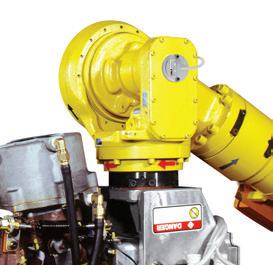
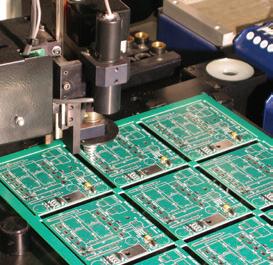




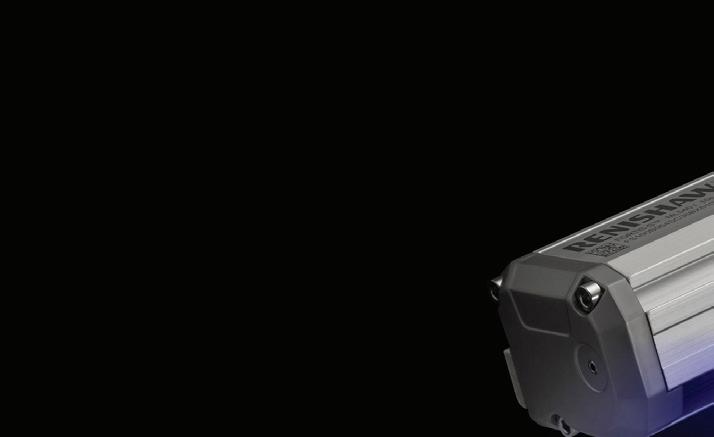
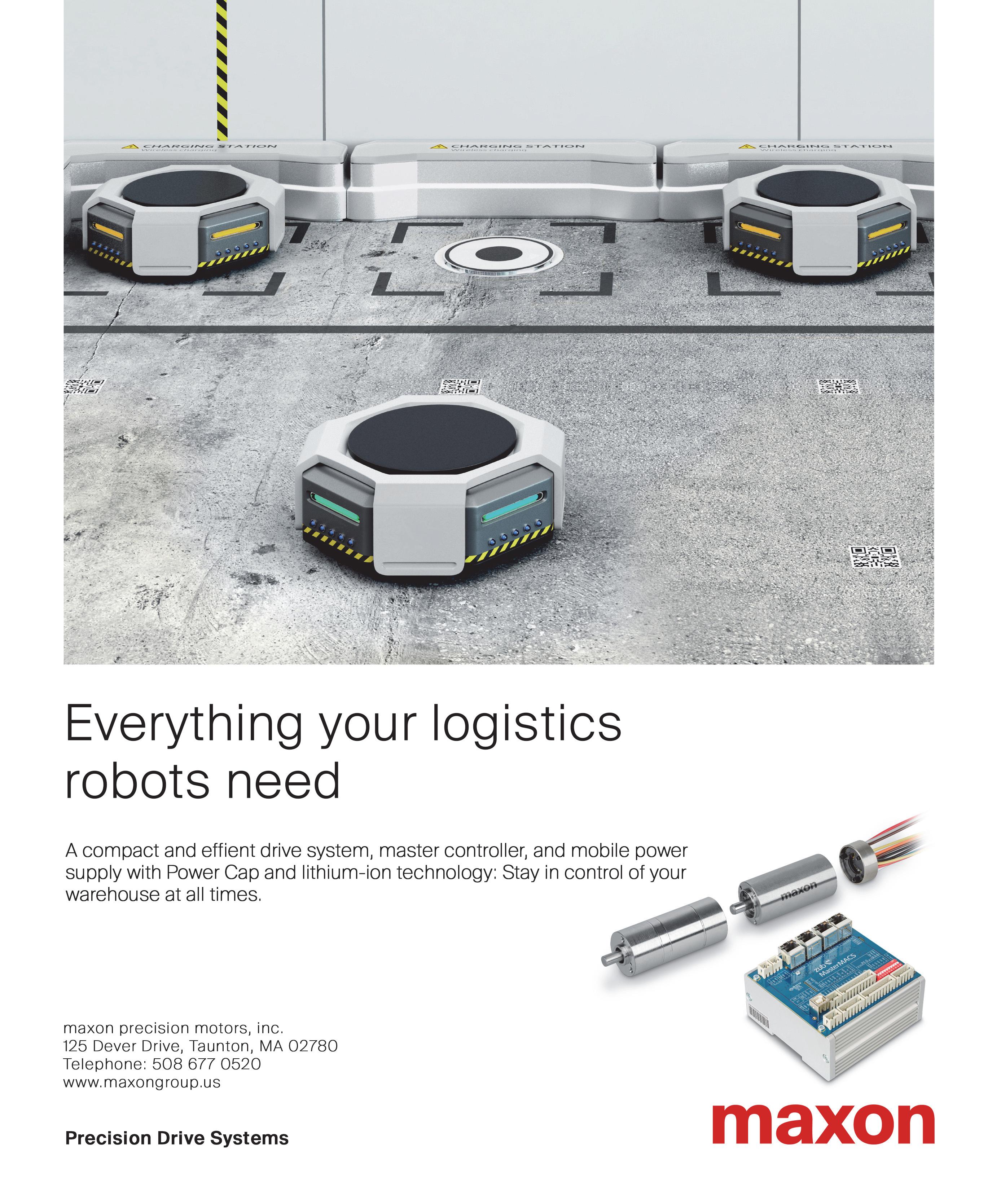





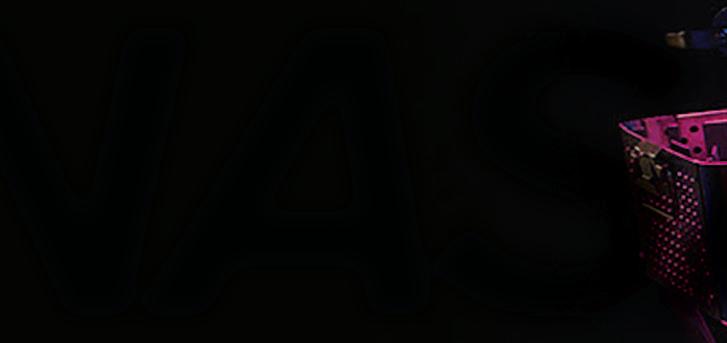











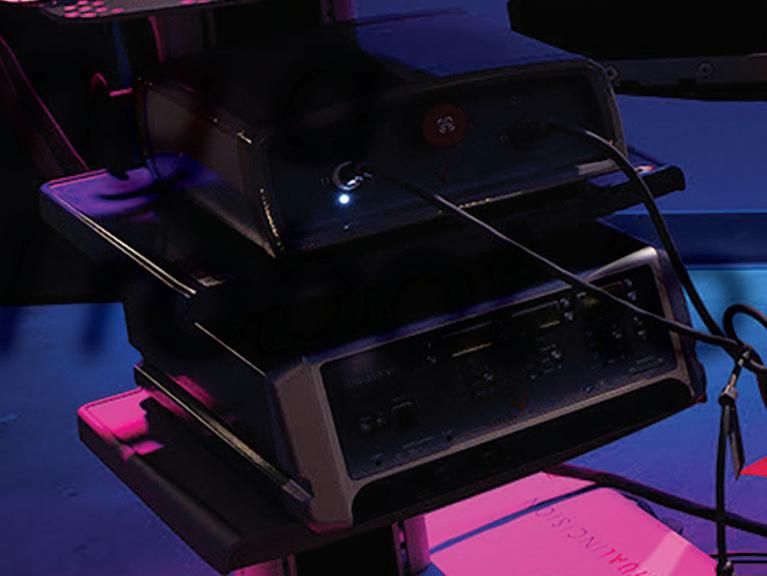

Virtual Incision’s miniature robotic-assisted surgery (RAS) platform, MIRA, will be heading to the International Space Station (ISS) in 2024. MIRA will be testing its skills in space by simulating activities performed in surgery.
MIRA will work inside a microwave-sized experiment locker, performing tasks like cutting simulated tissue and manipulating small objects. The miniature platform weighs around 2 lbs, making it ideal for the tight spaces typical of a space mission.
“The Virtual Incision MIRA platform was designed to deliver the power of a main ame robotic-assisted surgery device in a miniaturized size, with the goal of making RAS accessible in any operating room on the planet,” John Murphy, CEO of Virtual Incision, said. “Working with NASA aboard the space station will test how MIRA can make surgery accessible in even the most faraway places.”
MIRA is currently in the final stages of its U.S. clinical trial under an Investigational Device Exemption to support U.S. Food and Drug Administration (FDA) market authorization. The system is not available for sale yet.
Shane Farritor, co-founder and chief technology o cer at Virtual Incision, has spent nearly 20 years developing a miniaturized robotic-assisted surgery platform.

| University of NebraskaLincoln
Inside the MiRA robot
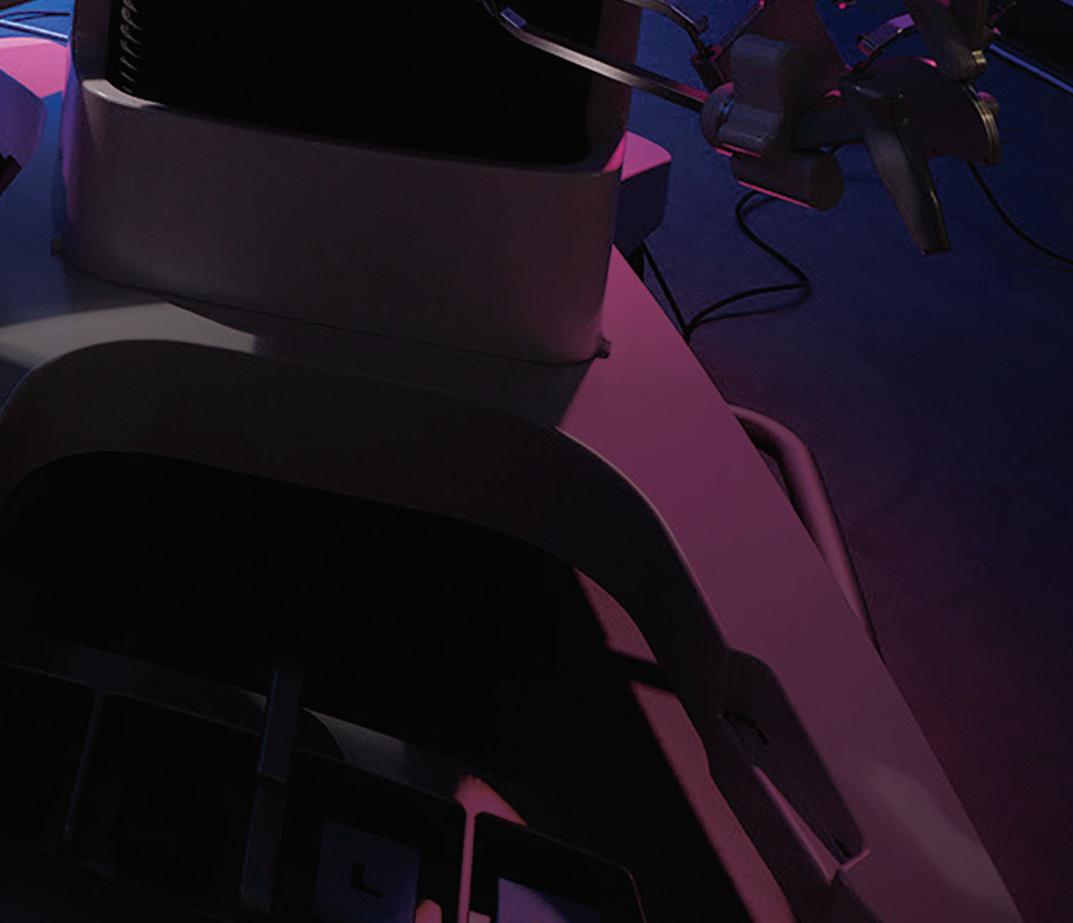
Virtual Incision has said that MIRA has two key advantages. First, it can be inserted through a small incision, enabling doctors to perform abdominal surgery in a minimally invasive manner. Secondly, the technology could allow surgeons to work remotely — perhaps someday repairing an astronaut’s ruptured appendix on a mission to Mars or removing shrapnel om a soldier injured by an IED thousands of miles away.
The robotic platform is able to obtain full-quadrant access without needing to dock and re-dock an external platform. Instead, it’s inserted through a single port, and held in place with an adjustable stand that attaches to an operating room table. It weighs around 2 lbs., making it ideal for space travel.

Unlike many other RAS platforms, MIRA can be cleaned and sterilized between cases without any special equipment. The platform includes MIRA, a surgeon console and a companion cart.
“NASA has ambitious plans for longduration space travel, and it’s important to test the capabilities of technology that may be beneficial during missions measured in months and years,” Shane Farritor, co-founder and chief technology officer at Virtual Incision, said. “MIRA continues to push the boundaries of what’s possible in RAS, and we are pleased with its performance so far during clinical trials. We’re excited to take it a step further and help identify what could be possible in the future as space travel is becoming more of a reality for mankind.”
The project is driven by a grant NASA awarded to the University of NebraskaLincoln, where Farritor serves as a professor of engineering, through the Established Program to Stimulate Competitive Research (EPSCoR) at the University of Nebraska-Omaha.
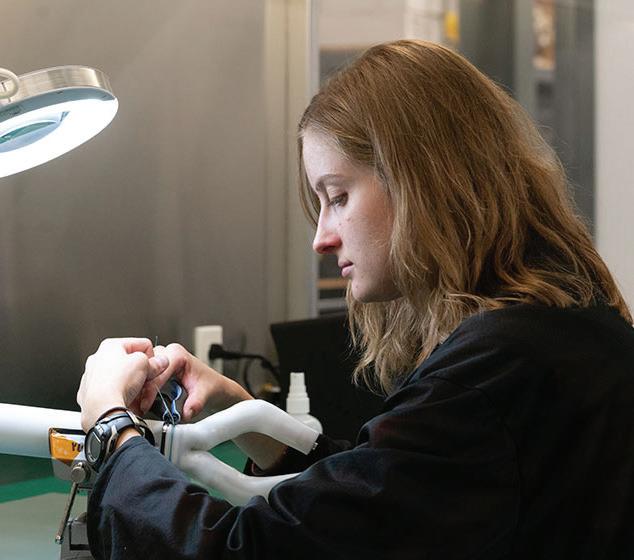
Farritor led research at the University of Nebraska-Lincoln on the potential use of surgical robots in space. He cofounded Virtual Incision with Dmitry Oleynikov.
“NASA has been a long-term supporter of this research and, as a culmination of that effort, our robot will have a chance to fly on the International Space Station,” said Farritor.
Nebraska engineering graduate student
Rachael Wagner adjusts the MIRA surgical robot.
| University of Nebraska-Lincoln
For nearly 20 years, Farritor and his colleagues have been developing the tiny surgical robot. The company has attracted more than $100 million in venture capital investment since its founding in 2006.
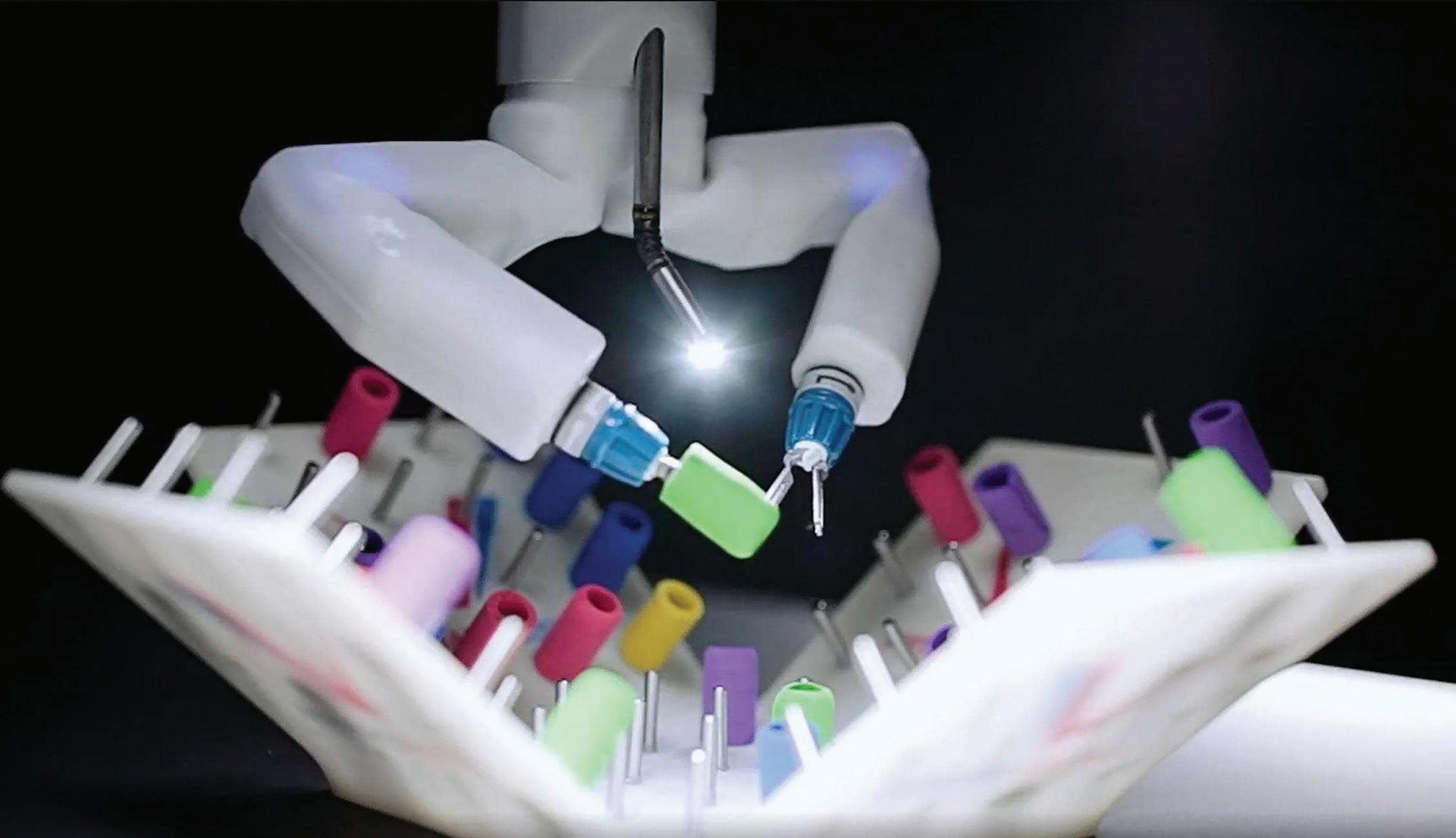
During the next year, Farritor and engineering graduate student Rachael Wagner will write software, configure MIRA to fit inside
MIRA, a miniature robotic-assisted surgery platform, weighs around 2 lbs, making it ideal for space travel.
| Virtual Incision
a space station experiment locker and exhaustively test the device to make sure it’s robust enough to survive launch and its systems will perform as anticipated in space. Then, they will wait a year or so for the robot to get its turn aboard the station.
In a previous experiment, retired NASA astronaut Clayton Anderson took the robot’s controls while at the Johnson Space Center in Houston, directing MIRA to perform surgery-like tasks in an operating room 900 miles away at the University of Nebraska Medical Center in Omaha.
Although Farritor anticipates MIRA will function on its own in 50 to 100 years, this mission’s goal is not autonomy, but to fine-tune the robot’s operation in zero gravity.
The device is being programmed to work autonomously to conserve space station communications bandwidth and to minimize the amount of time astronauts spend with the experiment.
“The astronaut flips a switch, the process starts and the robot does its work by itself,” Farritor said. “Two hours later, the astronaut switches it off and it’s done.”
“As people go further and deeper into space, they might need to do surgery someday,” Farritor said. “We’re working toward that goal.” RR

The drive wheels on Autonomous Mobile Robot platforms benefit from the inherent characteristics of harmonic planetary technology; primarily, smoothness of travel, backdrivability, and an e ciency curve that does not degrade over time. The integral cross roller bearing construction contributes to an excellent balance of torque density, sti ness, and radial load support in a compact and reliable package. Available in dozens of standard reduction ratios, these low backlash drive trains include motor adaptation as required.
Today’s AGVs must be compact and functional robots which are able to move vertically and carry heavy loads. These AGVs cannot fail, and so the choice of their motorization is crucial. There are 5 key points to consider when motorizing an AGV.


Harmonic
1. Choose compact motorization where possible - Drives must fit into restricted spaces, as they are sometimes integrated into existing trucks. A small footprint is critical for applications in logistics.
2. Focus on ease of use – select a plug-and-play solution.
3. Opt for fast delivery of your motor solution
4. Base the design on modularity - Not all AGVs do the same job and therefore having the flexibility to select a solution to match needed specifications is essential.

Prioritize safety – select motor options with integrated sensors.

maxon’s IDX motor has a diameter of only 56 mm, its performance is equivalent to that of a motor with a footprint 25% larger. The IDX motorization thus combines performance in a compact size and ideal for AGVs.
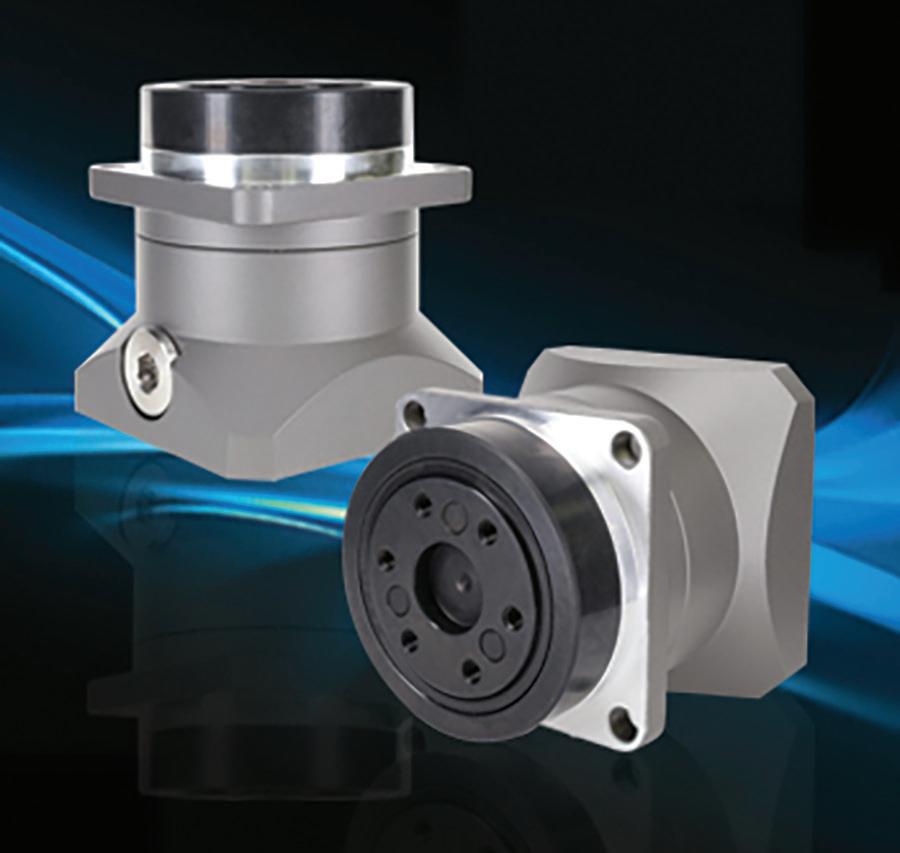
Go to Drive.tech for more details. Visit www.maxongroup.us for more maxon solutions.
Dunham Ridge
MA 01915
maxon precision motors, inc.
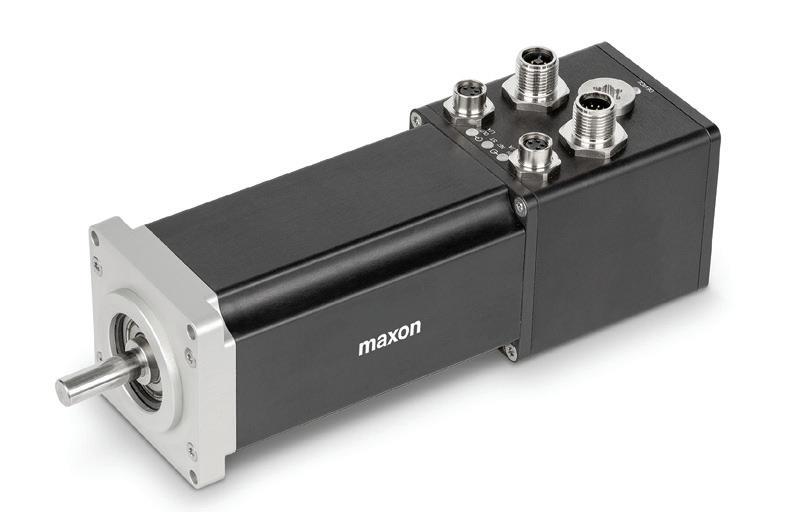
Dever Drive
MA 02780
Phone: 508.677.0520
Advancing innovation for over 100 years


NEWT is committed to being the premier manufacturer of choice for customers requiring specialty wire, cable and extruded tubing to meet existing and emerging worldwide markets. Our custom products and solutions are not only engineered to the exacting specifications of our customers, but designed to perform under the harsh conditions of today’s advanced manufacturing processes.
Cables we specialize in are LITZ, multi-conductor cables, hybrid configurations, coaxial, twin axial, miniature and micro-miniature coaxial cables, ultra flexible, high flex life, low/high temperature cables, braids, and a variety of proprietary cable designs. Contact us today and let us help you dream beyond today’s technology and achieve the impossible.

Contact info: New England Wire Technologies www.newenglandwire.com 603.838.6624
Silicon Carbide (SiC) has made its mark in bringing faster, a smaller, and more reliable components than its fellow semiconductors to market. While SiC components have been around for a couple of decades, there is still a lot to learn and a lot to consider when choosing the most suitable WBG semiconductor for your device.



LET US HELP with tutorials, from looking at how WBG semis stack up in power conversion efficiency to an overview of SiC FETs and MOSFETs.
our EE
The M12 portfolio now includes panel mount connectors with L-coding and dip solder contacts. As part of the 823 series, this compact connector is used for hand soldering, wave soldering, and reflow soldering on printed circuit boards (PCBs). The M12-L is a space-saving alternative to the 7/8-in. connectors typically used in power supply, making it suitable for Industrial Ethernet applications in the PROFINET environment. When mated, the connector o ers IP68-level protection and is suitable for both front and rear panel mounting.
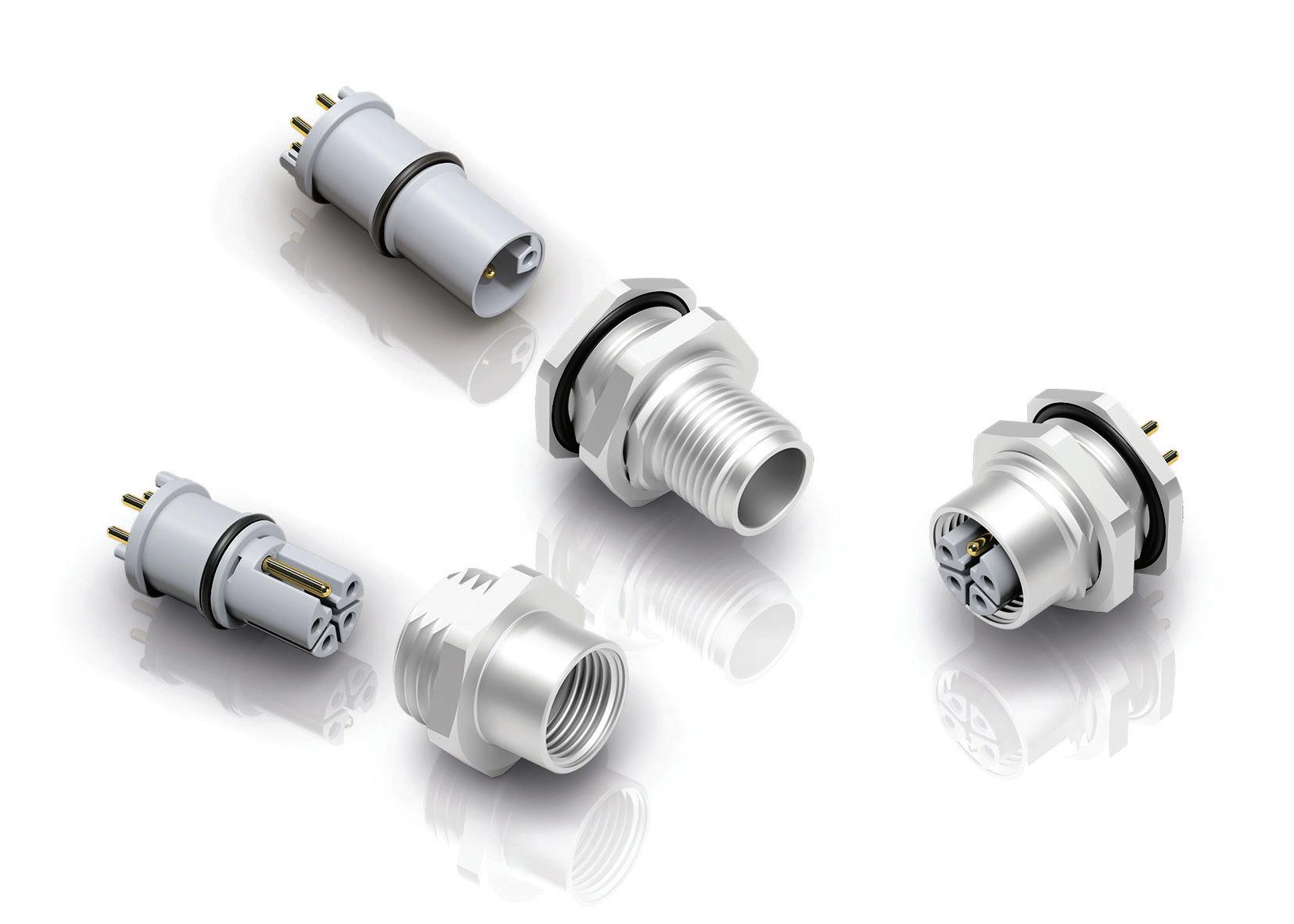
Binder’s 823 series is especially well-suited to the assembly/disassembly of PCBs. Two-piece male and female connectors with separate mounting bodies and socket housing. This allows soldering to be done without the housing, significantly reducing the stress load on both components and helping to eliminate this as a source of failure.
No Cable Technology (NCT), a major extension of eXtended Transport System (XTS), provides contactless power supply and synchronous real-time data communication directly to XTS movers. This solution enables individual movers to serve as mobile handling and processing stations, turning the intelligent transport system into a powerful, highly flexible multi-robot system.
The modular XTS solution has been expanded with NCT to include a special motor module and electronics that mount on the movers. The hardware required for the transmission technology is fully integrated into the motor module, so the system does not sacrifice any existing functionality or expand equipment footprint. No additional connections or supply lines are needed. The control of the
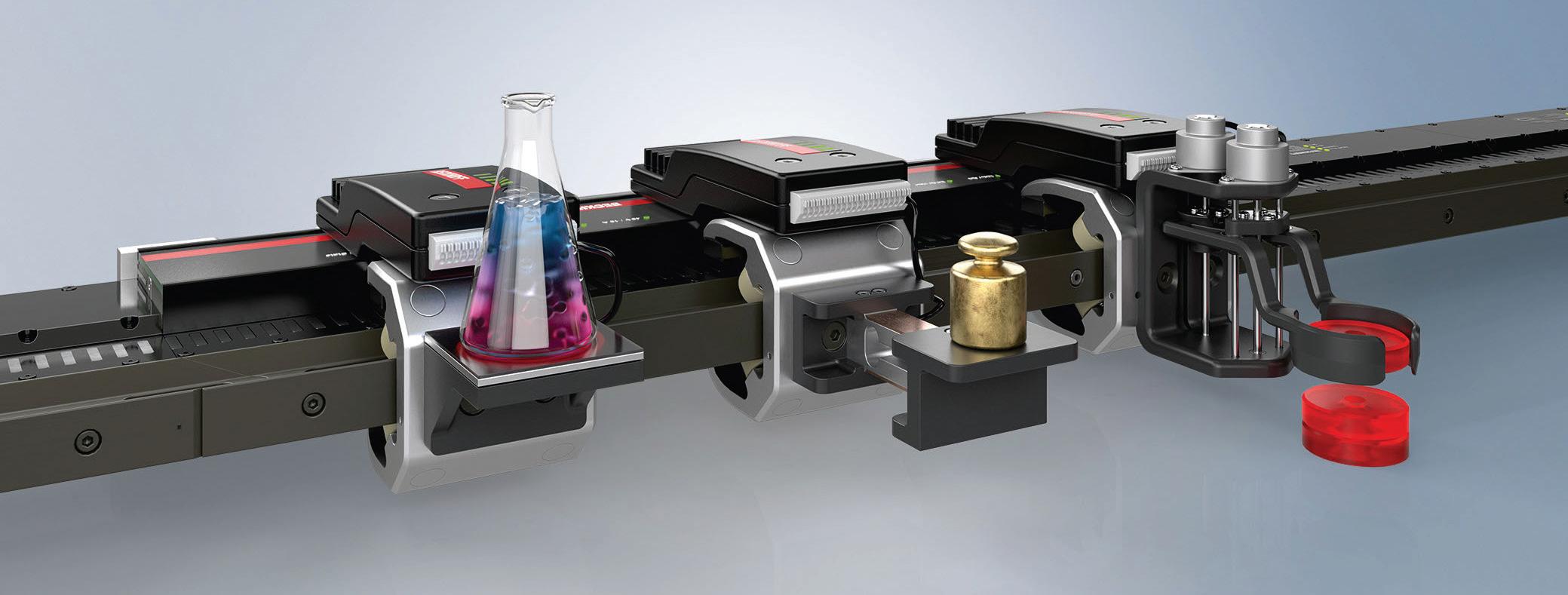
hardware on the mover is fully implemented in standard TwinCAT software. All known TwinCAT functionalities are available for simple project implementation.
For the first time, NCT makes it possible to process and check the quality of products on the XTS mover while the process is running. Su cient power and fast communication with the TwinCAT control system enable easy connection of sensors and actuators. The data communication is real-time capable and can synchronize system-wide events with μs accuracy in conjunction with the EtherCAT industrial Ethernet protocol.
The i.Sense TR.B is a real-time breakage monitoring system for the multi-dimensional triflex R robotic dress pack to detect potential chain breaks due to extreme loads and avoid unplanned machine breakdowns. With i.Sense TR.B, customers can increase the safety of their robot systems with an investment of just a few hundred dollars. The i.Sense TR.B sensor is connected directly to the PLC customer control — without additional software costs. If a chain link breaks, the system detects the change in length of the rope installed in the chain and can accordingly send out a digital signal to the system control. Instant breakage detection enables immediate maintenance measures and can thus avoid unplanned downtimes and total failures in the event of individual chain link breakages.
The combination of a triflex R flexible cable carrier with high tensile force absorption and the i.Sense TR.B sensor, makes it possible to guide and protect robot cables, thus significantly increasing service life. Condition-based maintenance using the TR.B sensor makes maintenance more sustainable, as users can avoid unnecessary or premature product replacement. And if there is a chain break, the sensor can be reused after an emergency shutdown of the system.


ADISRA InsightView is a cloud-based software platform for securely collecting local or remote machine and process data, consolidating it into easy-to-understand visual information and reports, and therefore providing the insights that users need to improve operational e ciency. E ective digital transformation calls for platforms like InsightView so end-users can easily apply their machine and process expertise to developing advanced analytics without needing to know automation and programming specifics. ADISRA InsightView is configurable using simple drag-and-drop templates, but it can also be customized if necessary. With the proper user credentials, analytics results can be securely visualized on desktop PCs, browsers, tablets, and mobile devices. Reports can be printed, saved, and shared as needed. With ADISRA InsightView, users can illuminate the entire manufacturing lifecycle and improve e ciencies on a machine, a production line, an entire factory, or across many sites.






Ryan Ashdown
rashdown@wtwhmedia.com 216.316.6691
Jami Brownlee jbrownlee@wtwhmedia.com 224.760.1055
Mary Ann Cooke
mcooke@wtwhmedia.com 781.710.4659
Jim Dempsey jdempsey@wtwhmedia.com 216.387.1916
Mike Francesconi mfrancesconi@wtwhmedia.com 630.488.9029


Jim Powers jpowers@wtwhmedia.com 312.925.7793
@jpowers_media
Courtney Nagle cseel@wtwhmedia.com 440.523.1685 @wtwh_CSeel

Mike Emich memich@wtwhmedia.com 508.446.1823


@wtwh_memich







Scott McCafferty

smccafferty@wtwhmedia.com 310.279.3844
@SMMcCafferty
Marshall Matheson

mmatheson@wtwhmedia.com 805.895.3609
@mmatheson
please










www.designworldonline.com















DESIGN WORLD (ISSN 1941-7217) is published monthly by: WTWH Media, LLC; 1111 Superior Ave., Suite 2600, Cleveland, OH 44114. Periodicals postage paid at Cleveland, OH & additional mailing offices.

POSTMASTER: Send address changes to: Design World, 1111 Superior Ave., Suite 2600, Cleveland, OH 44114































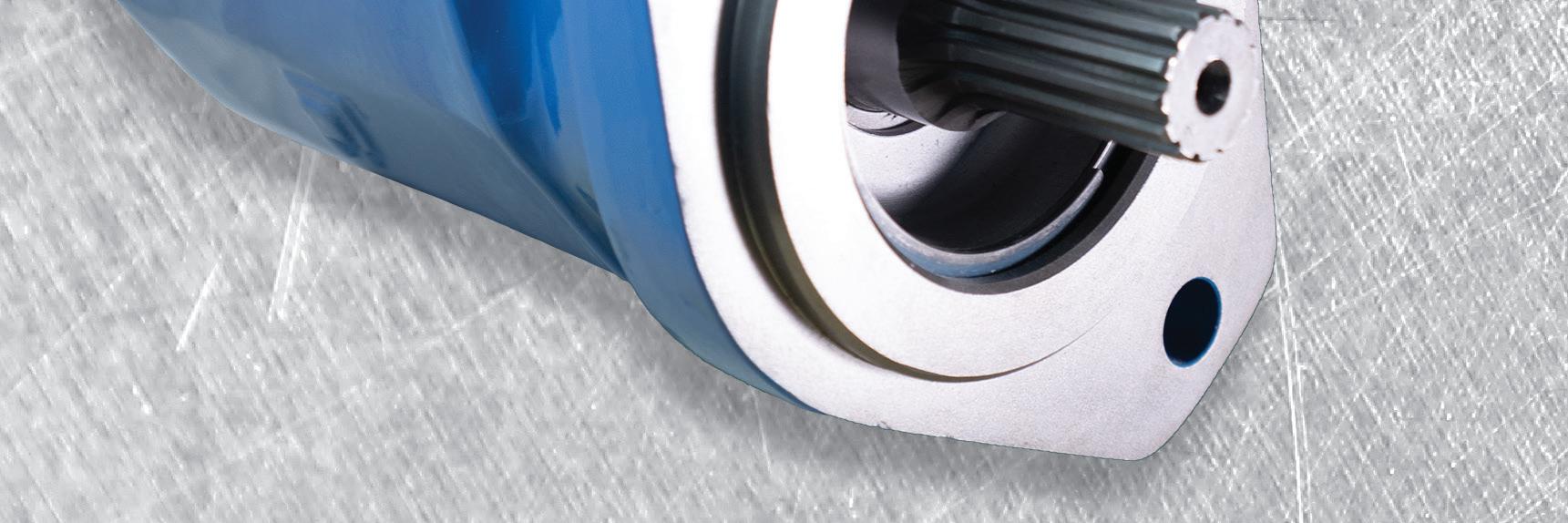
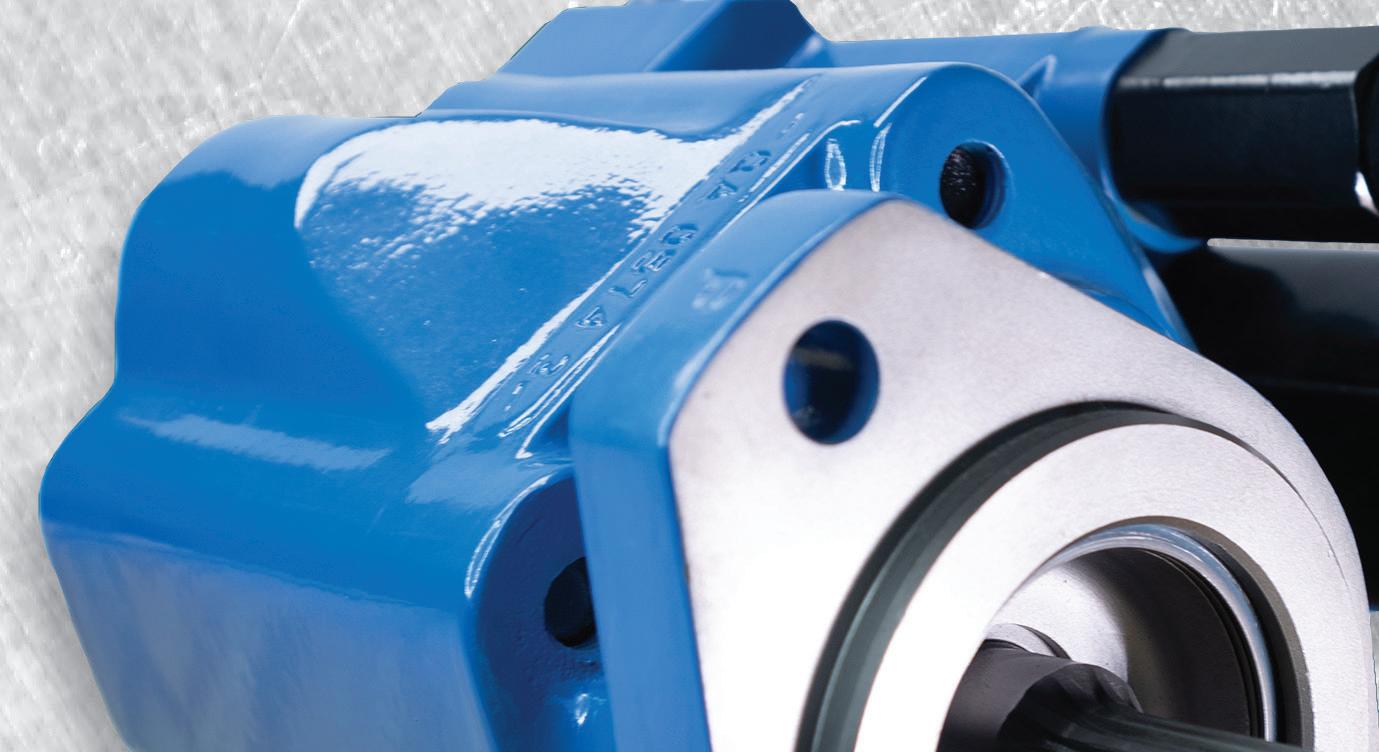


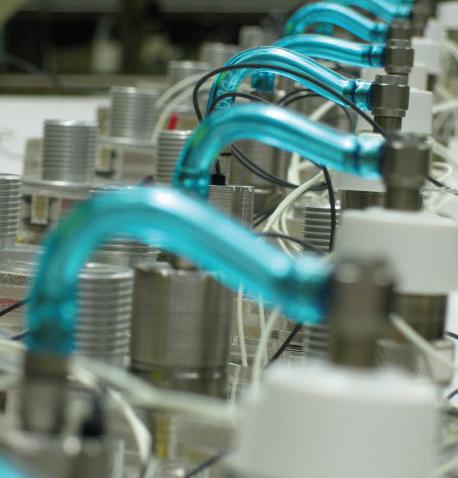


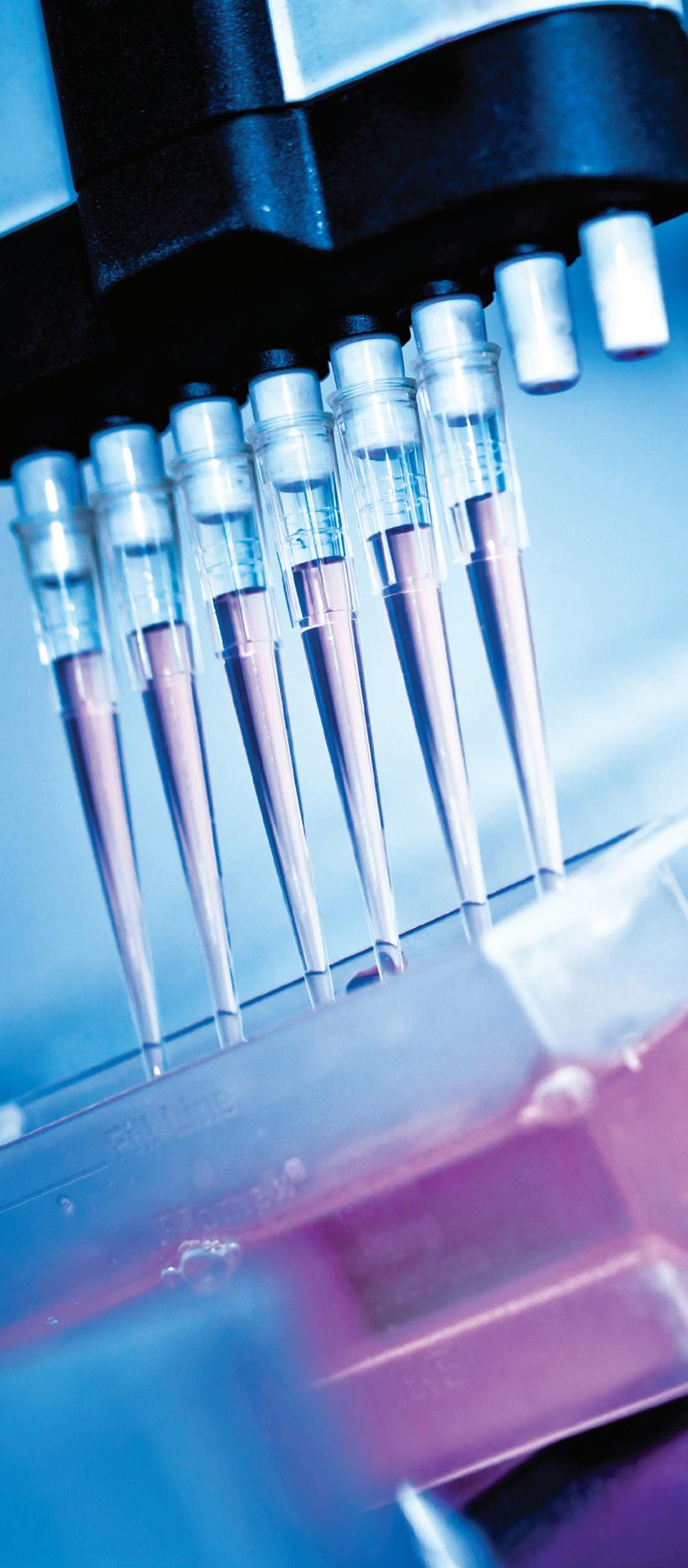



Designing efficient systems involves much more than simply understanding a few basic principles. There is a true art to balancing the specific requirements of an application in order to achieve the desired goals in the best possible way. Help us understand the unique needs of your application and together, we’ll develop something that surpasses what any of us could have done alone.
Contact your distributor to learn more, or visit clippard.com to request a free catalog and capabilities brochure.
